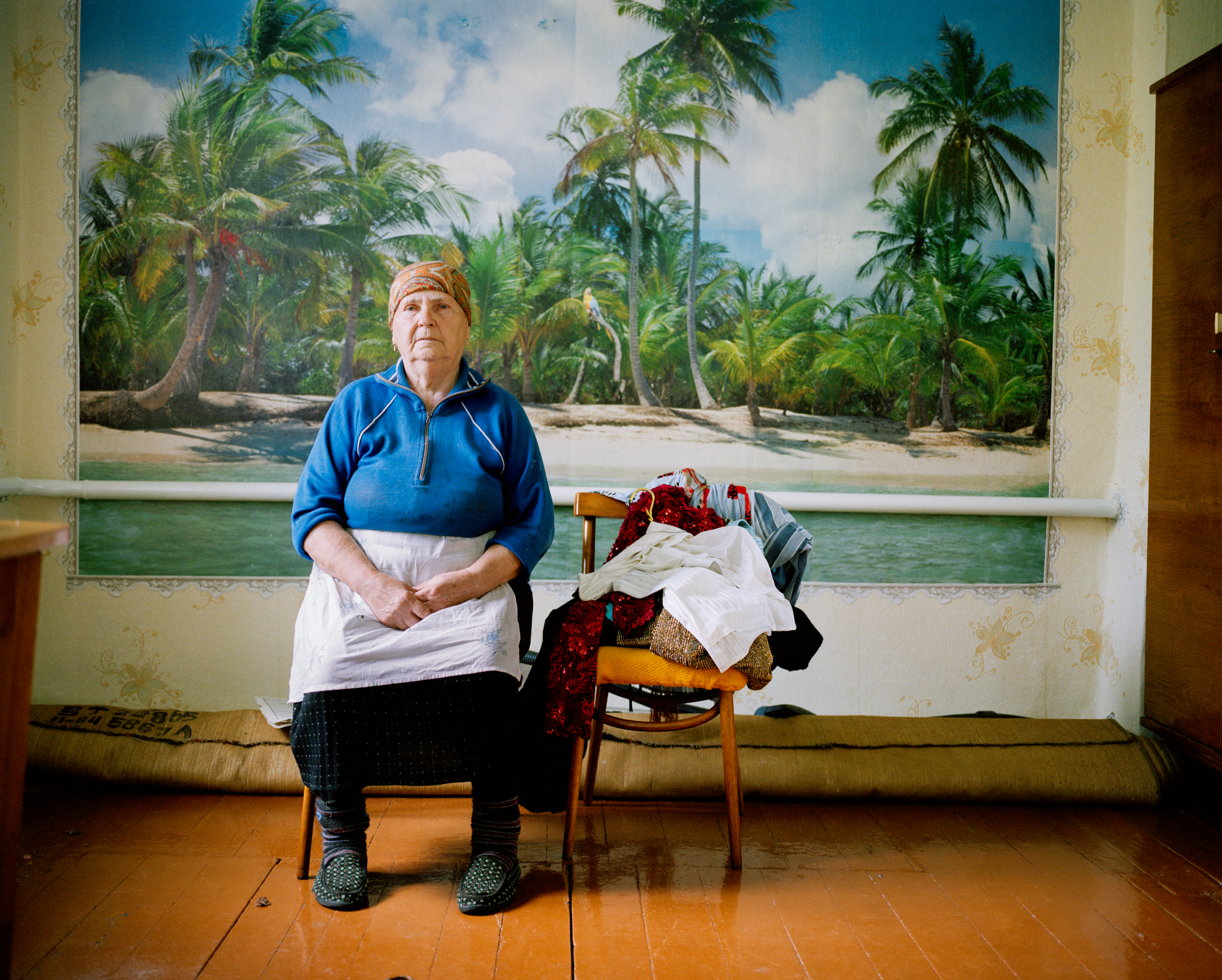

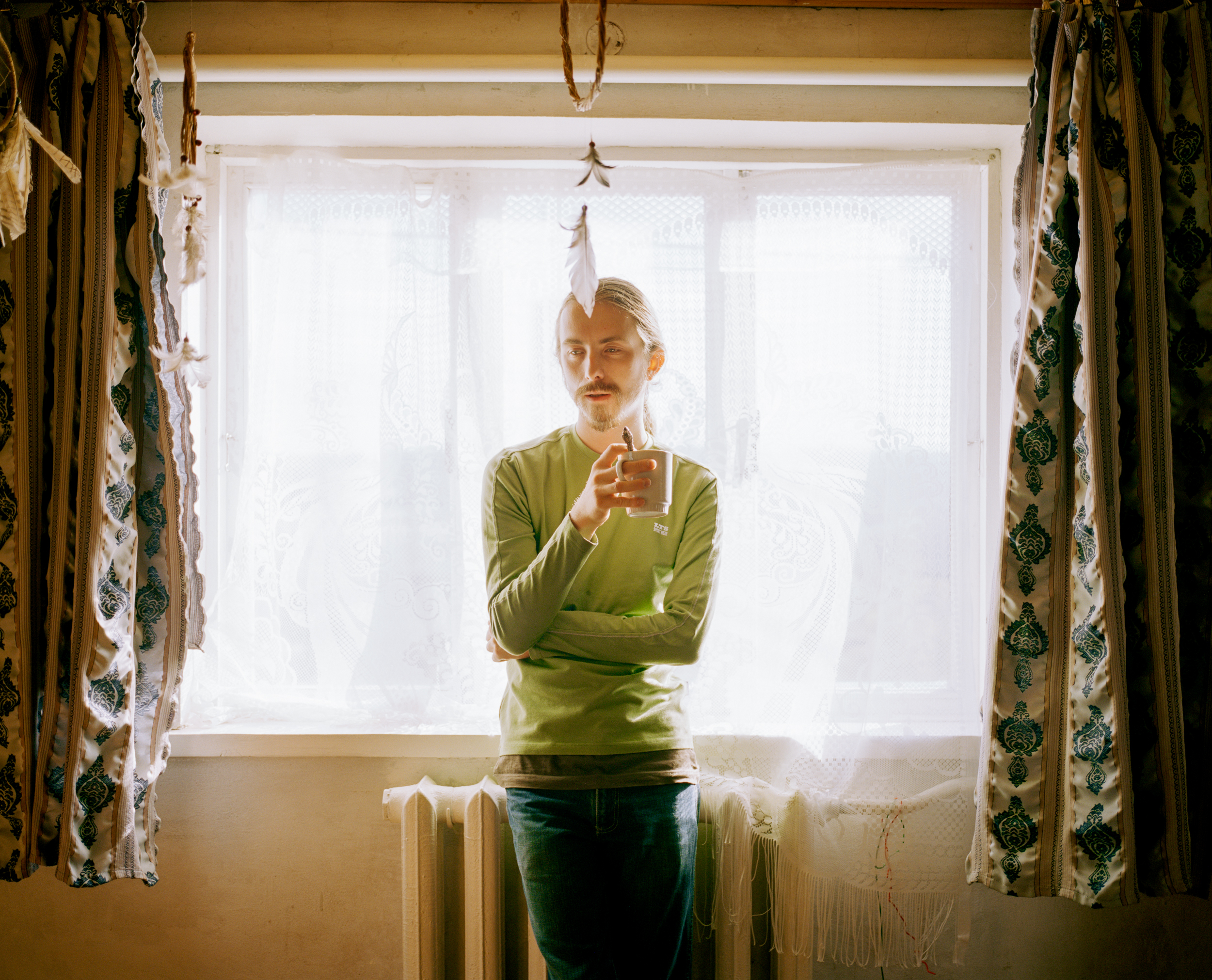


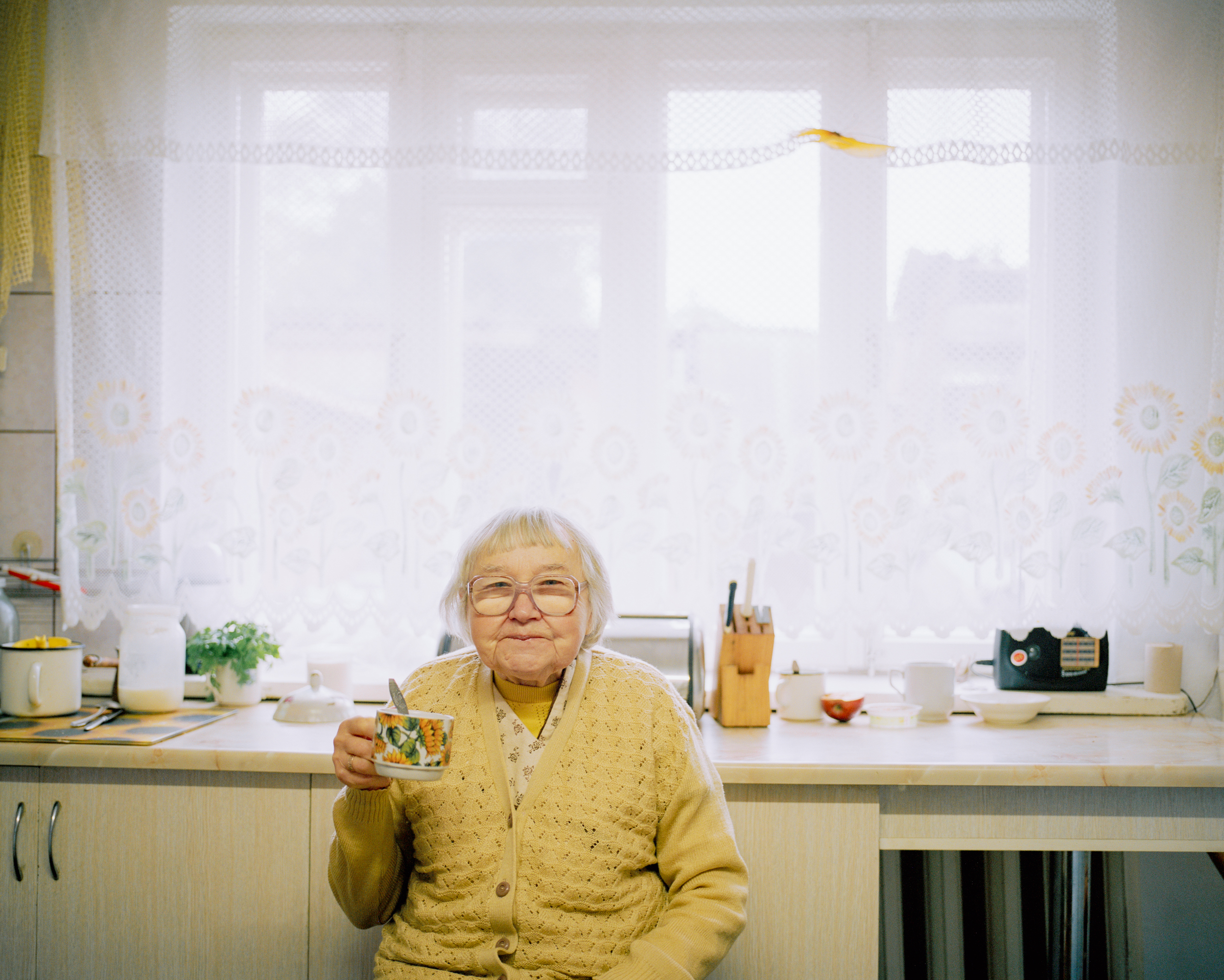

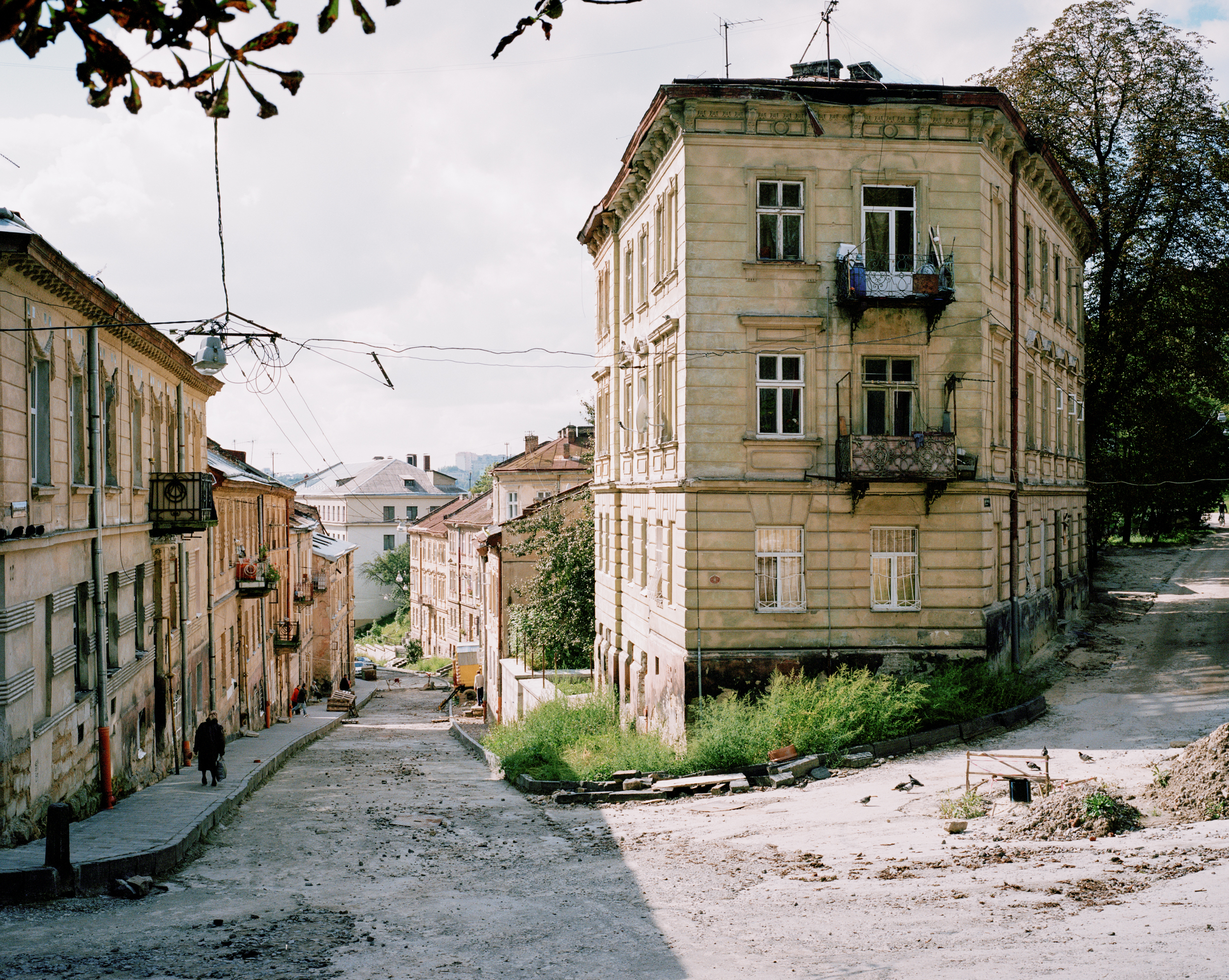
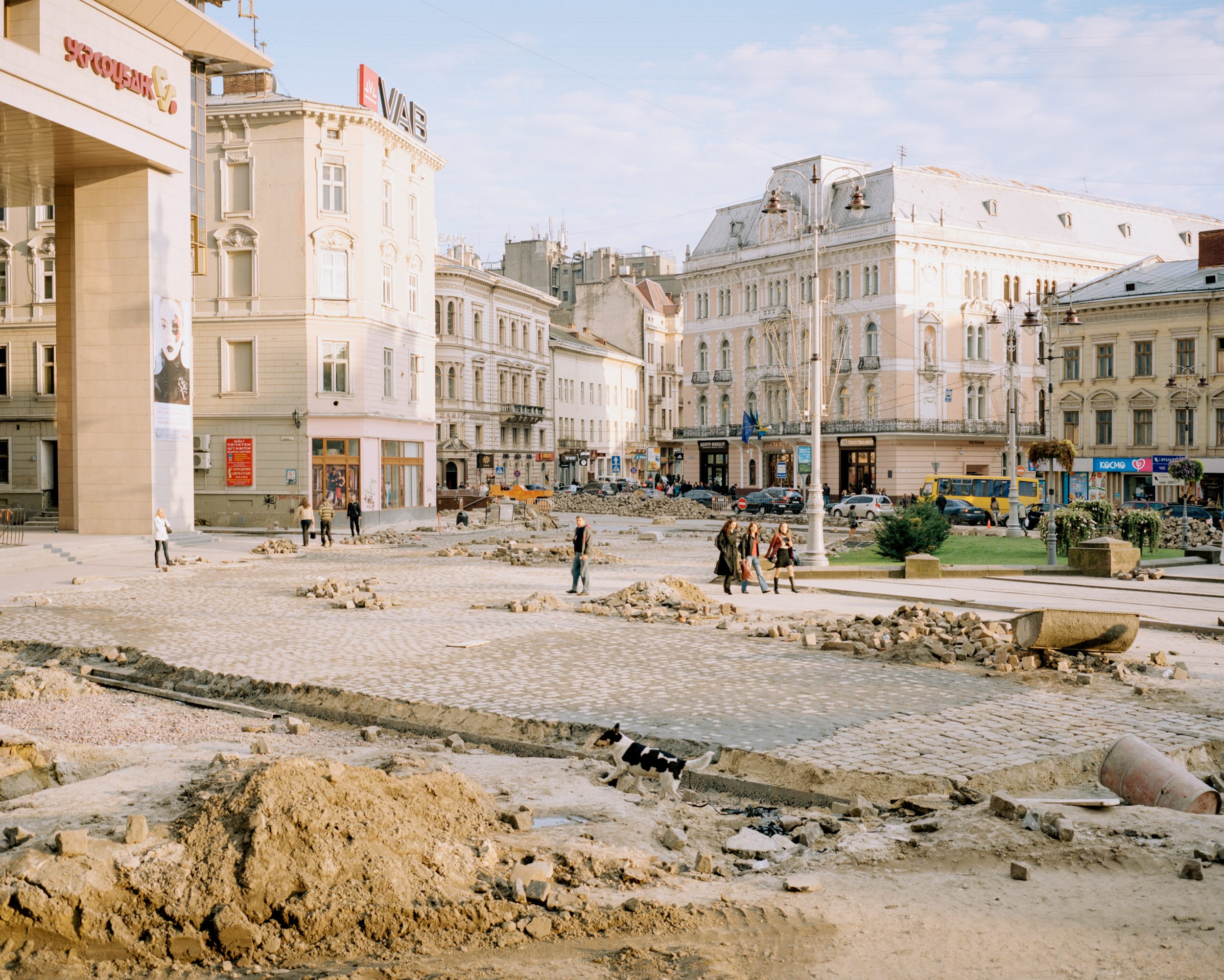

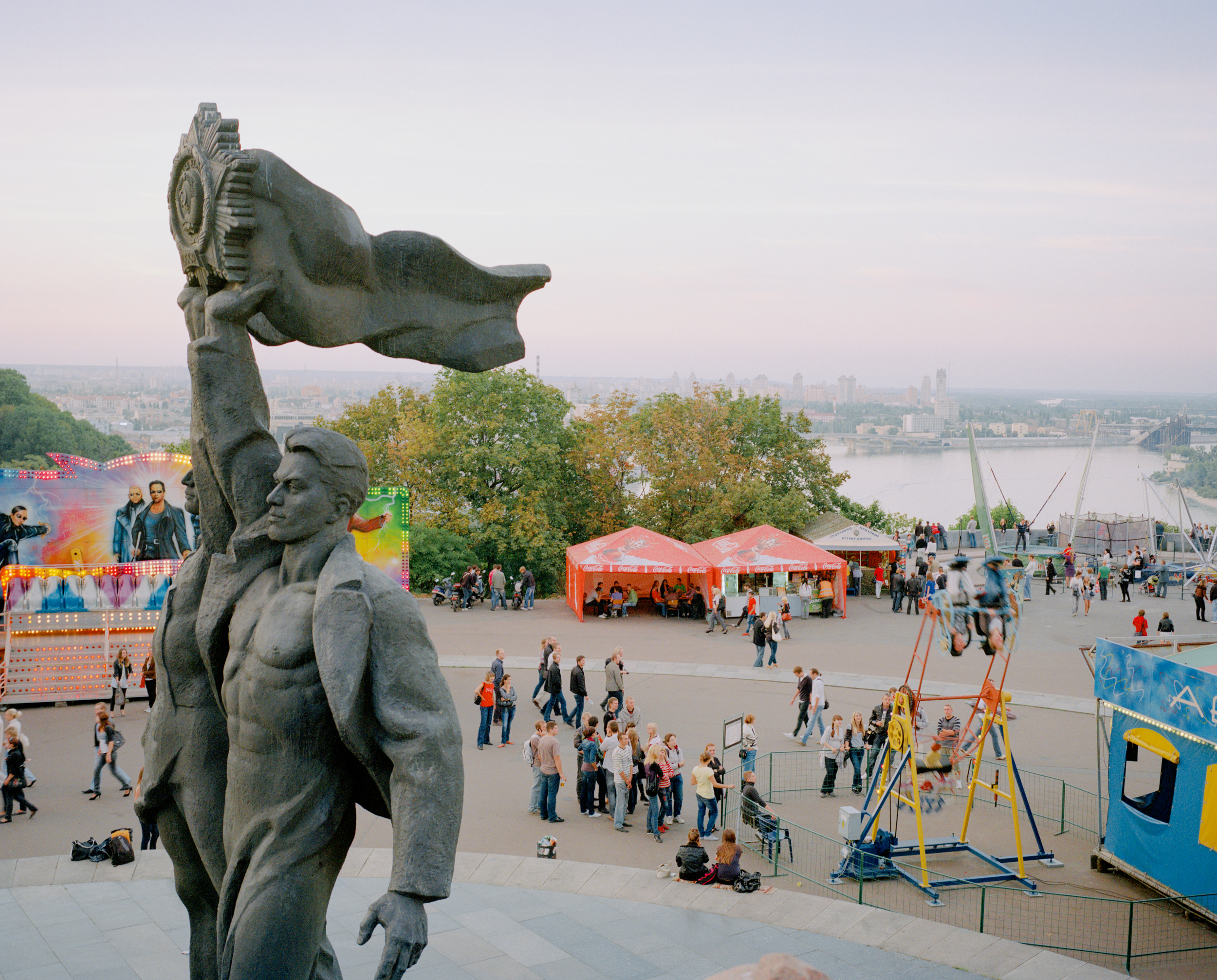
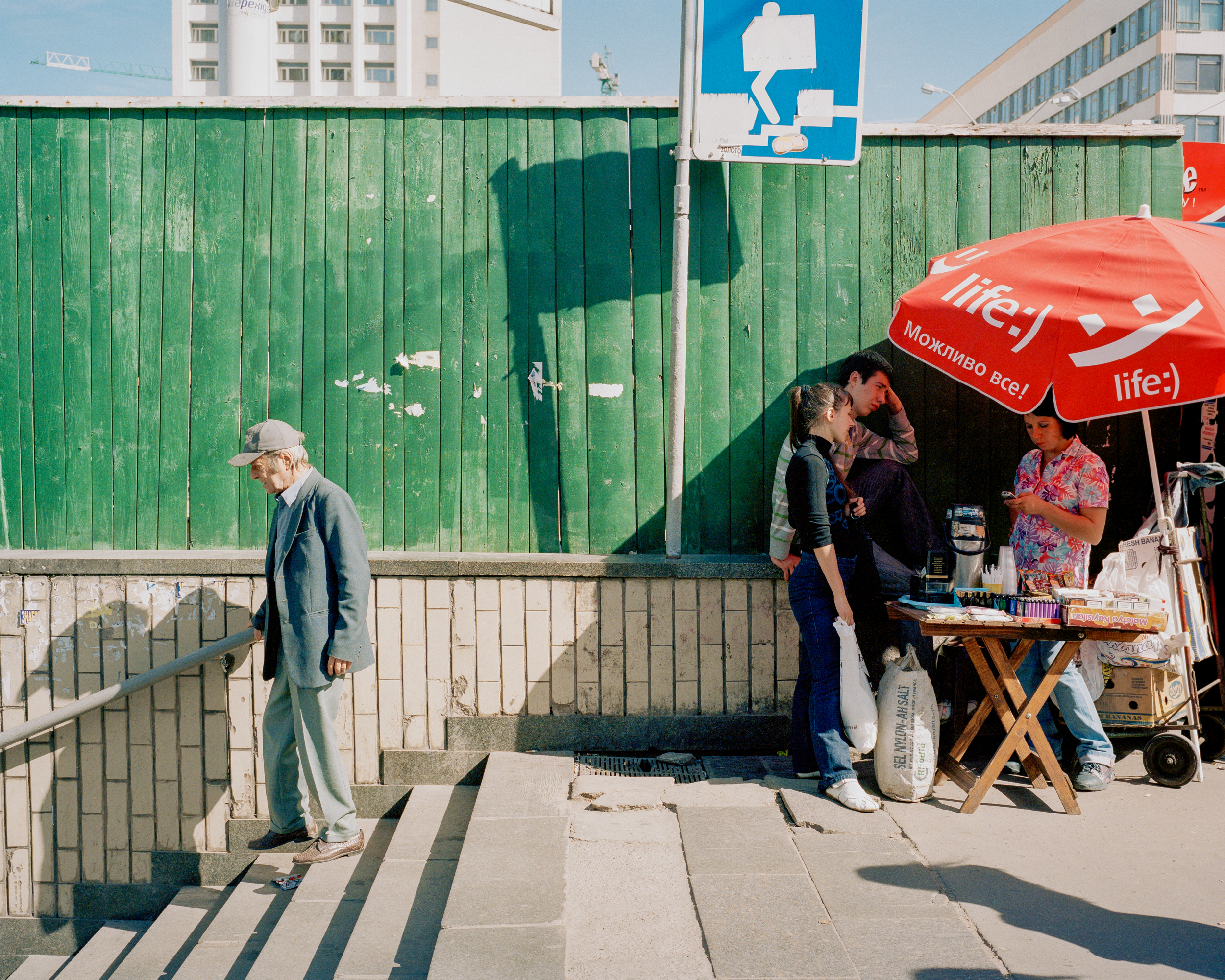
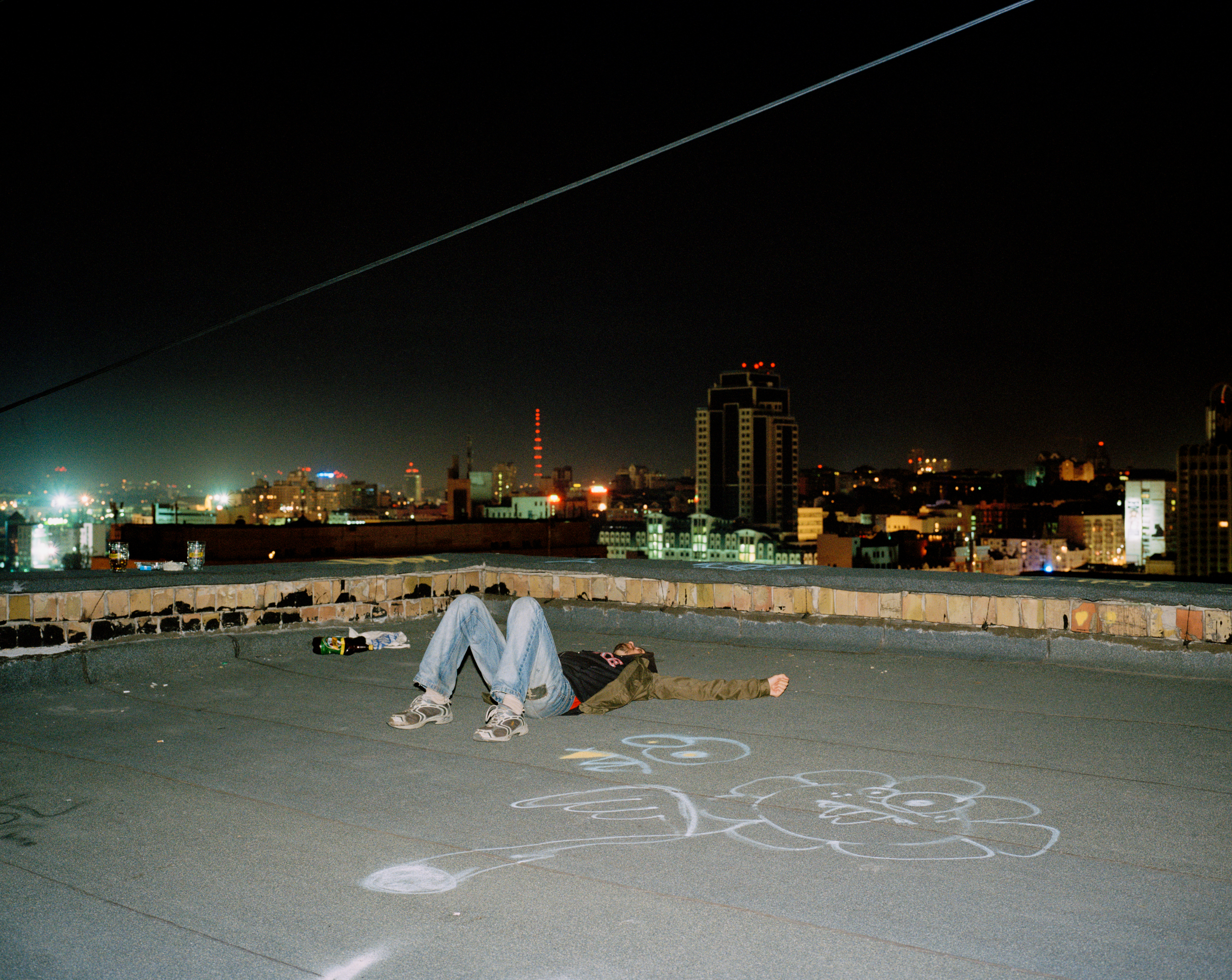

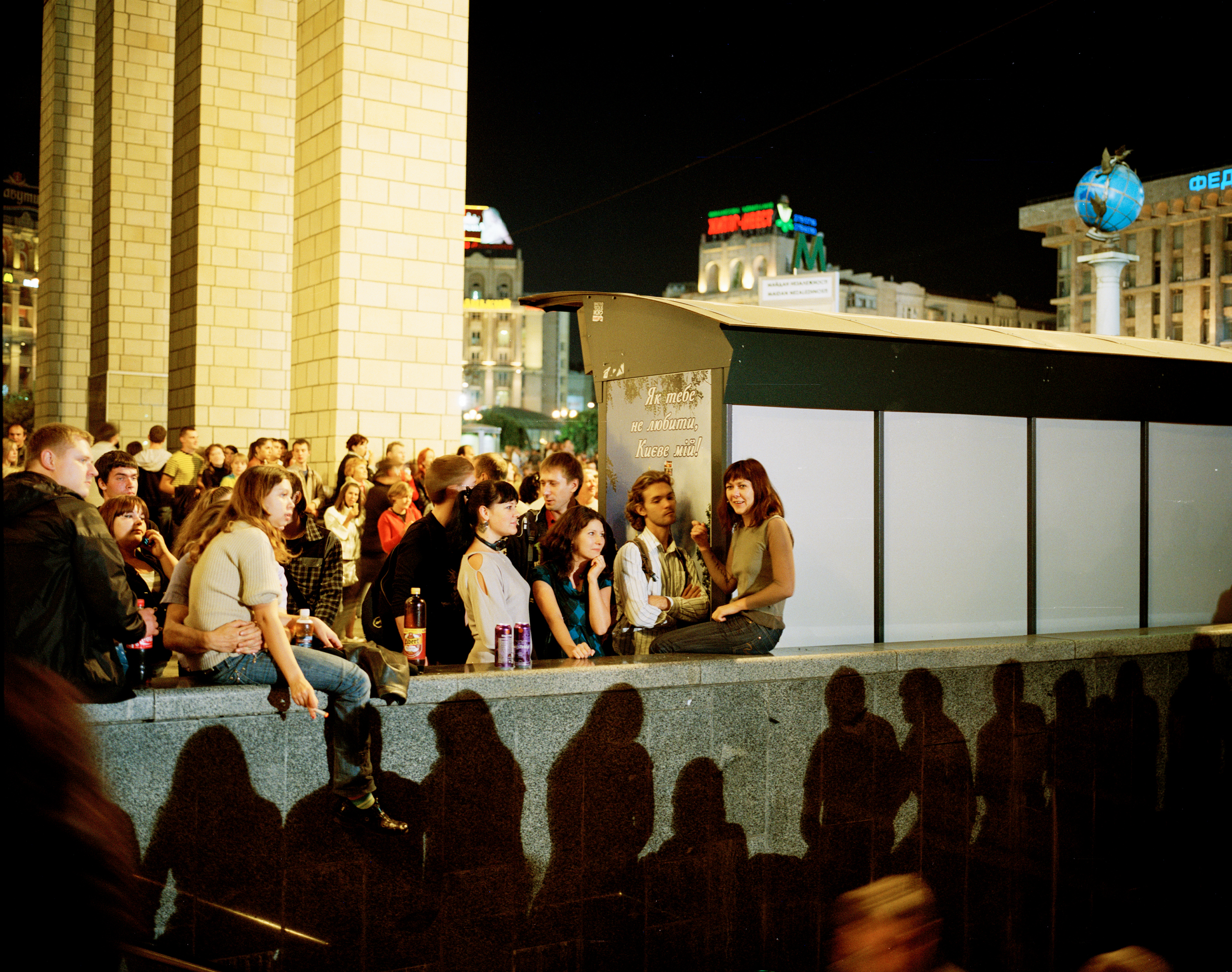
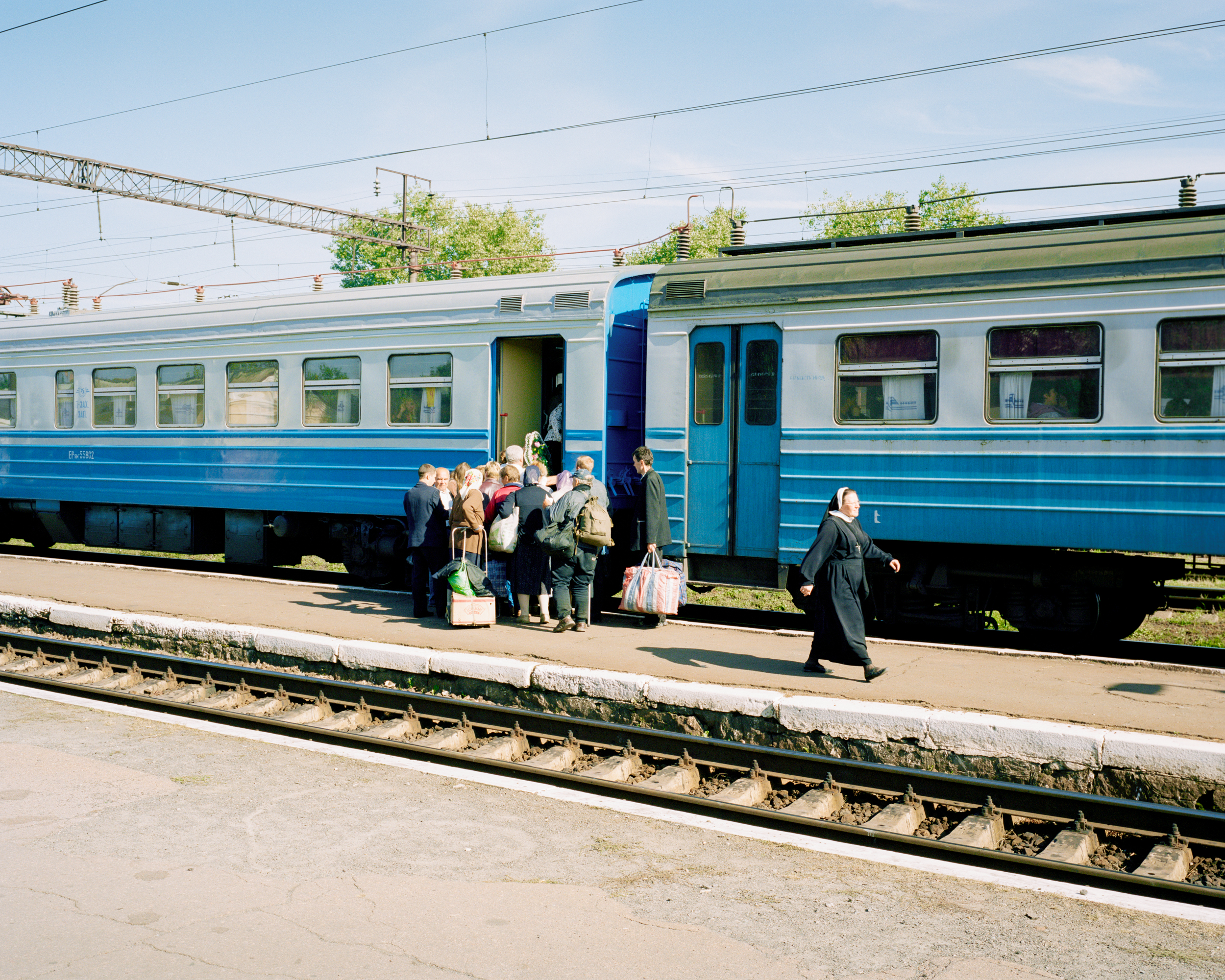

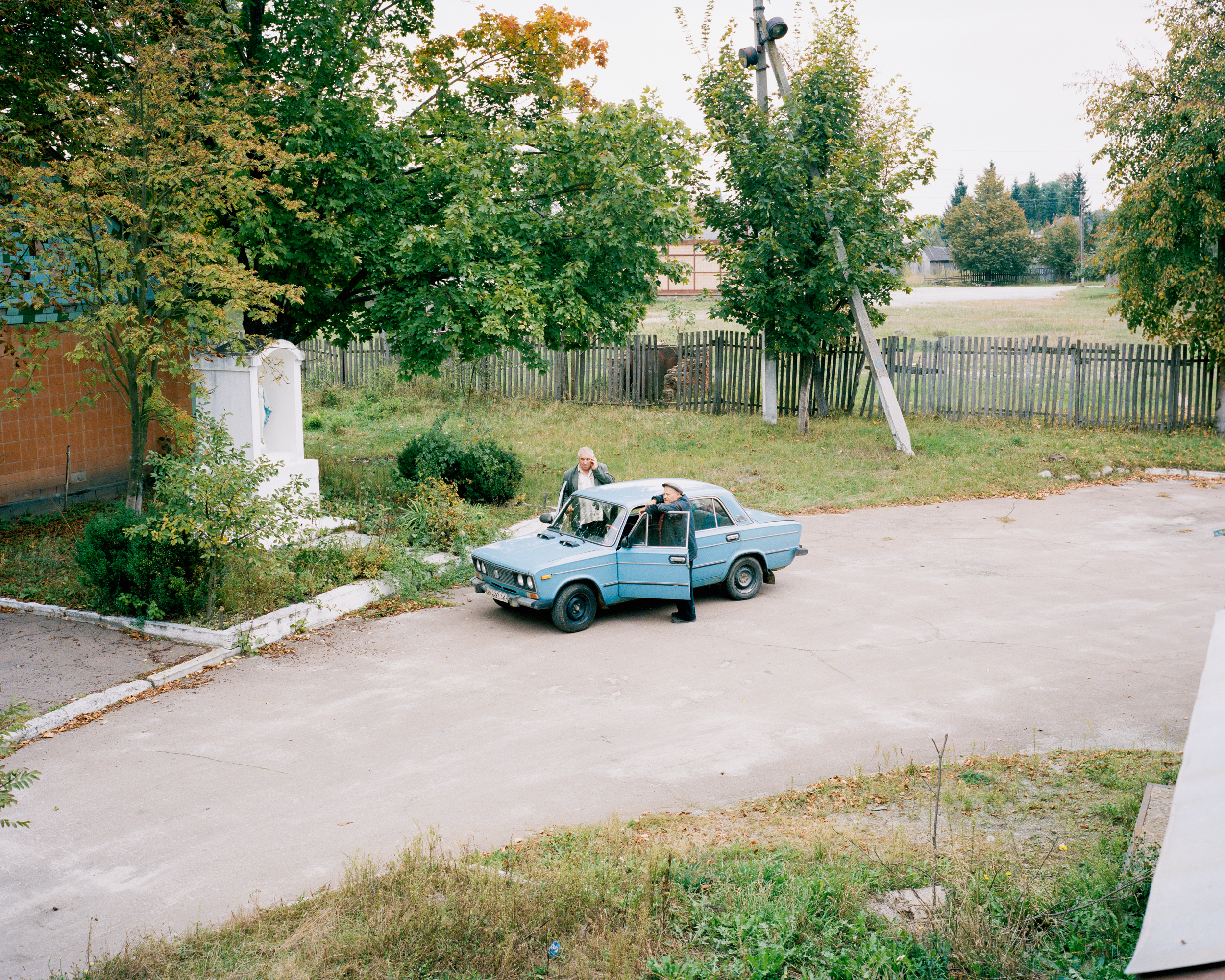
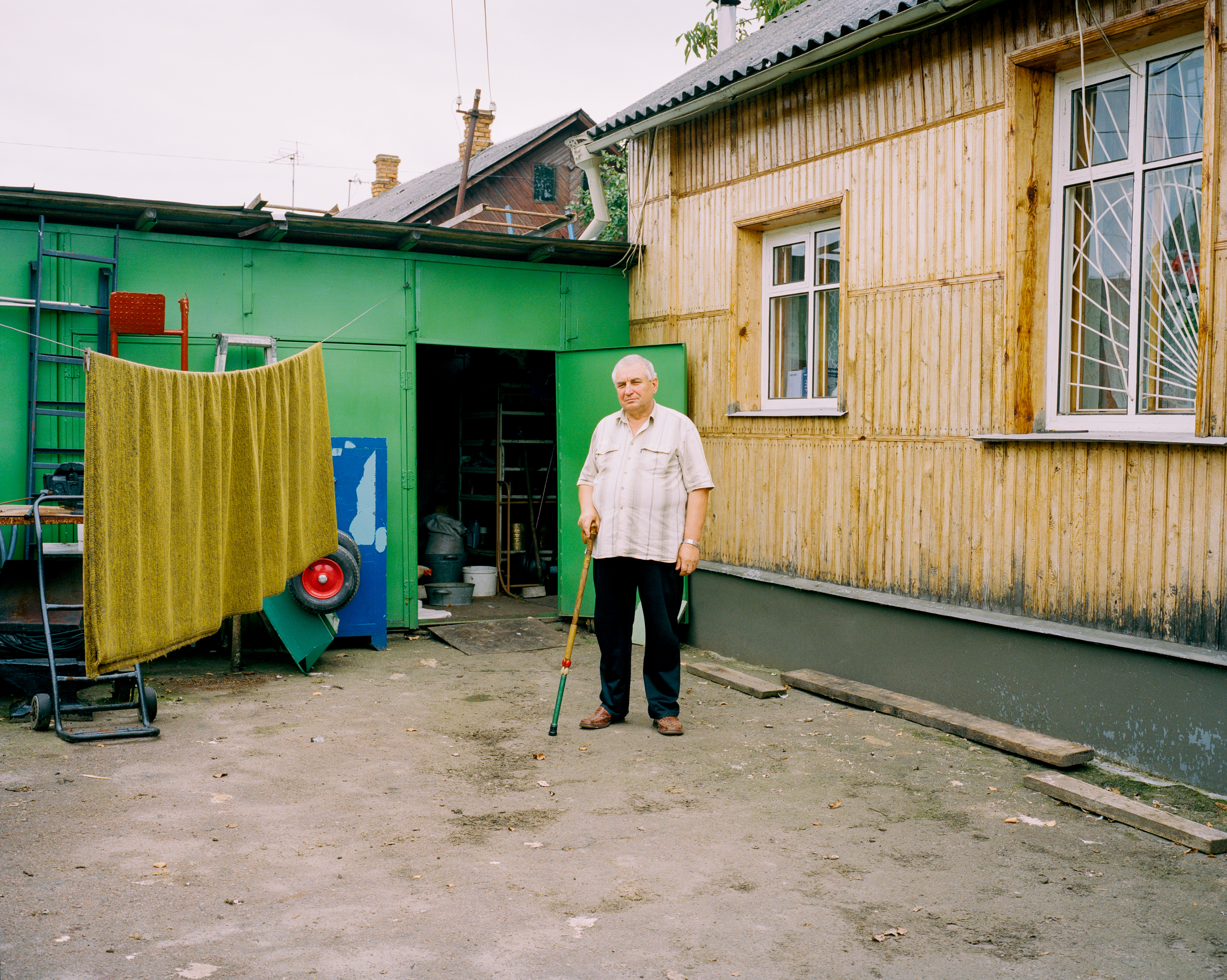
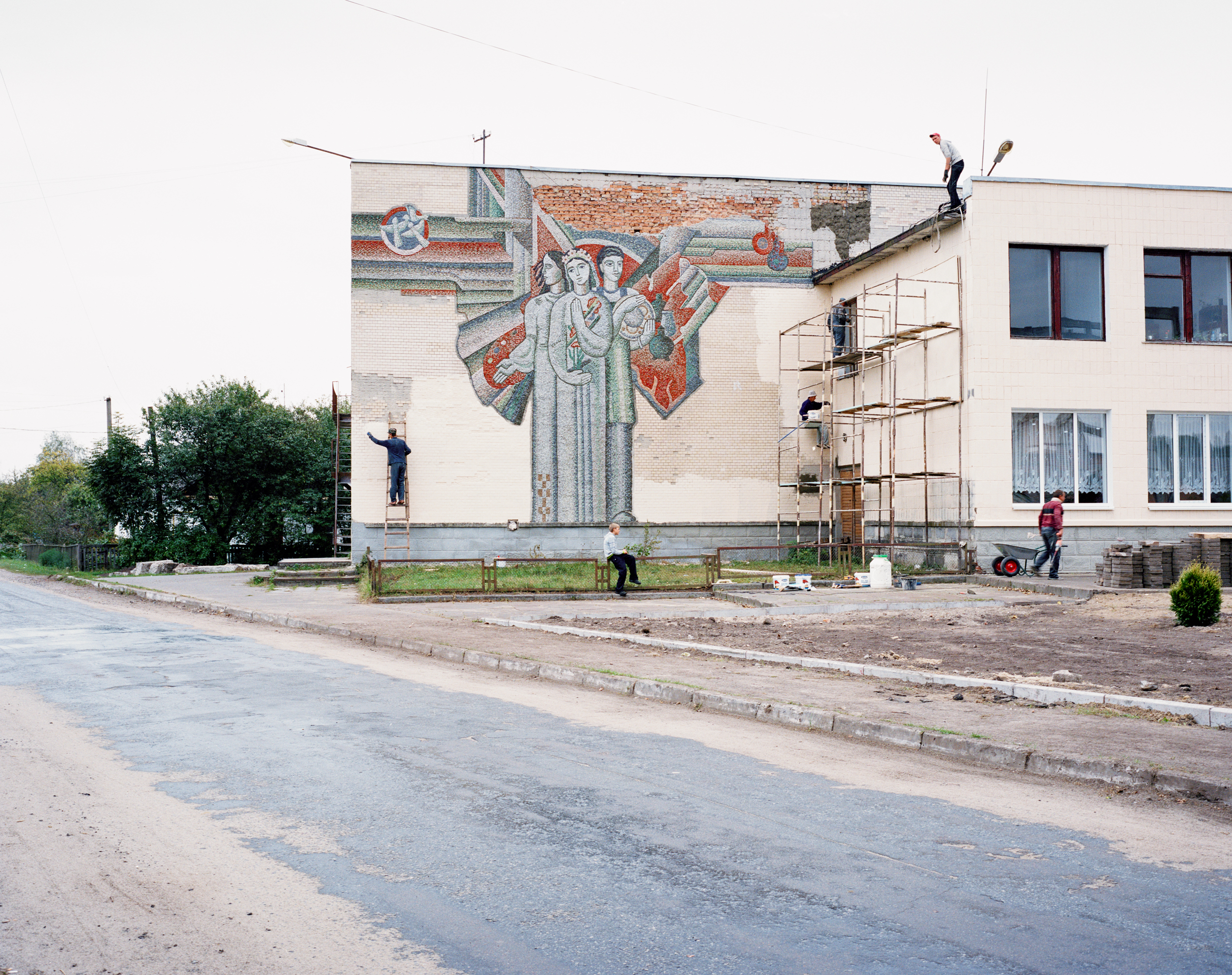
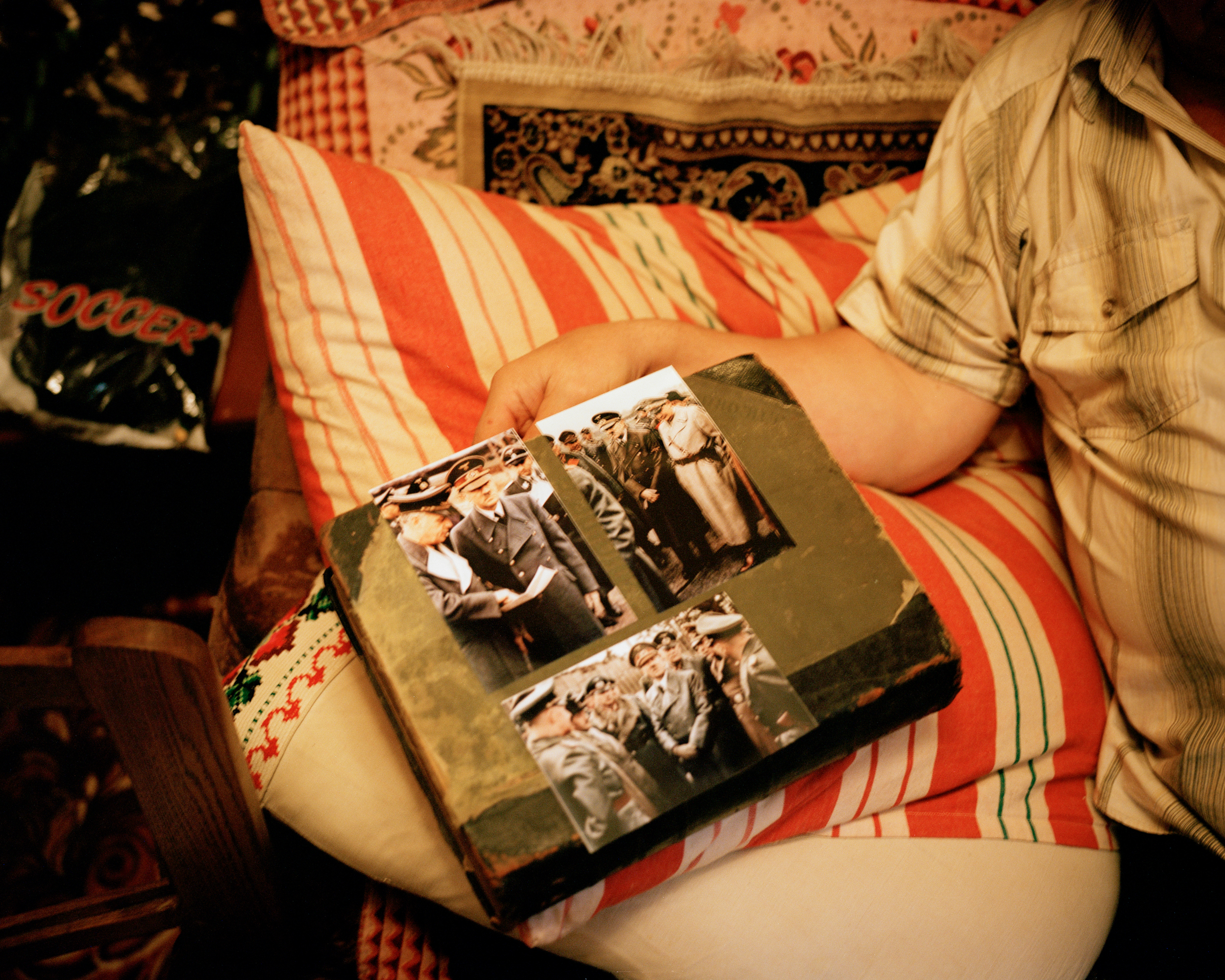
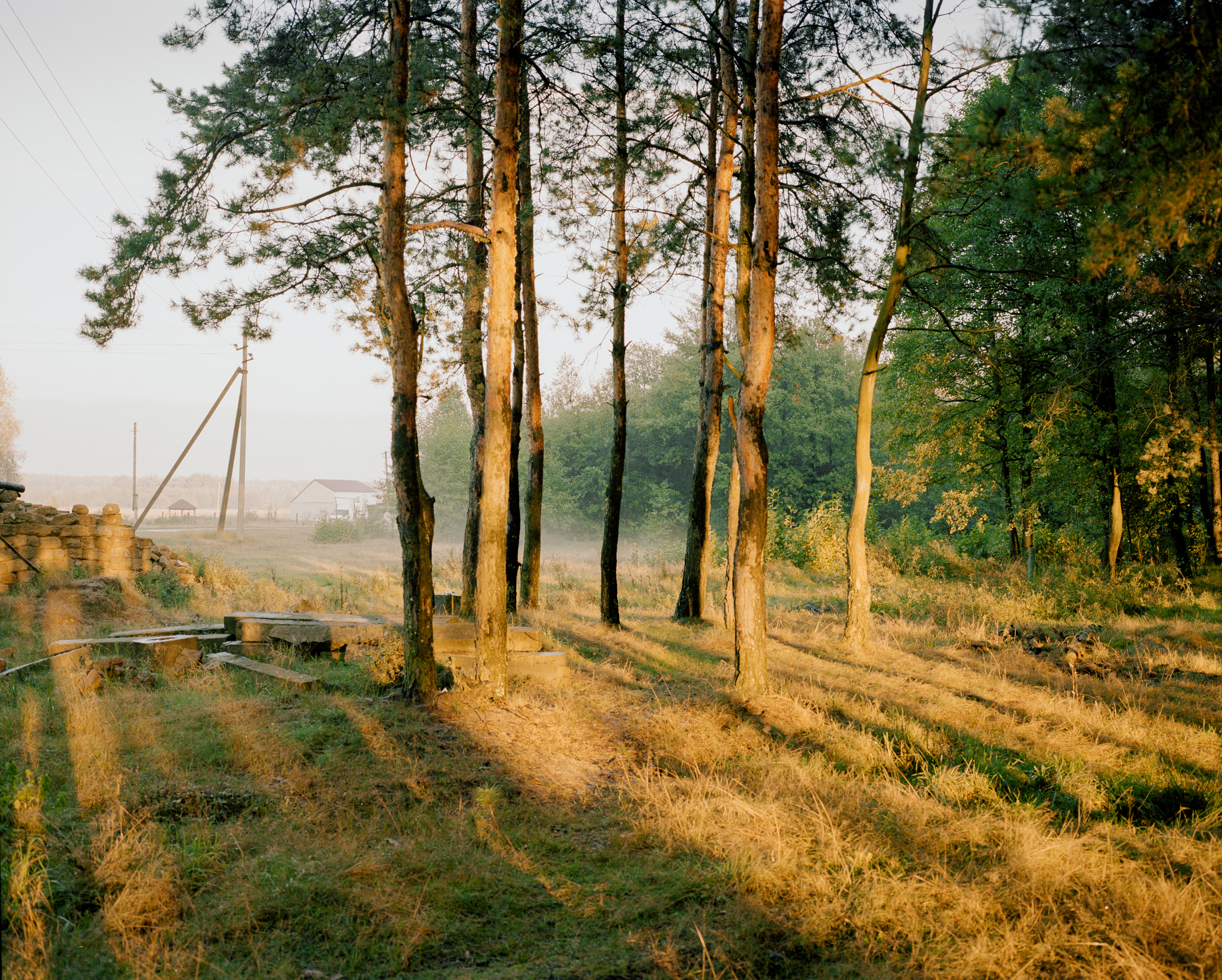


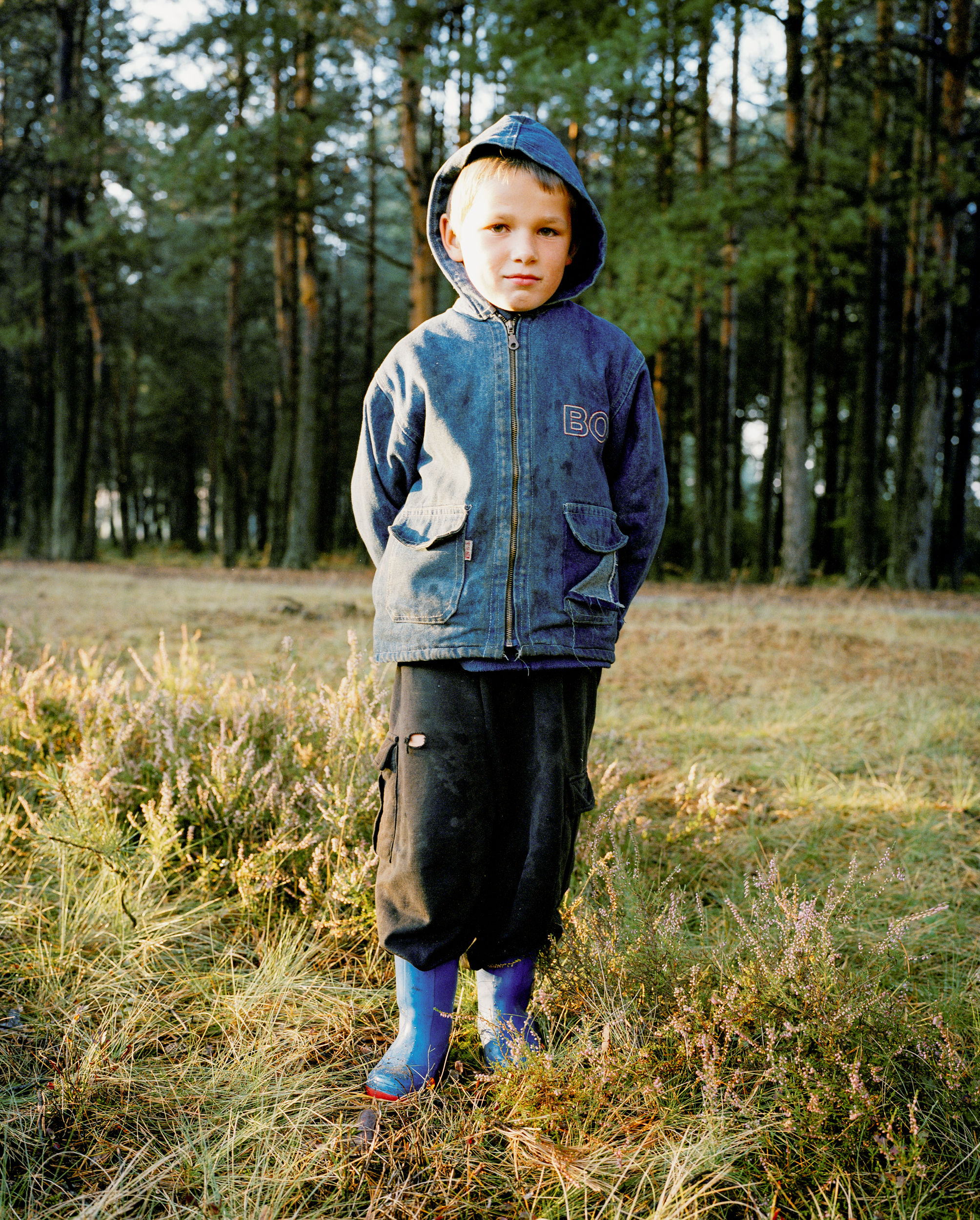
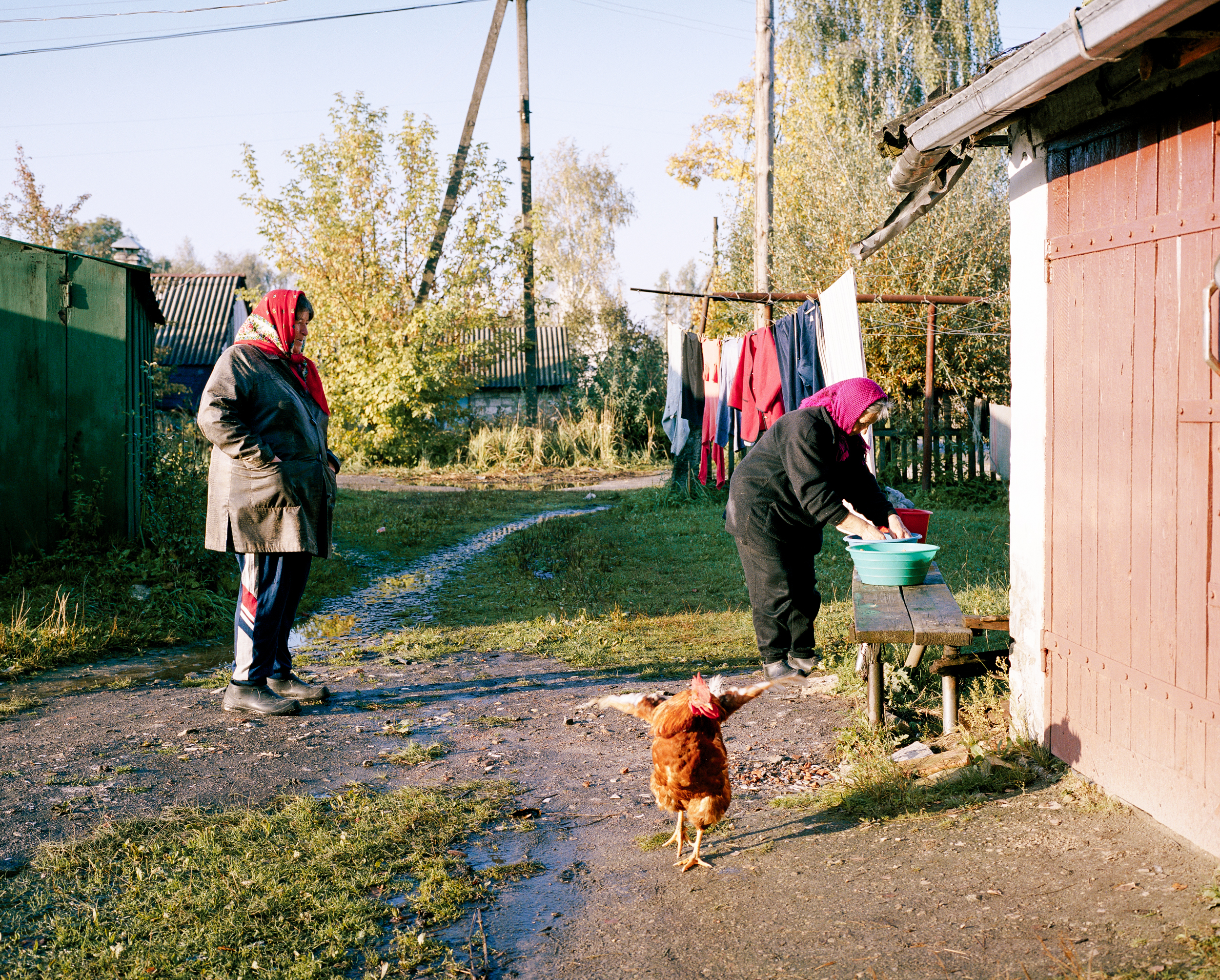
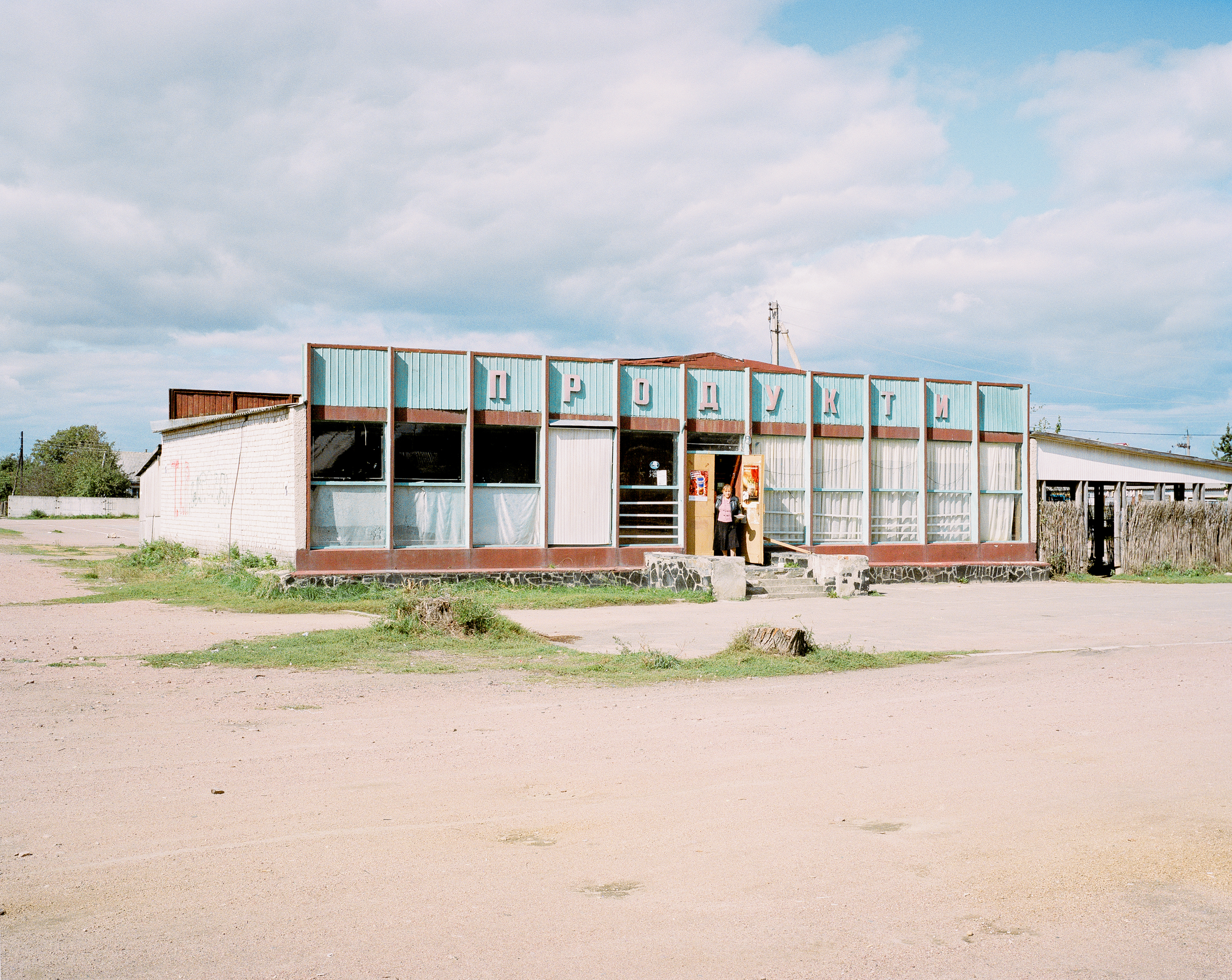
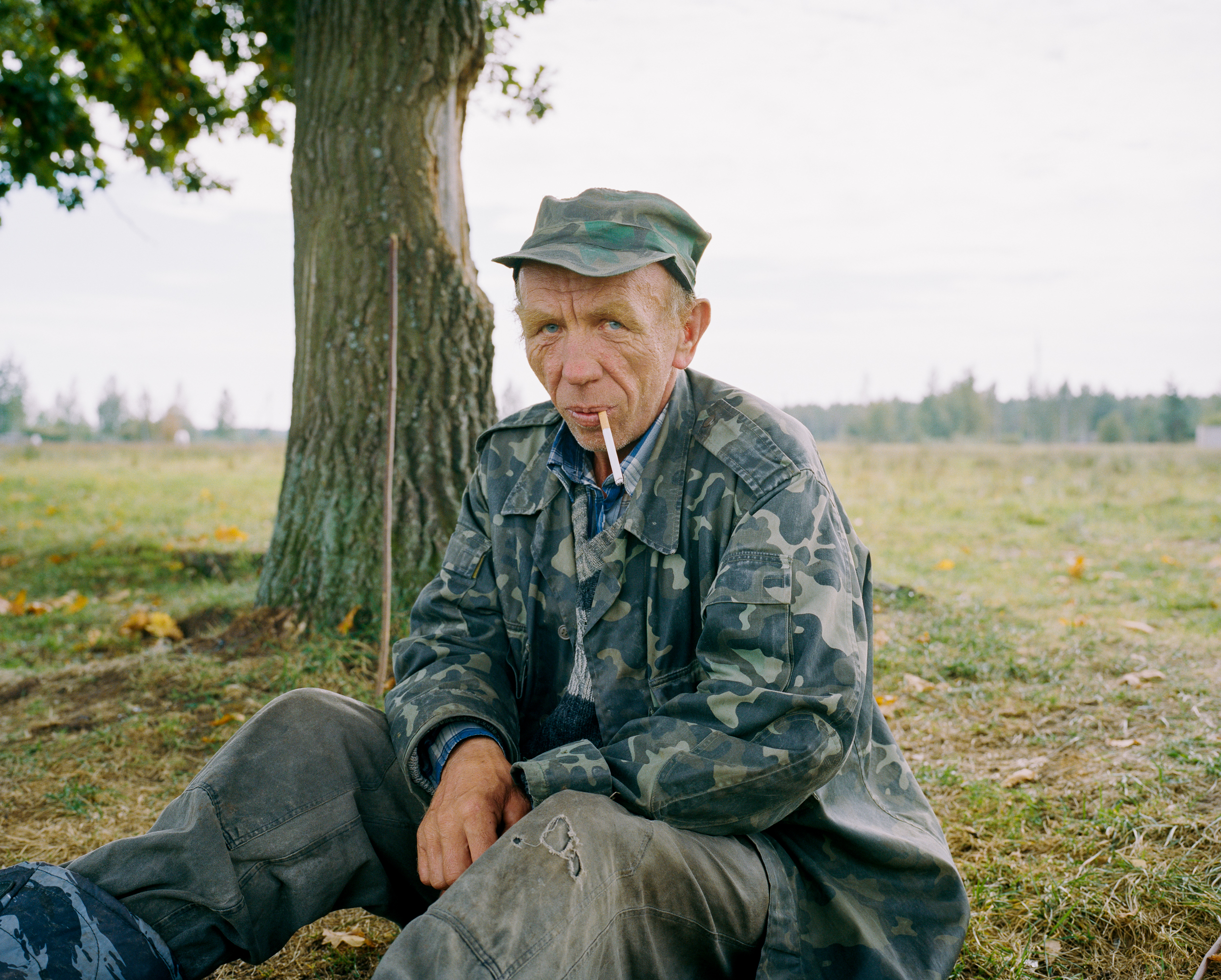
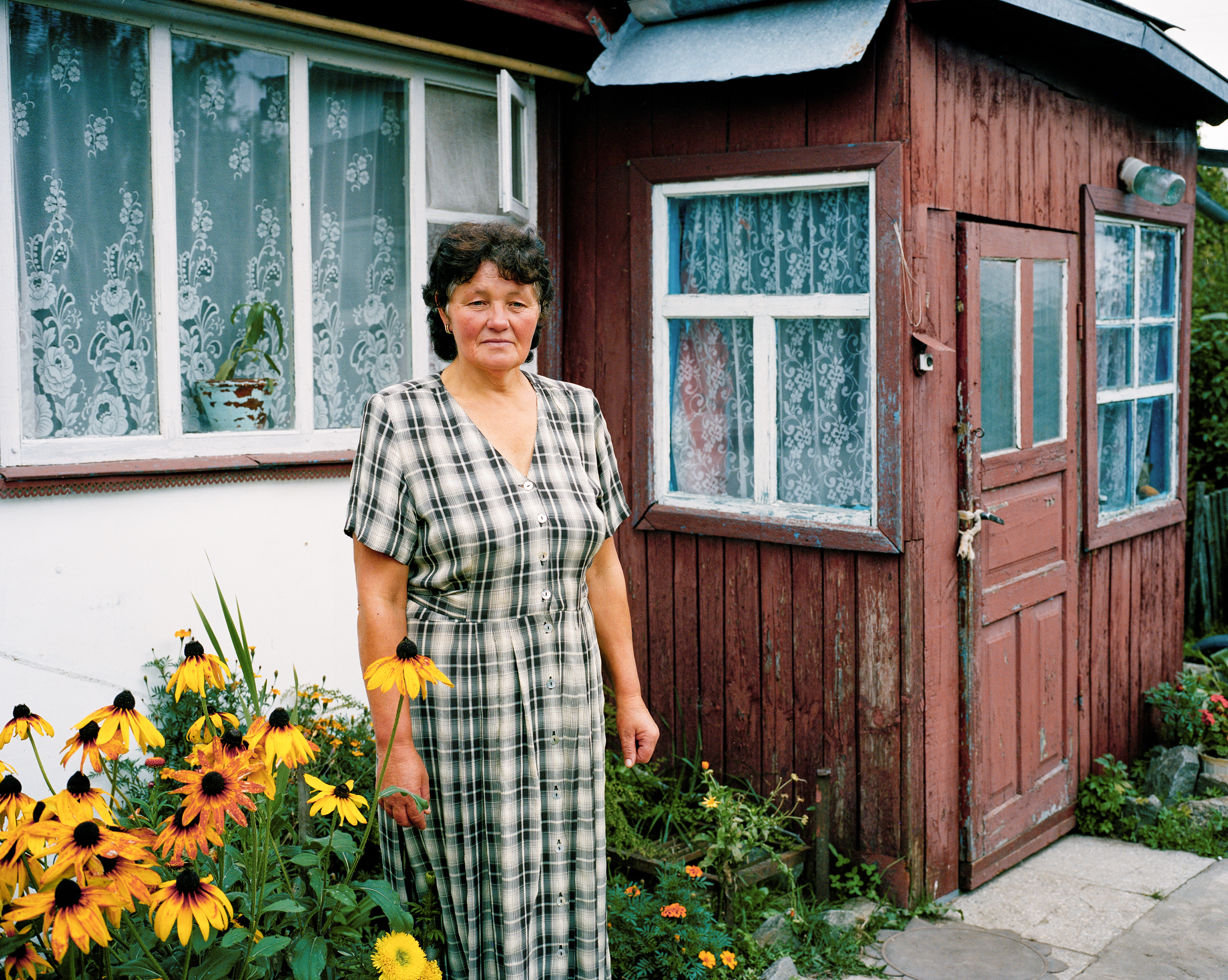

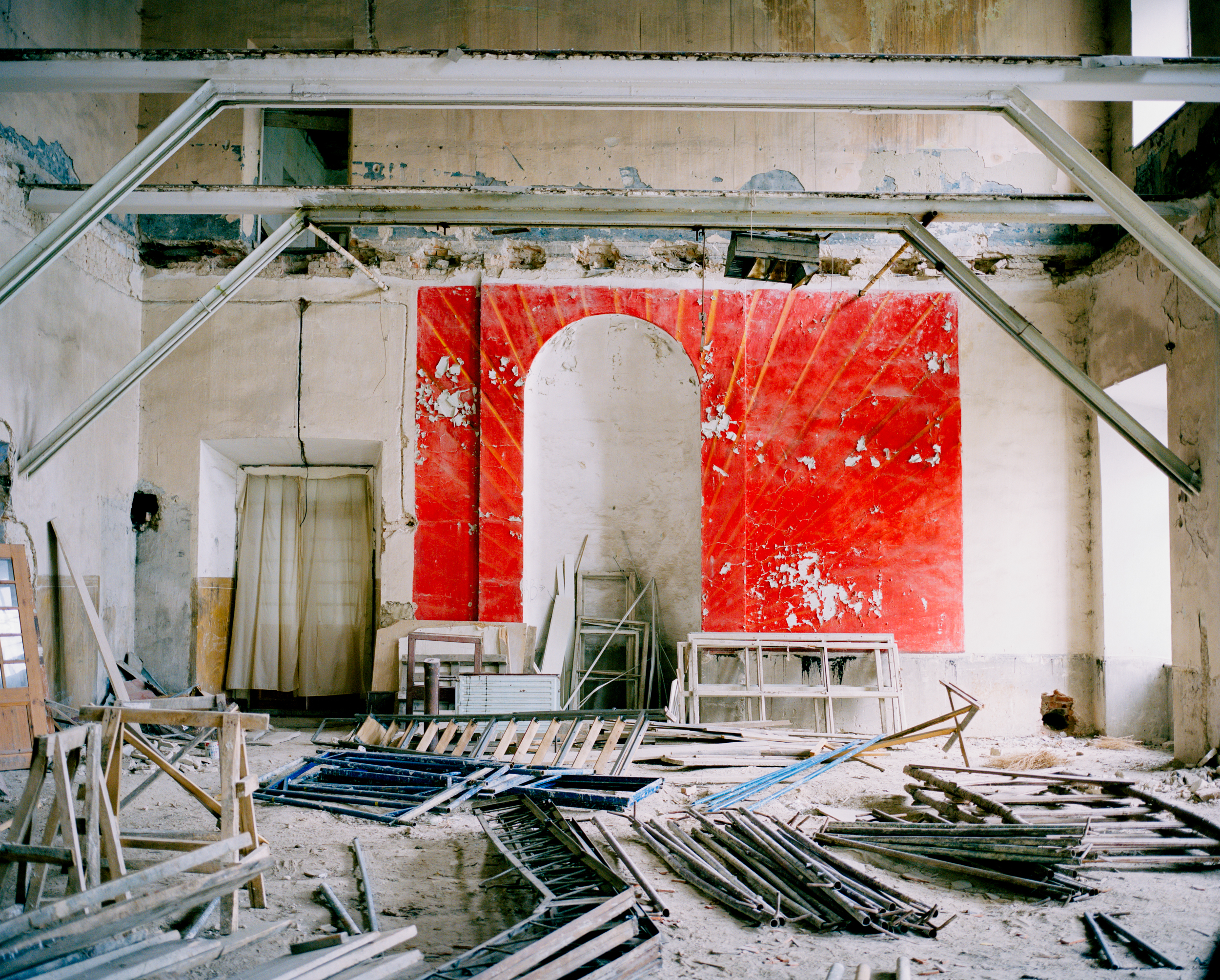
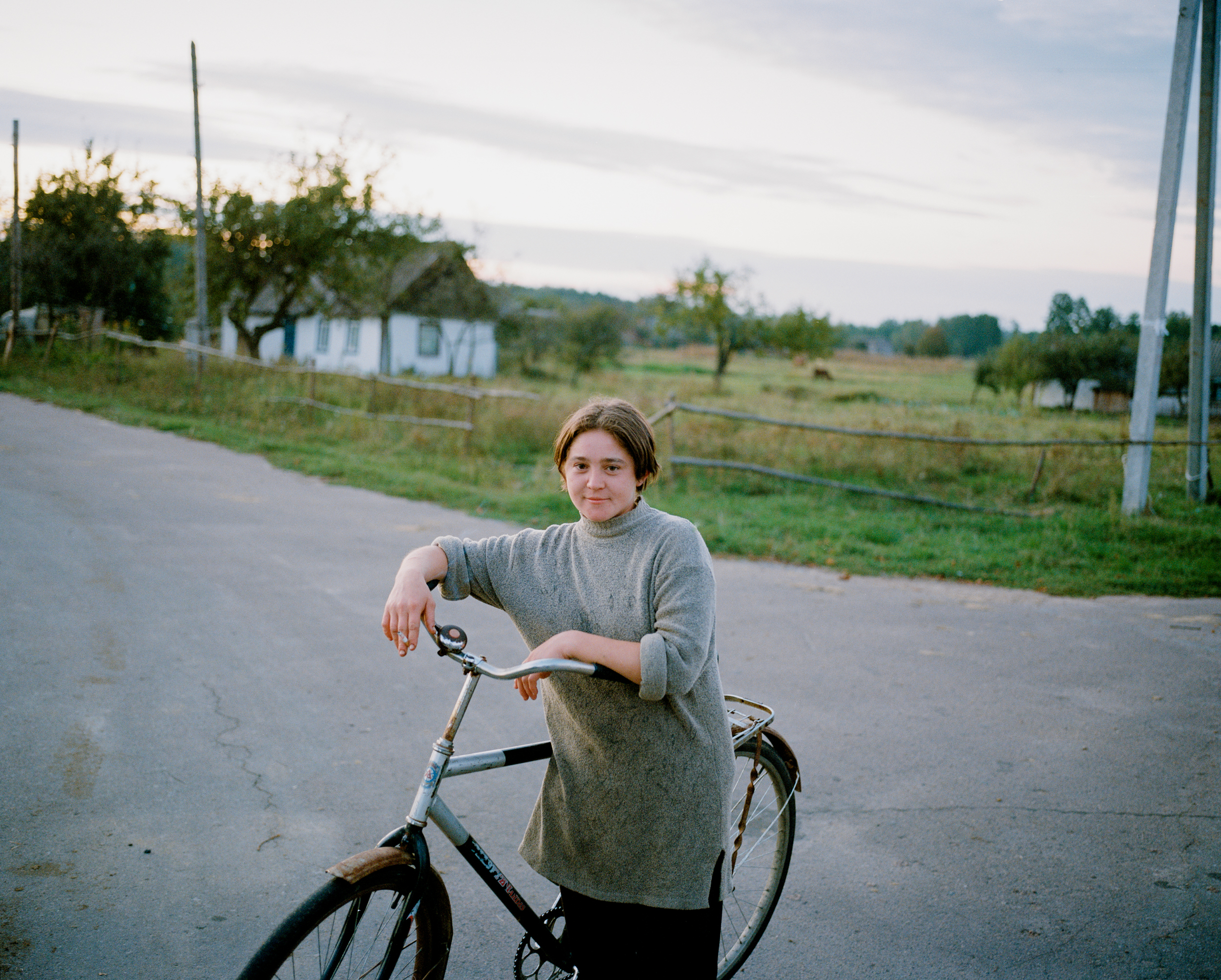
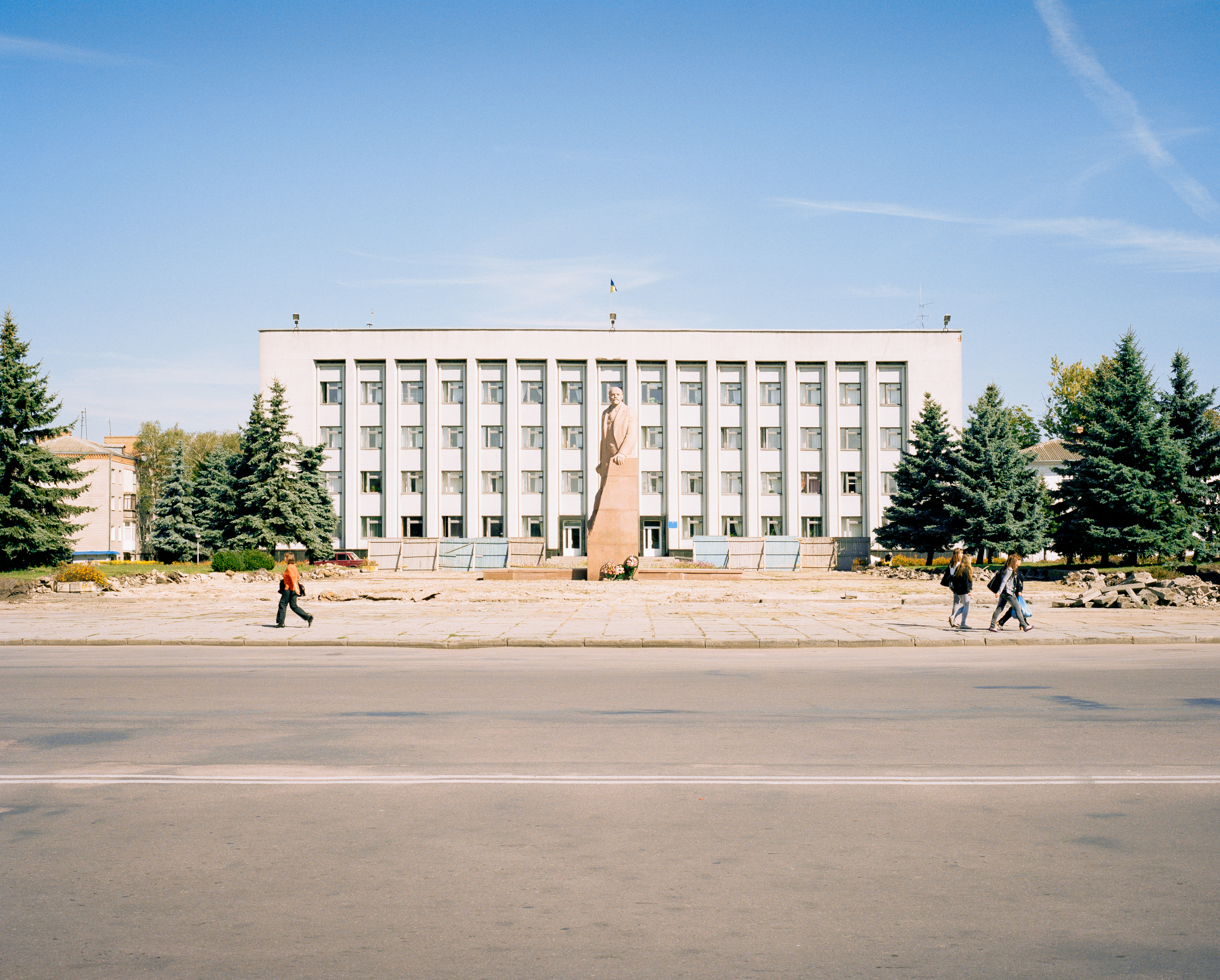
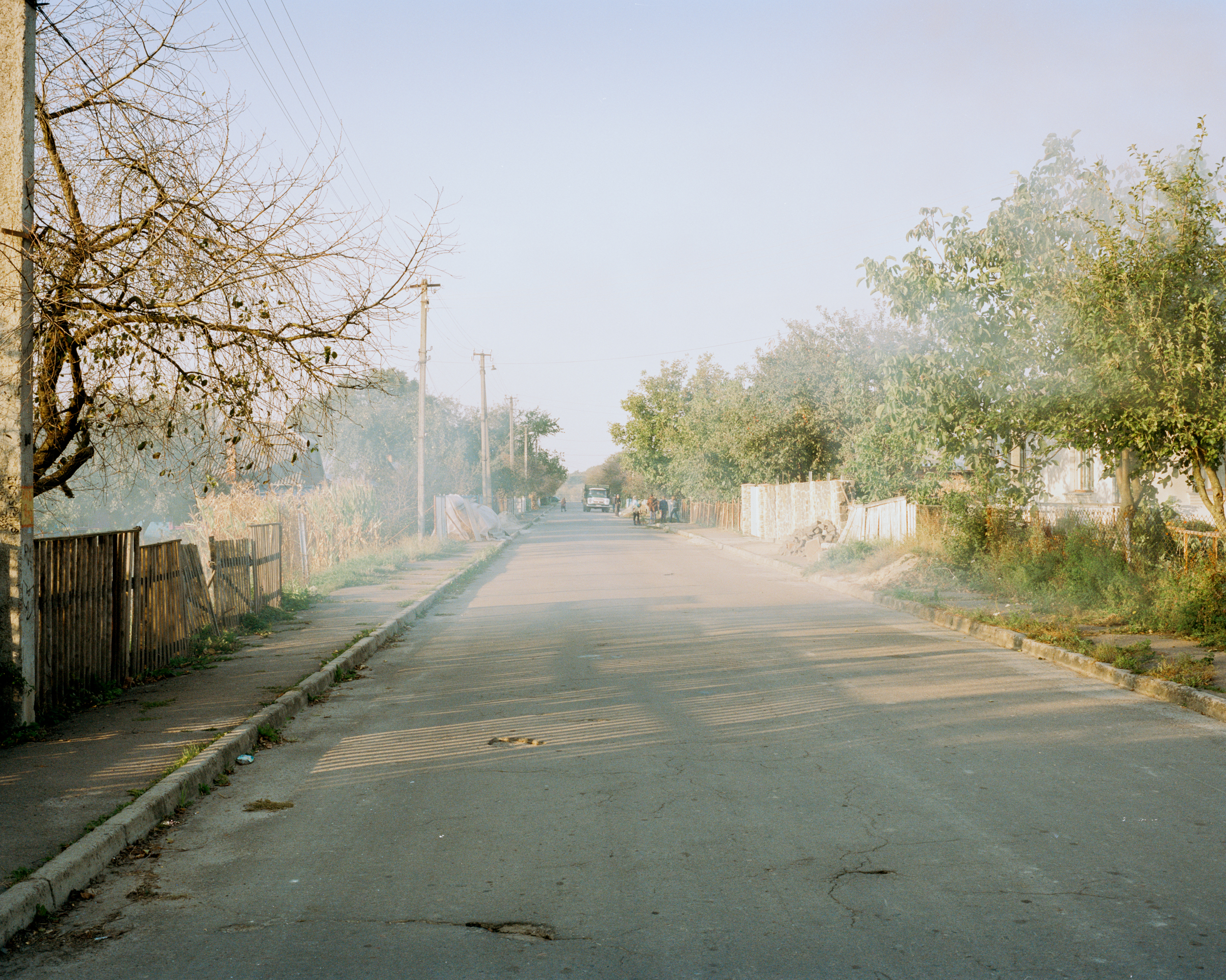
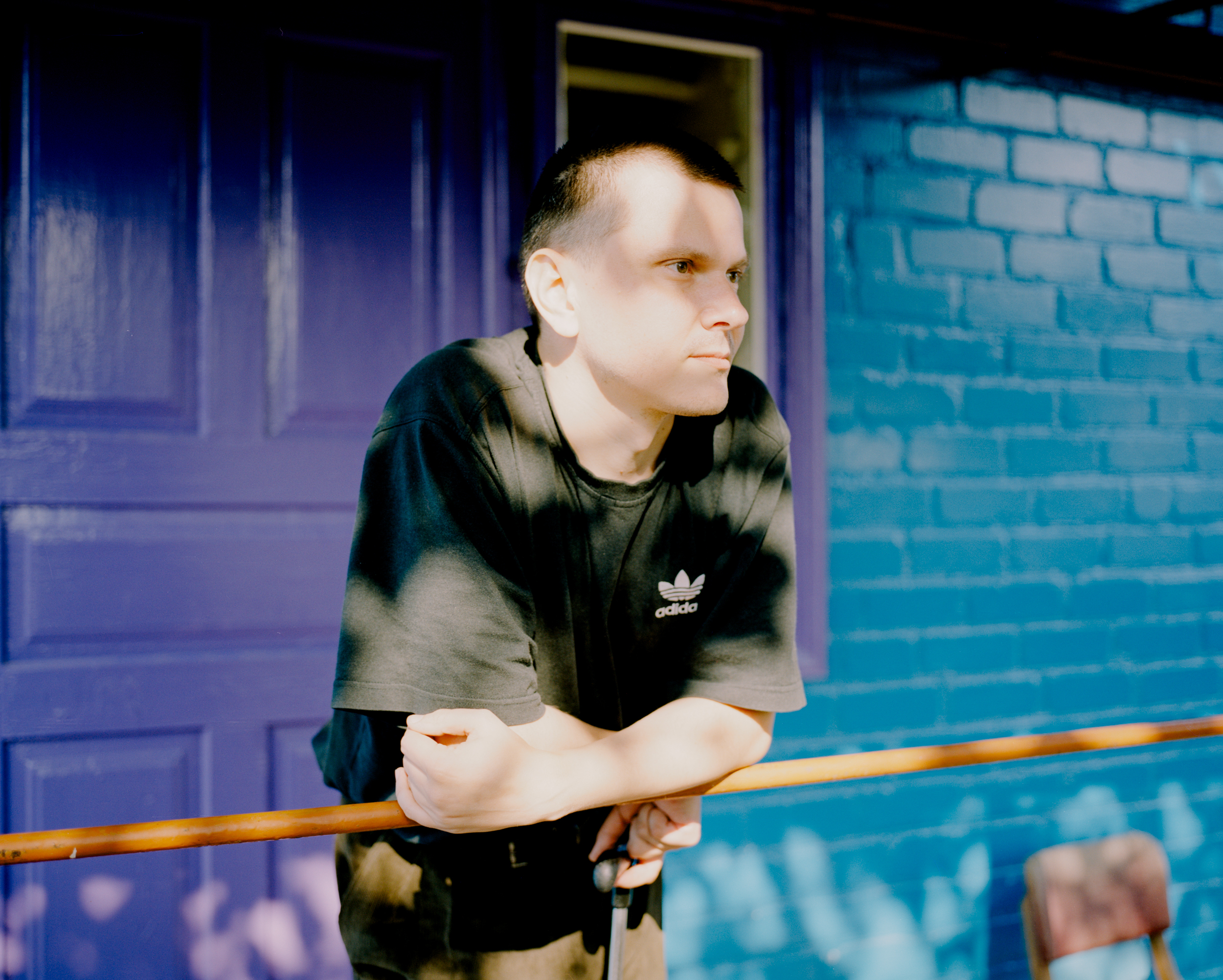

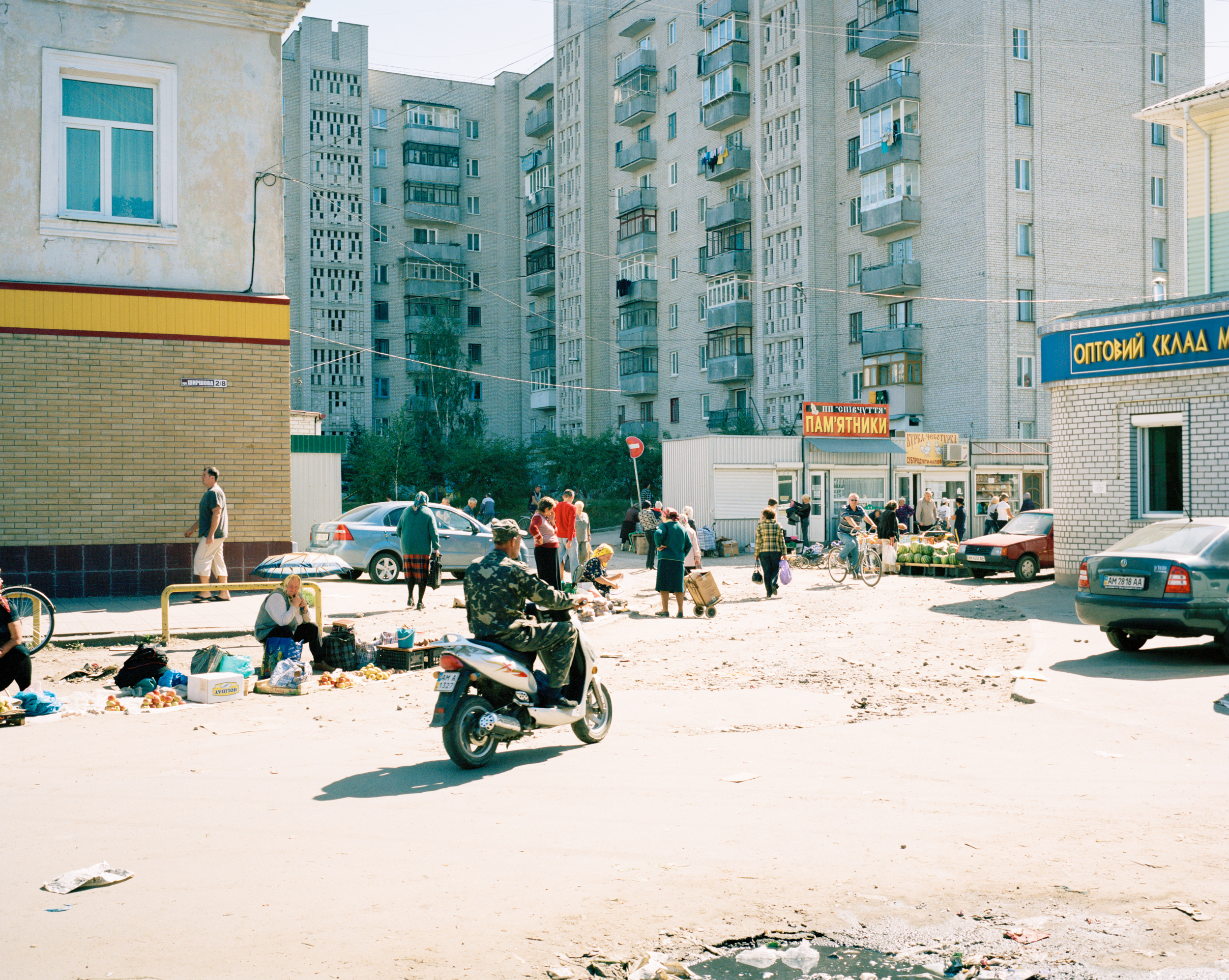
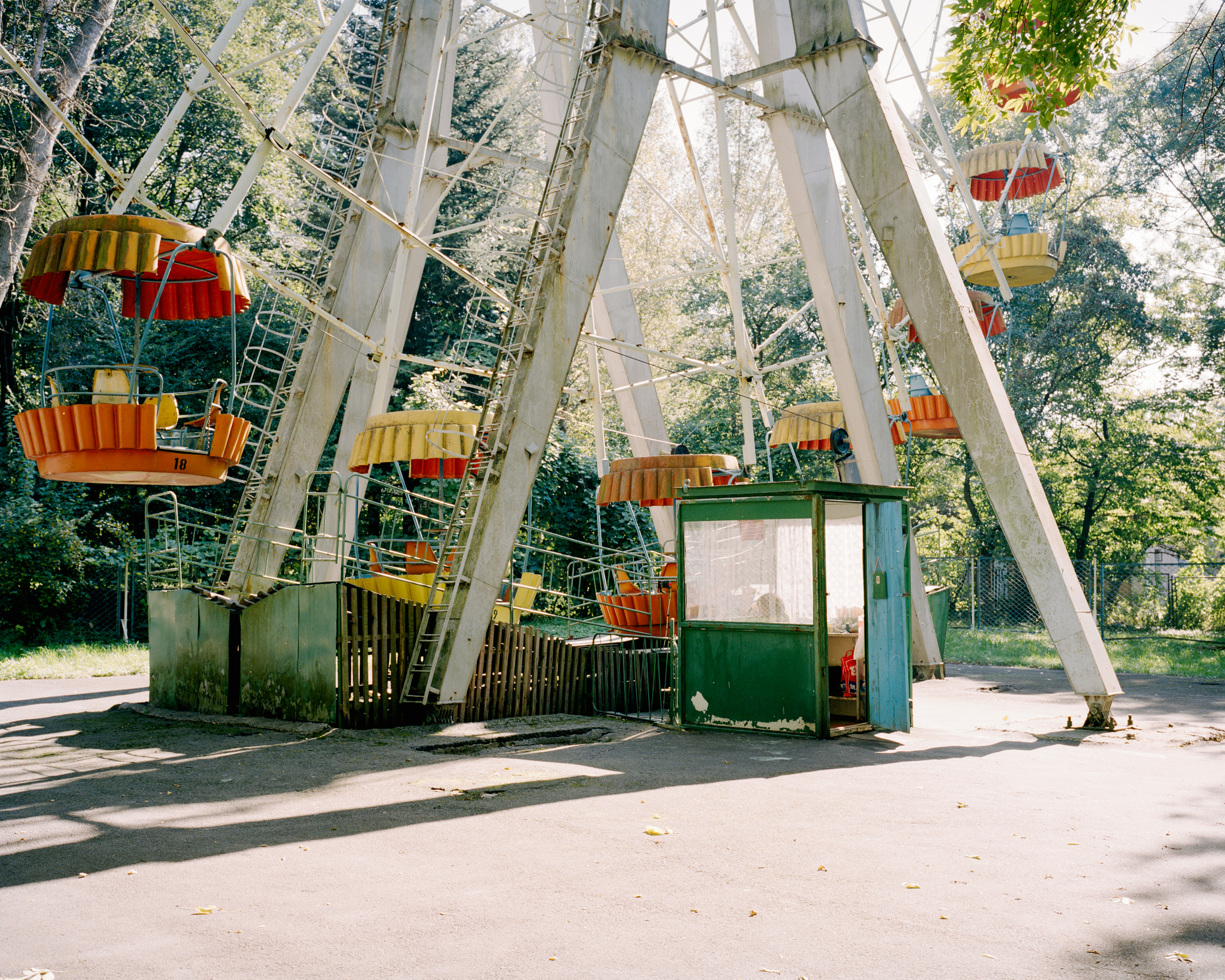
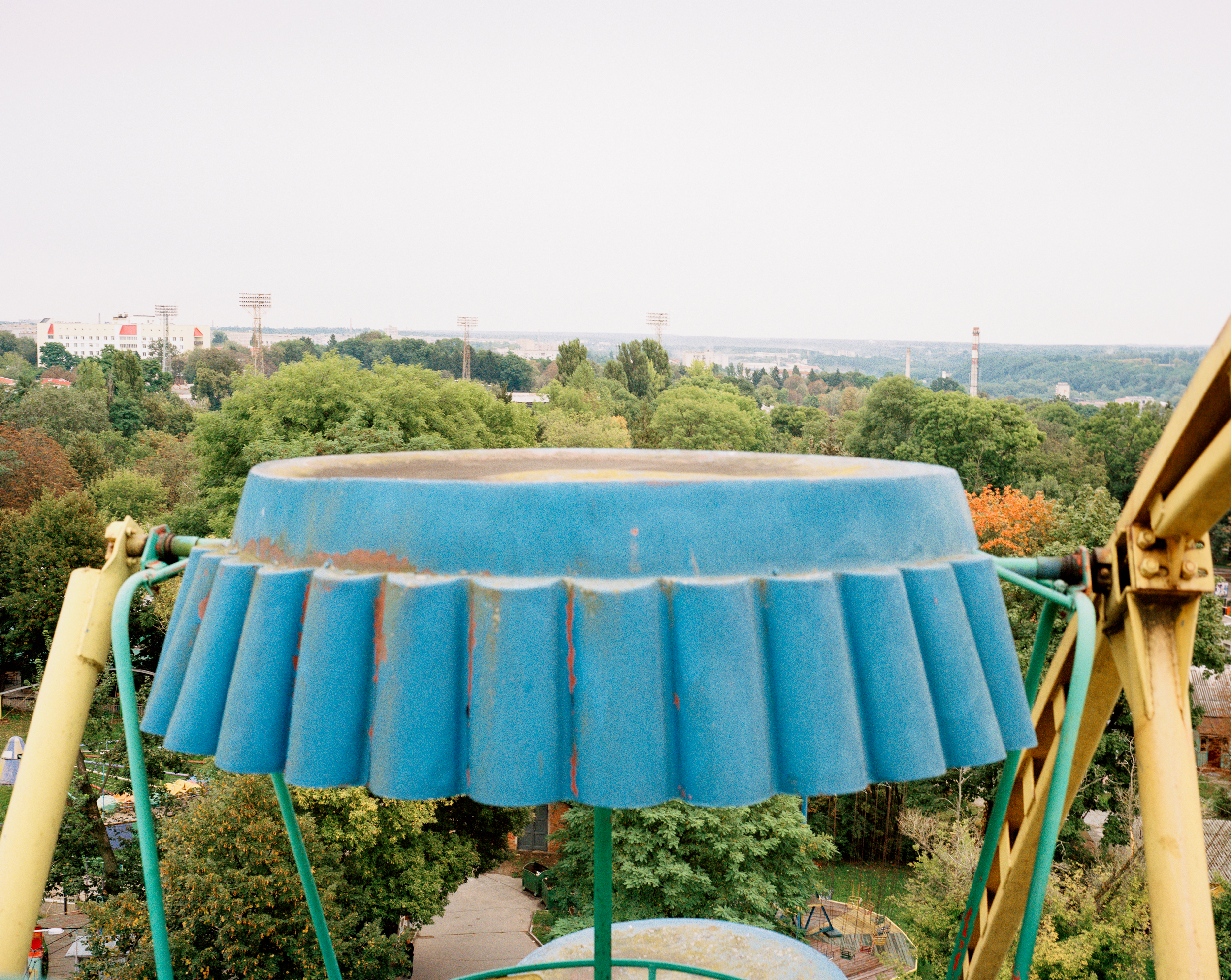
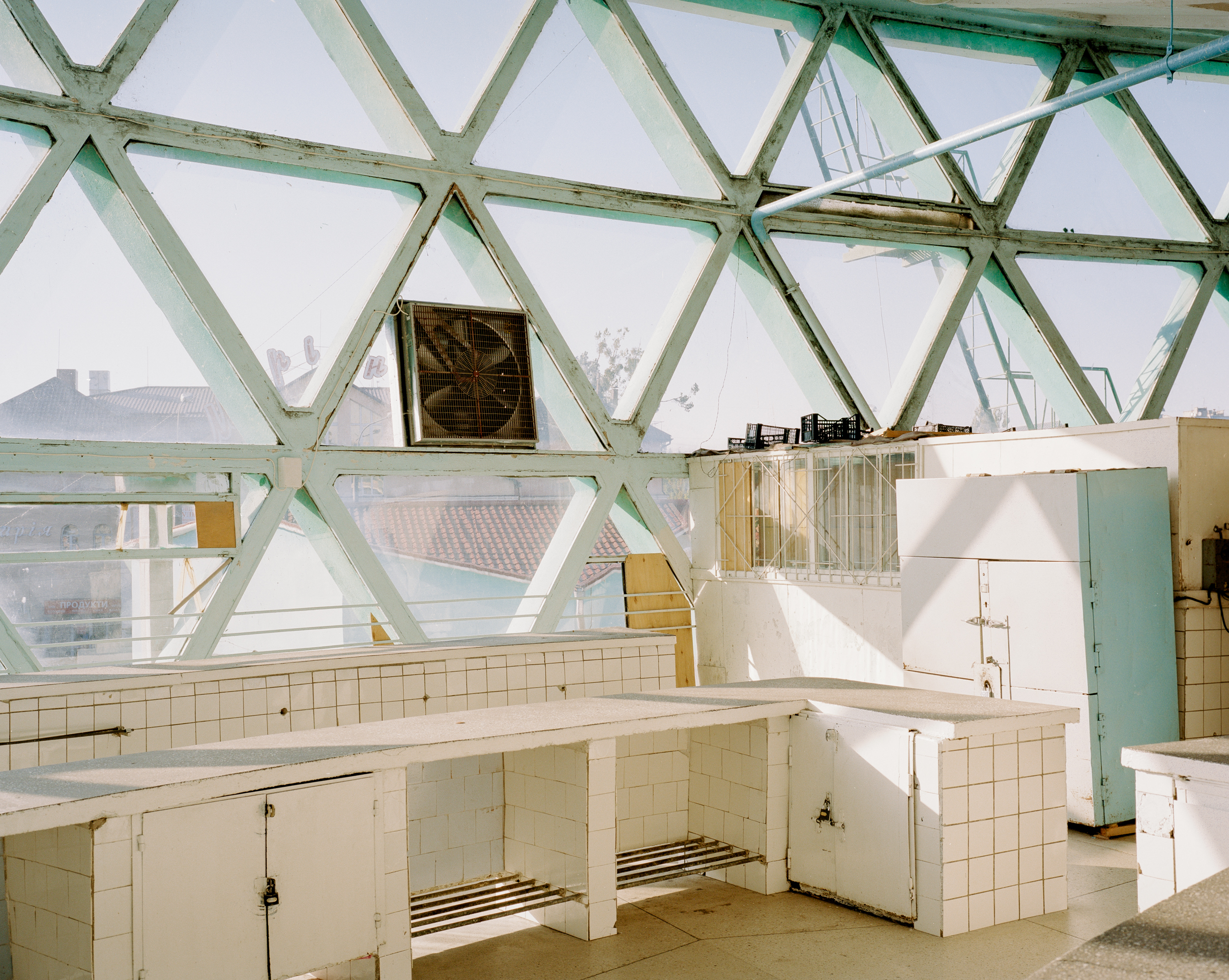
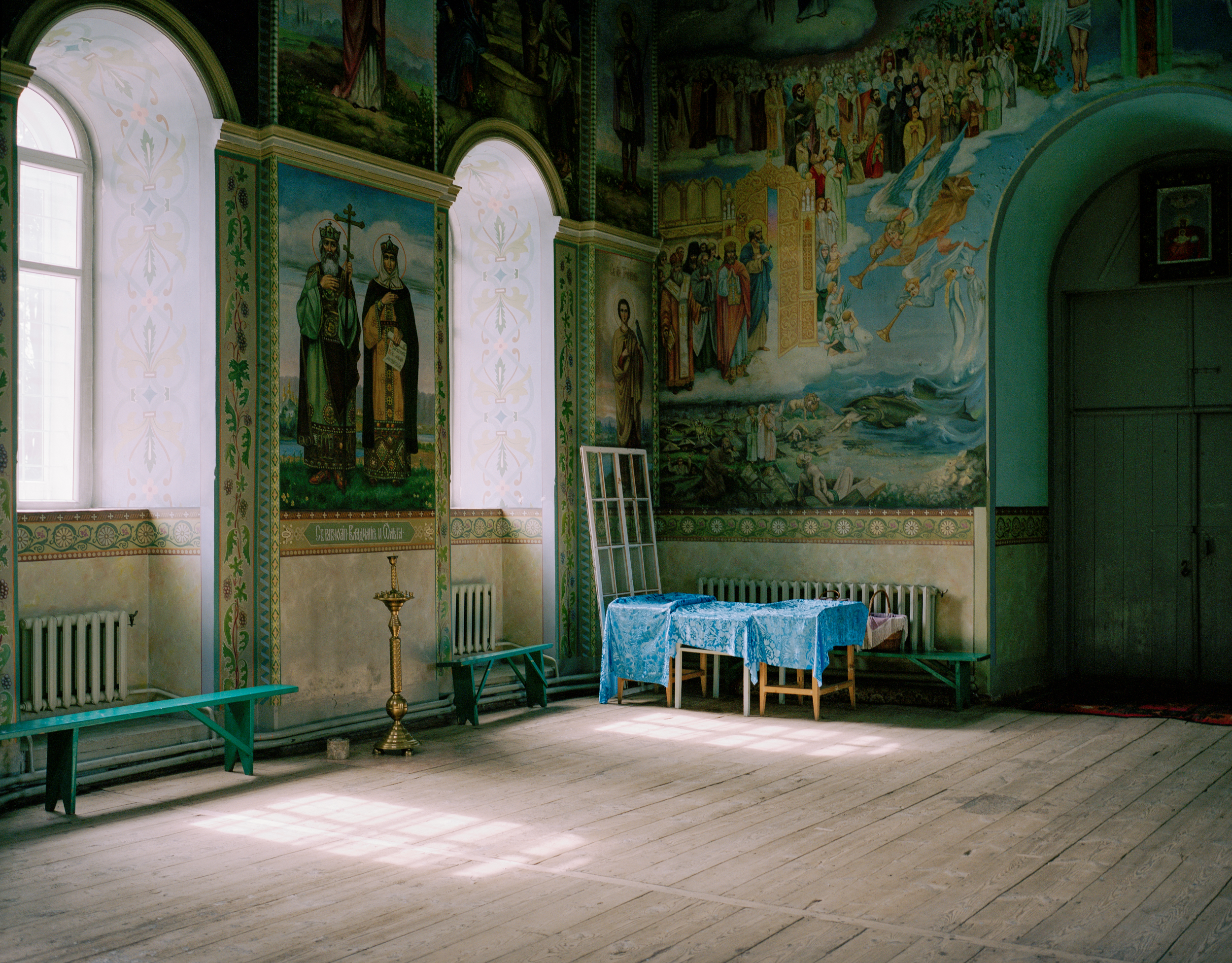
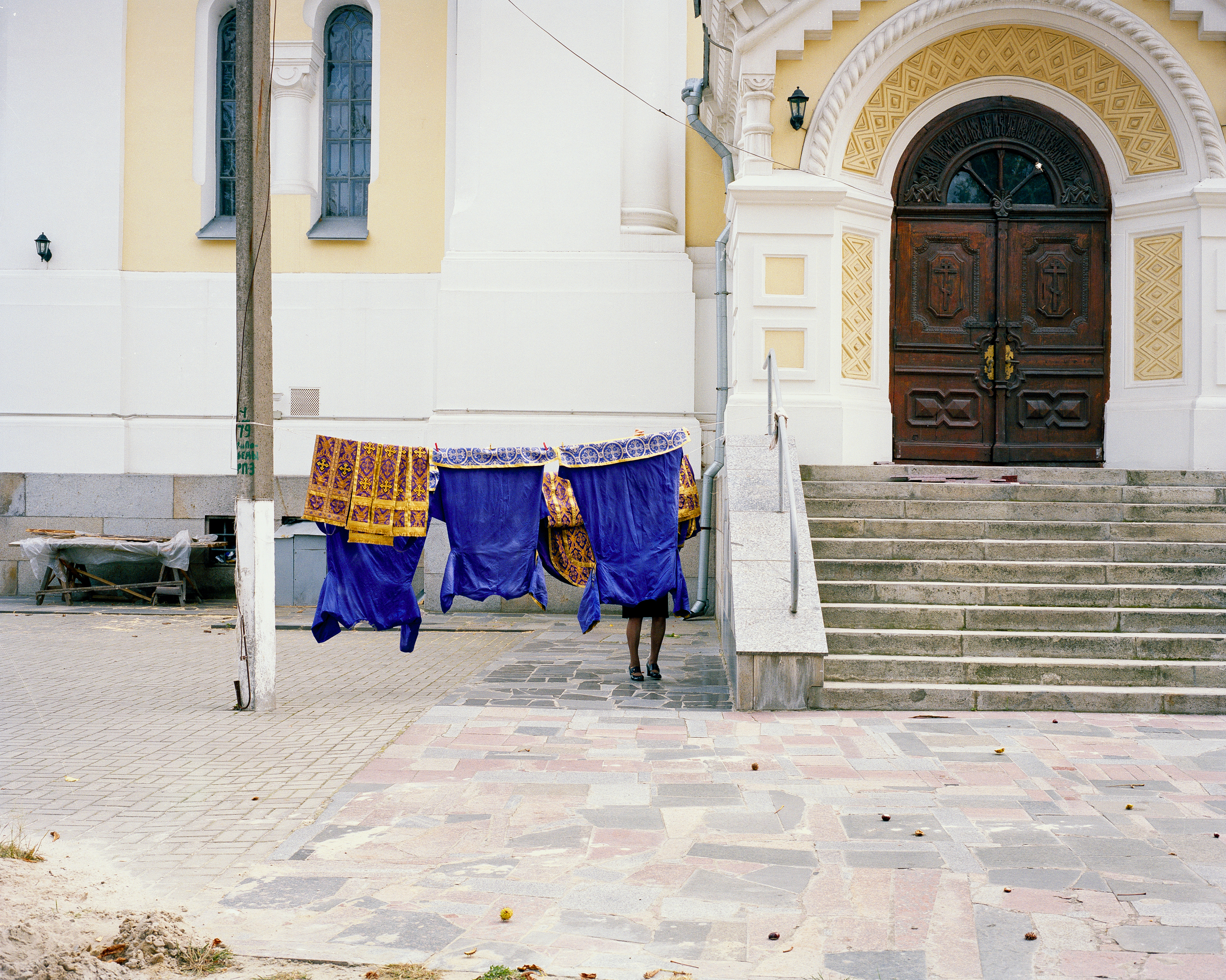
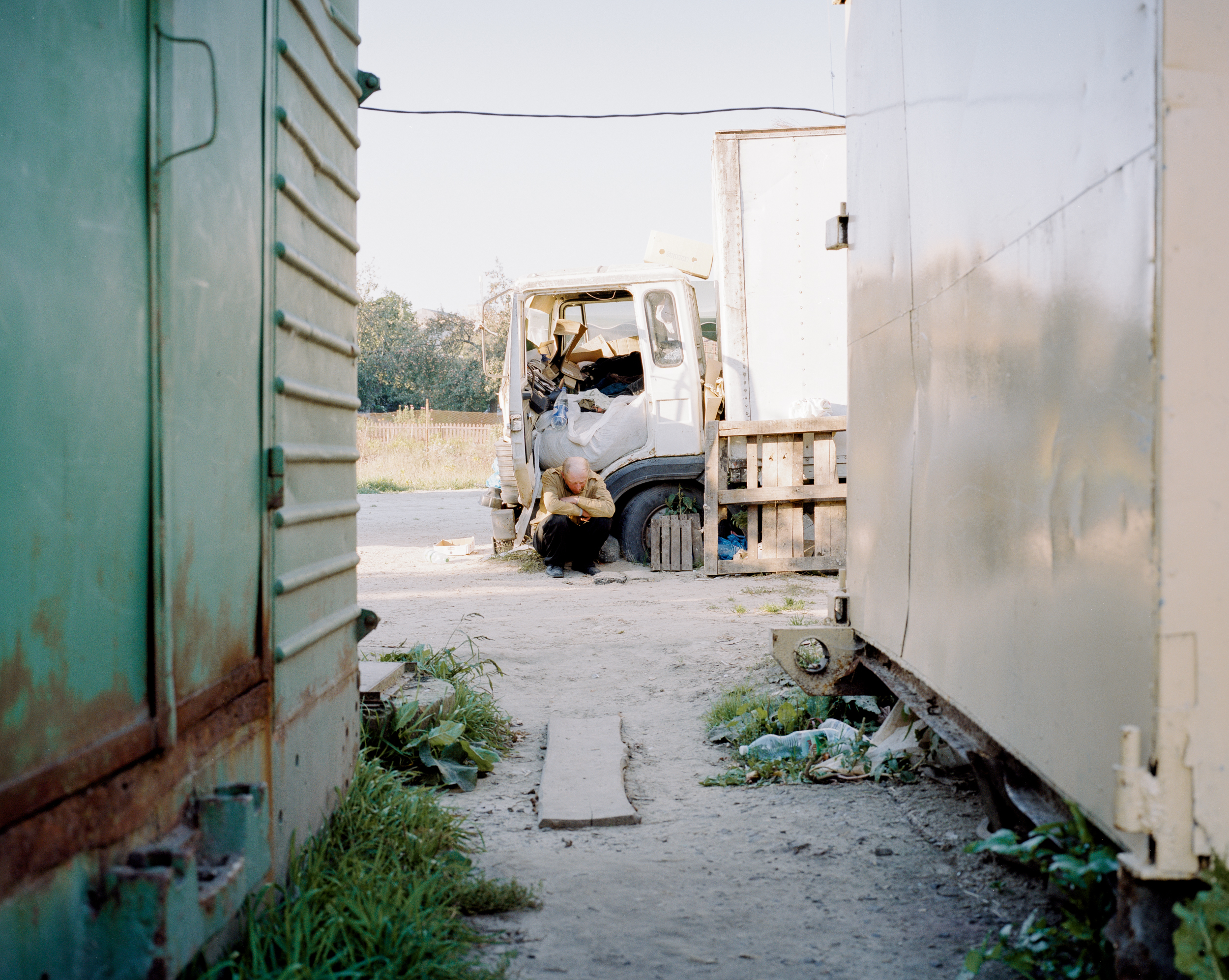

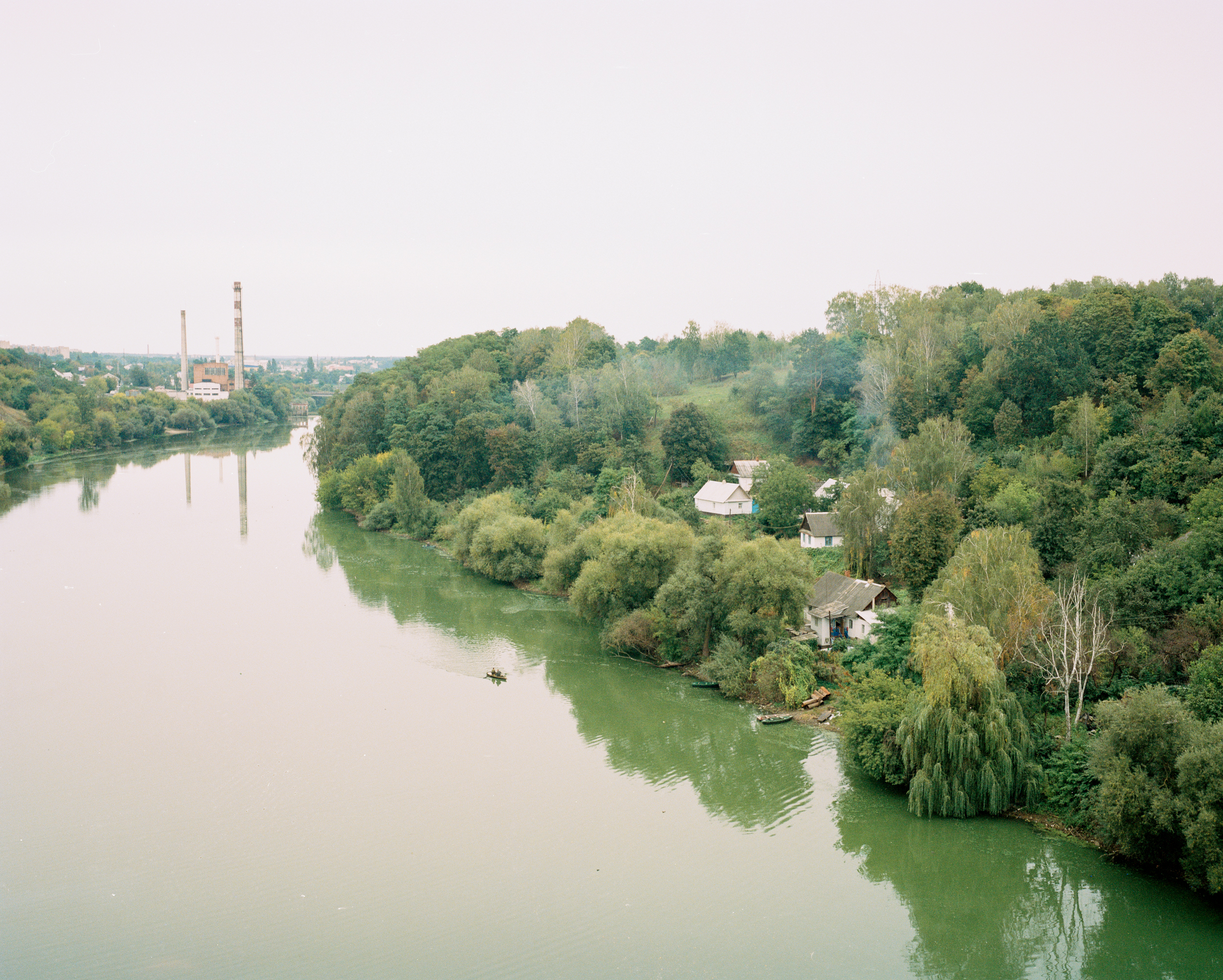
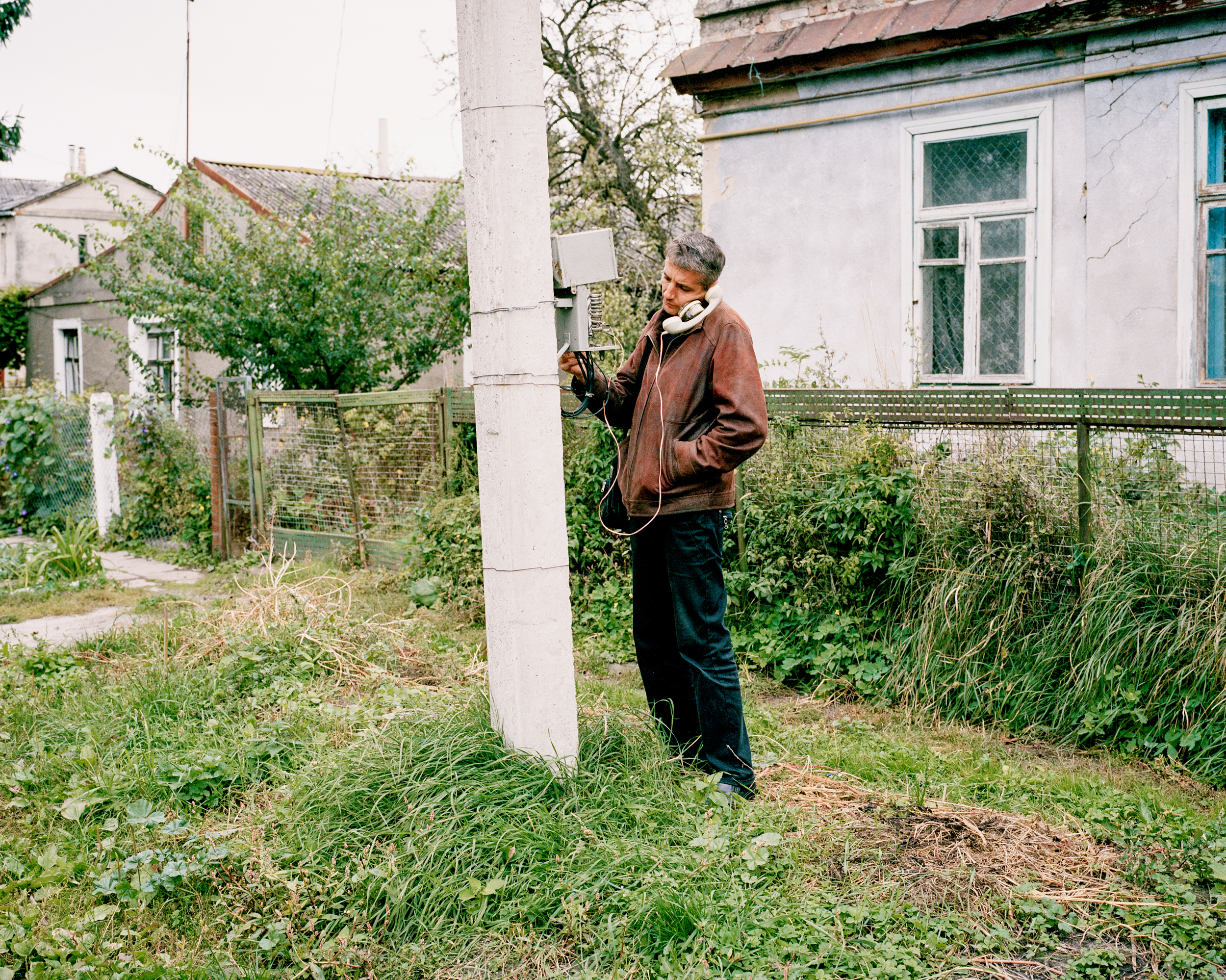
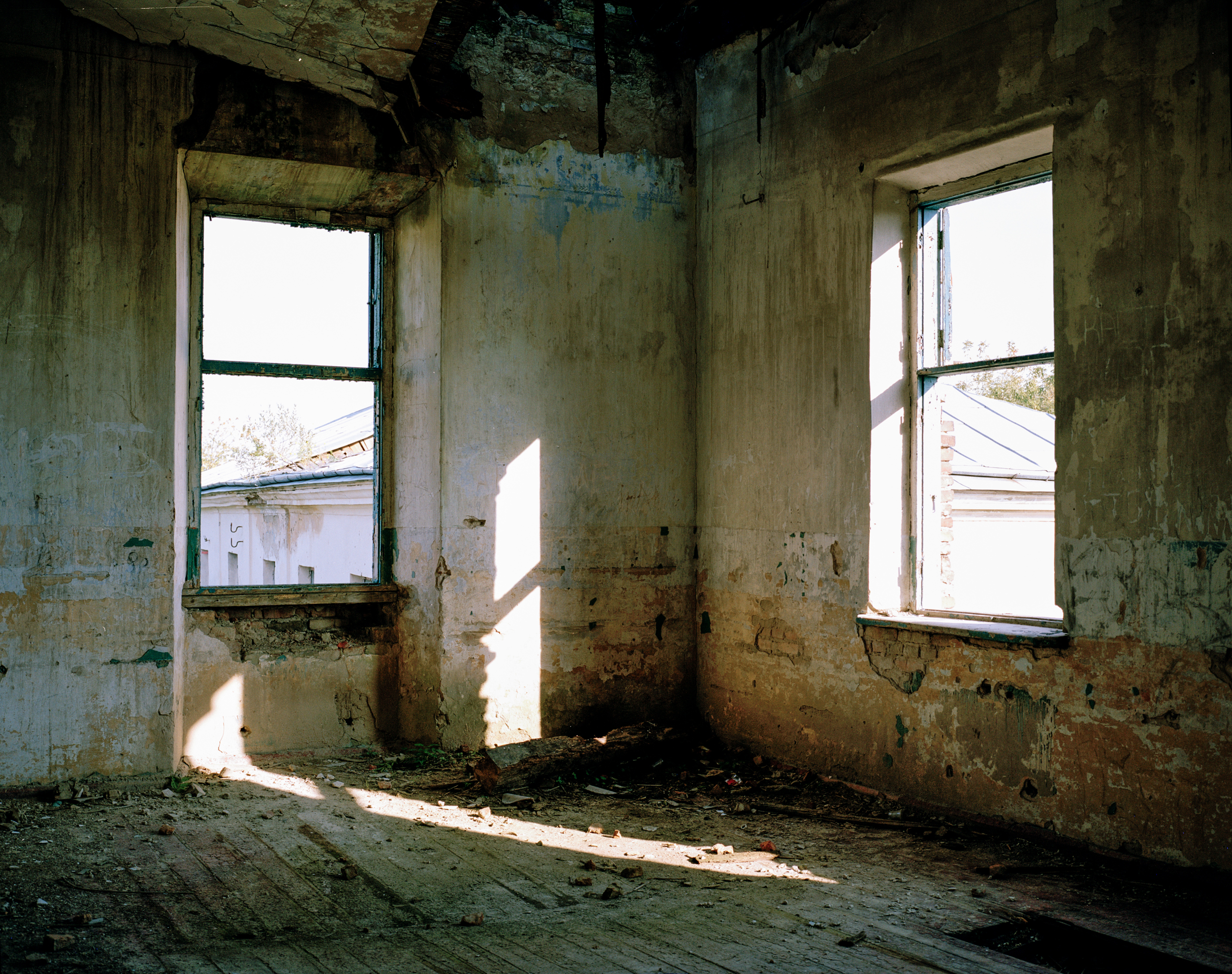
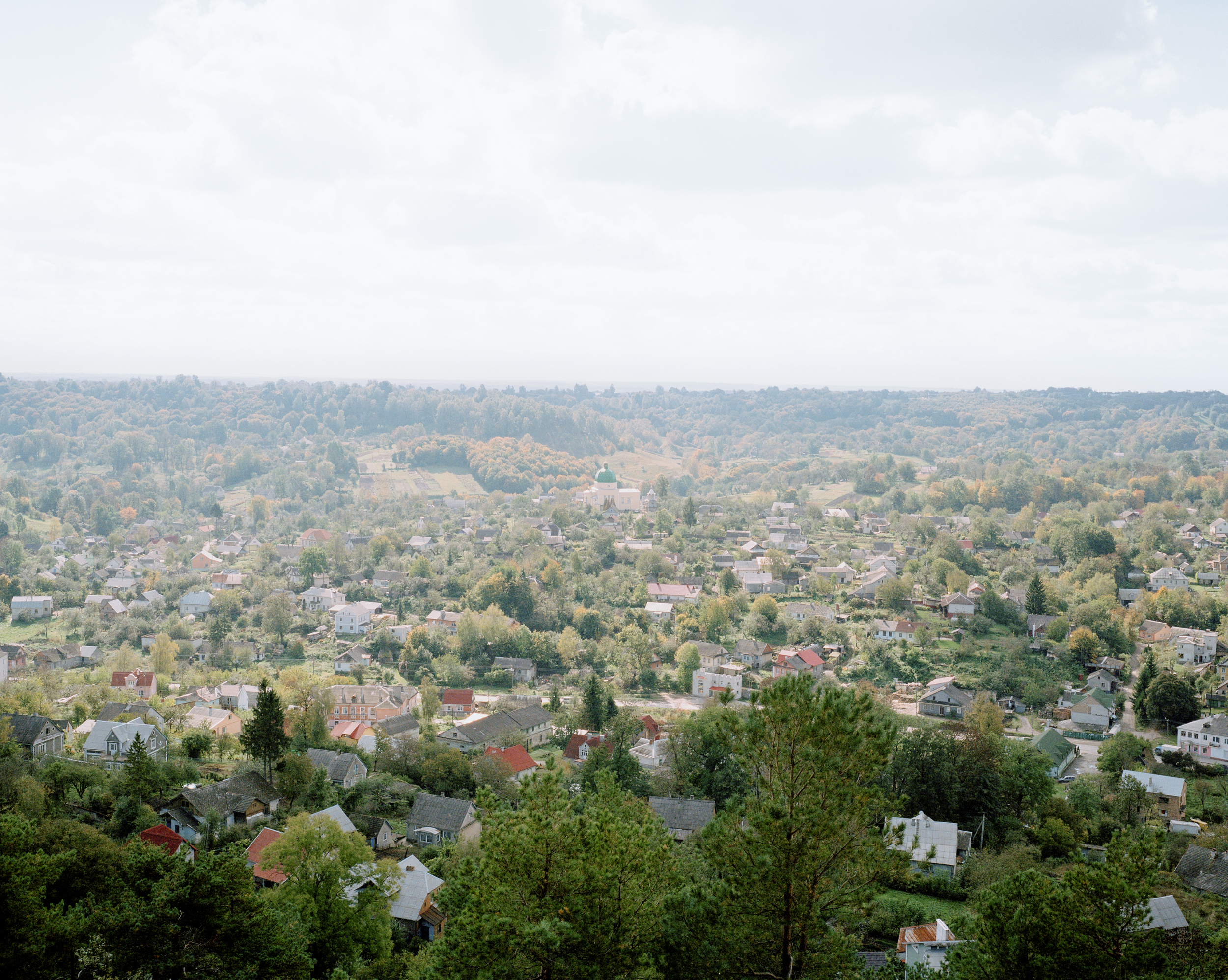

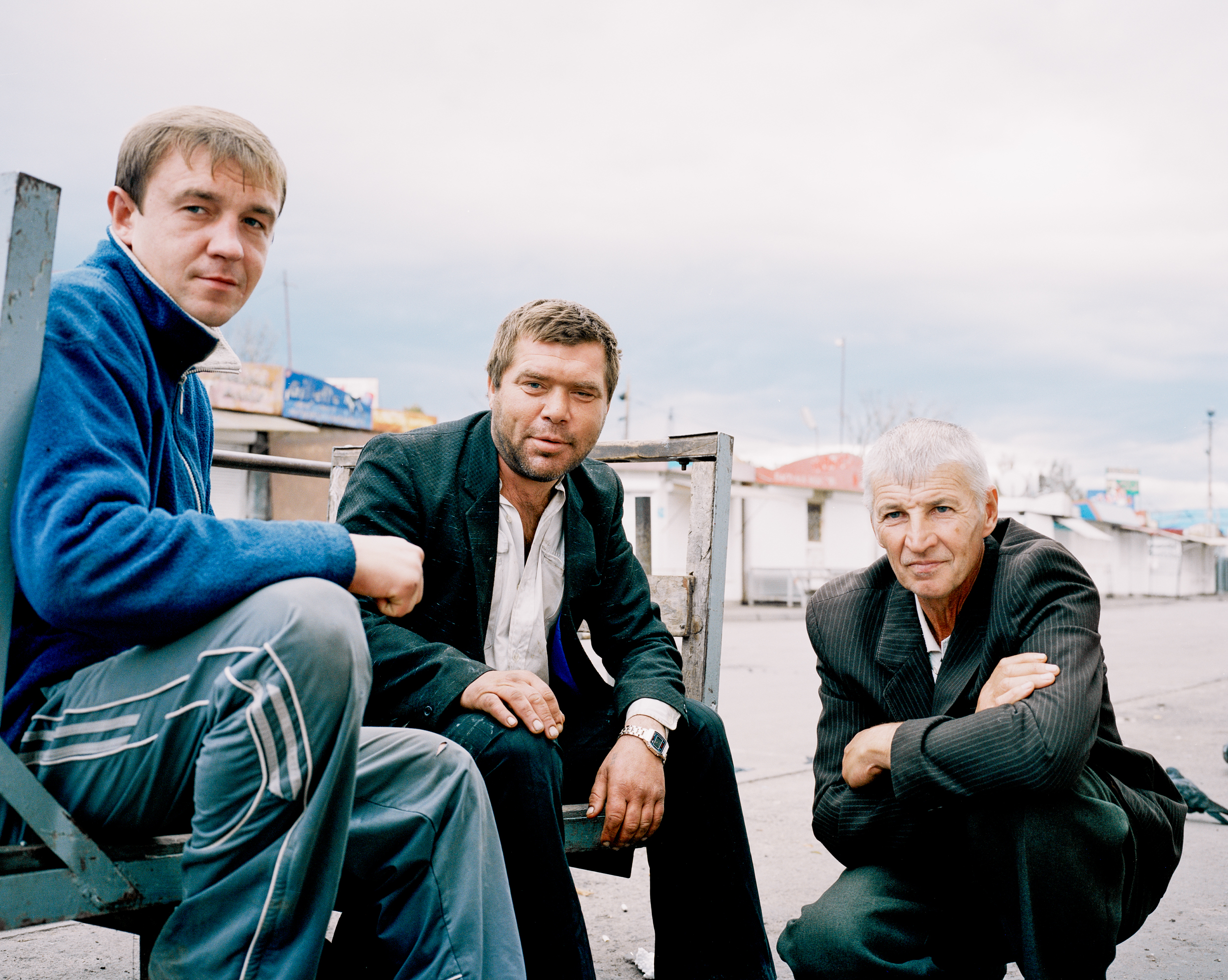
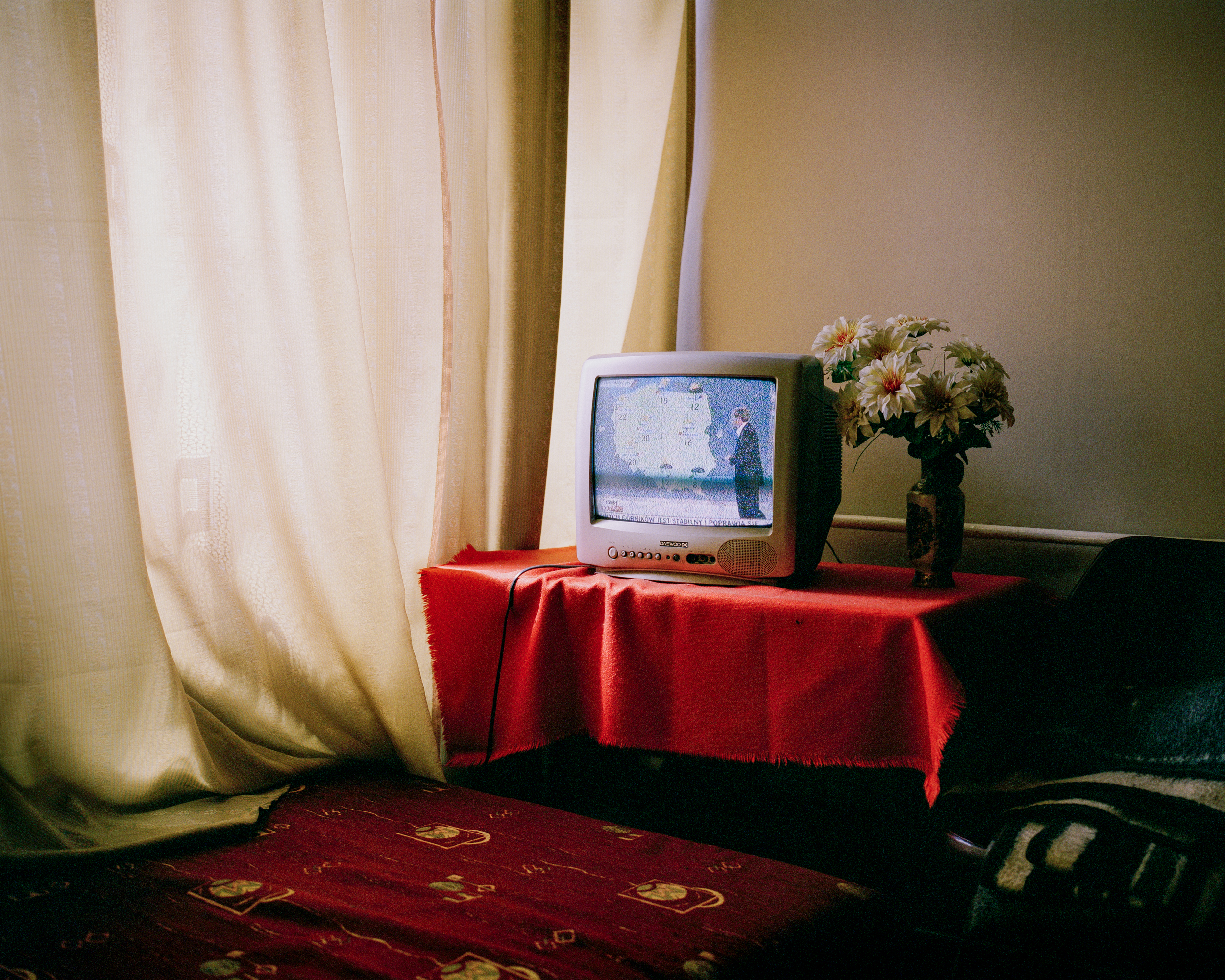
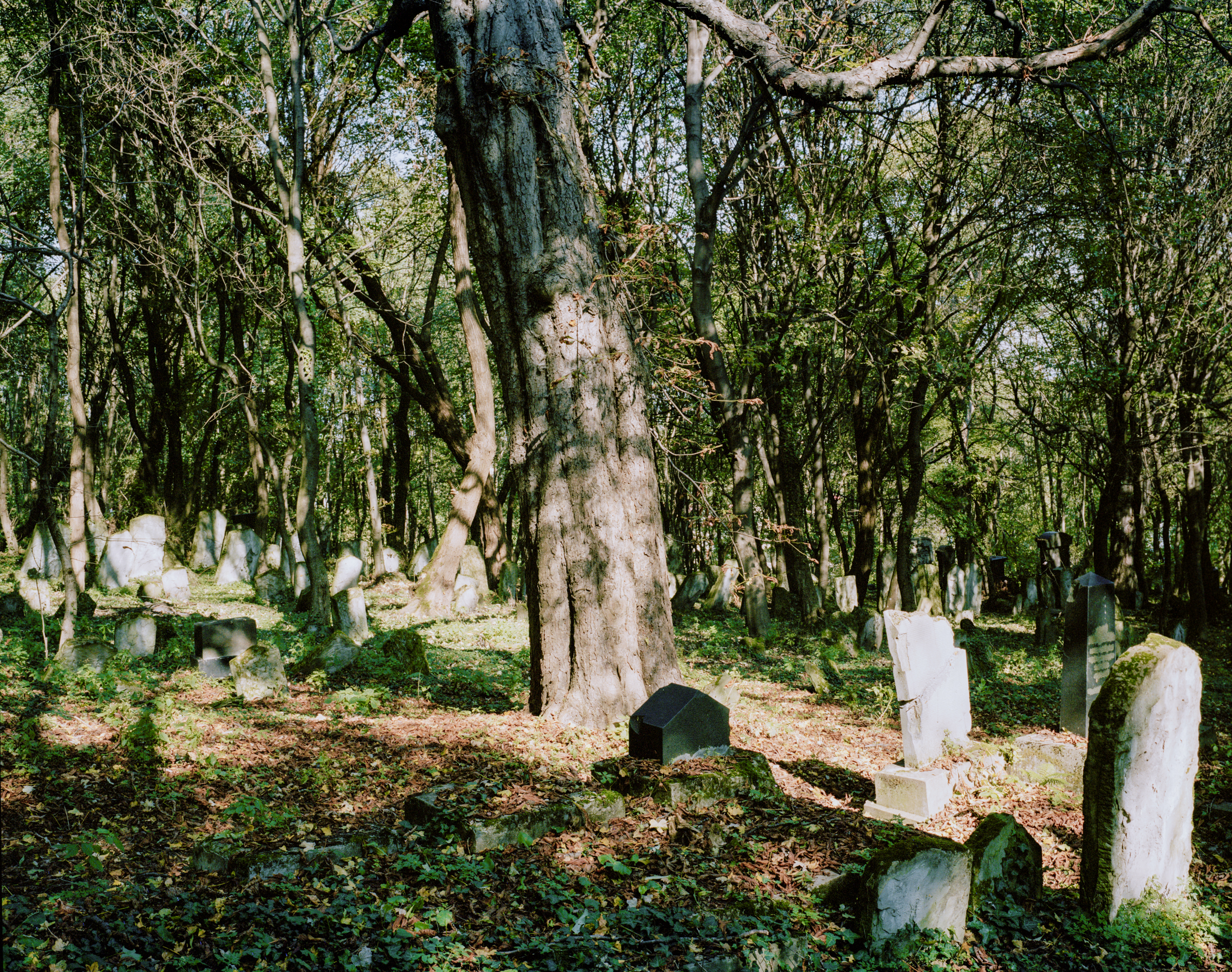
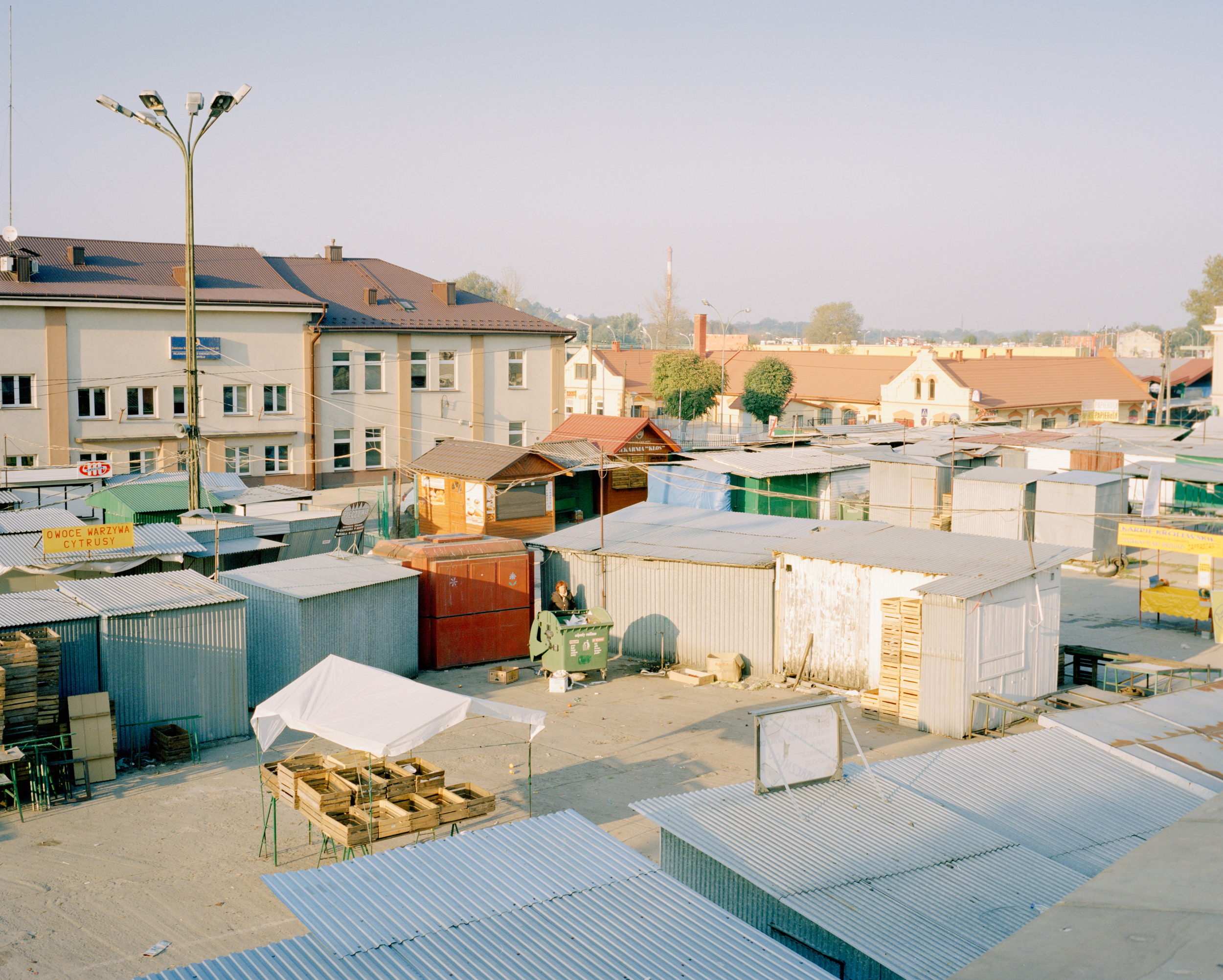
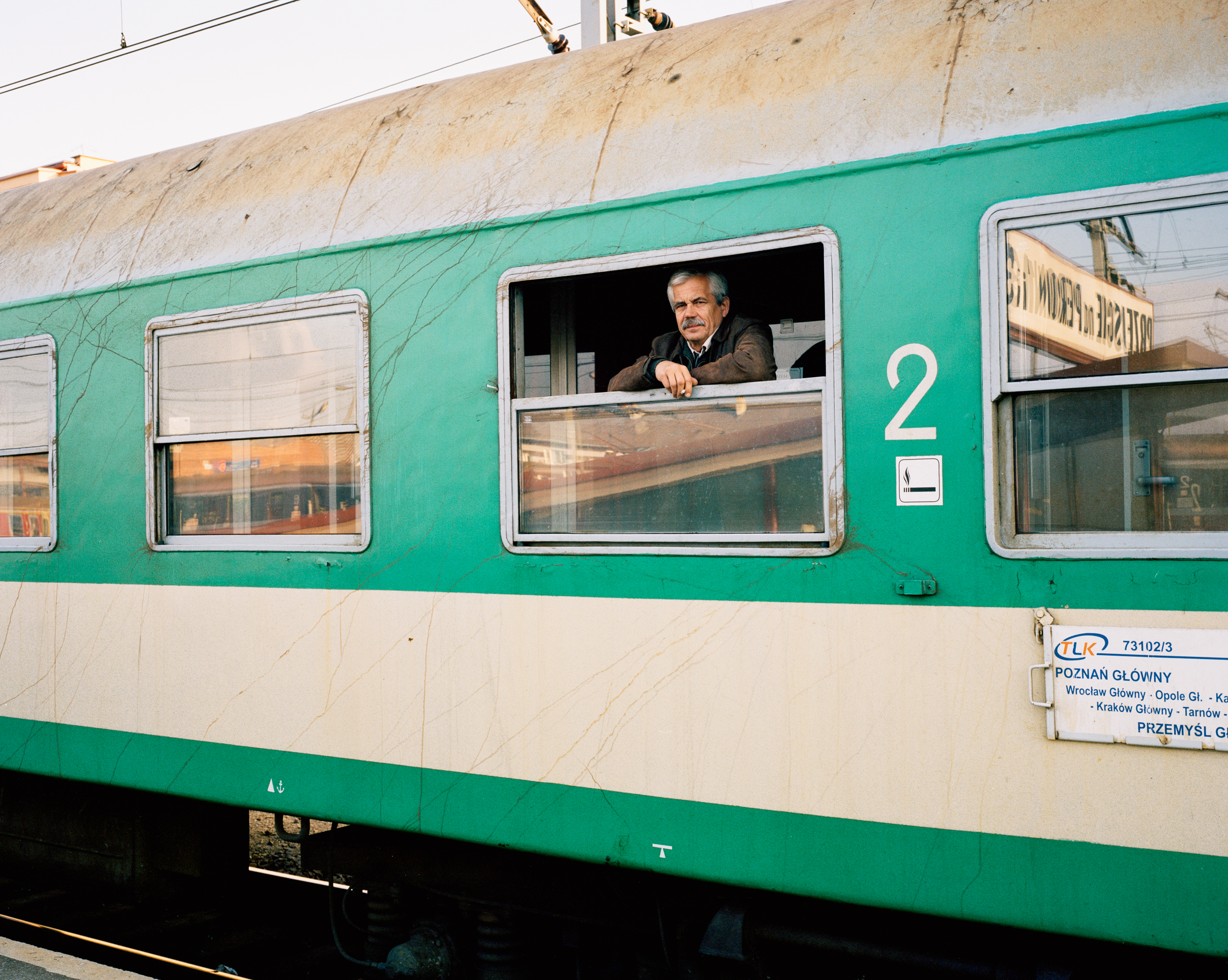
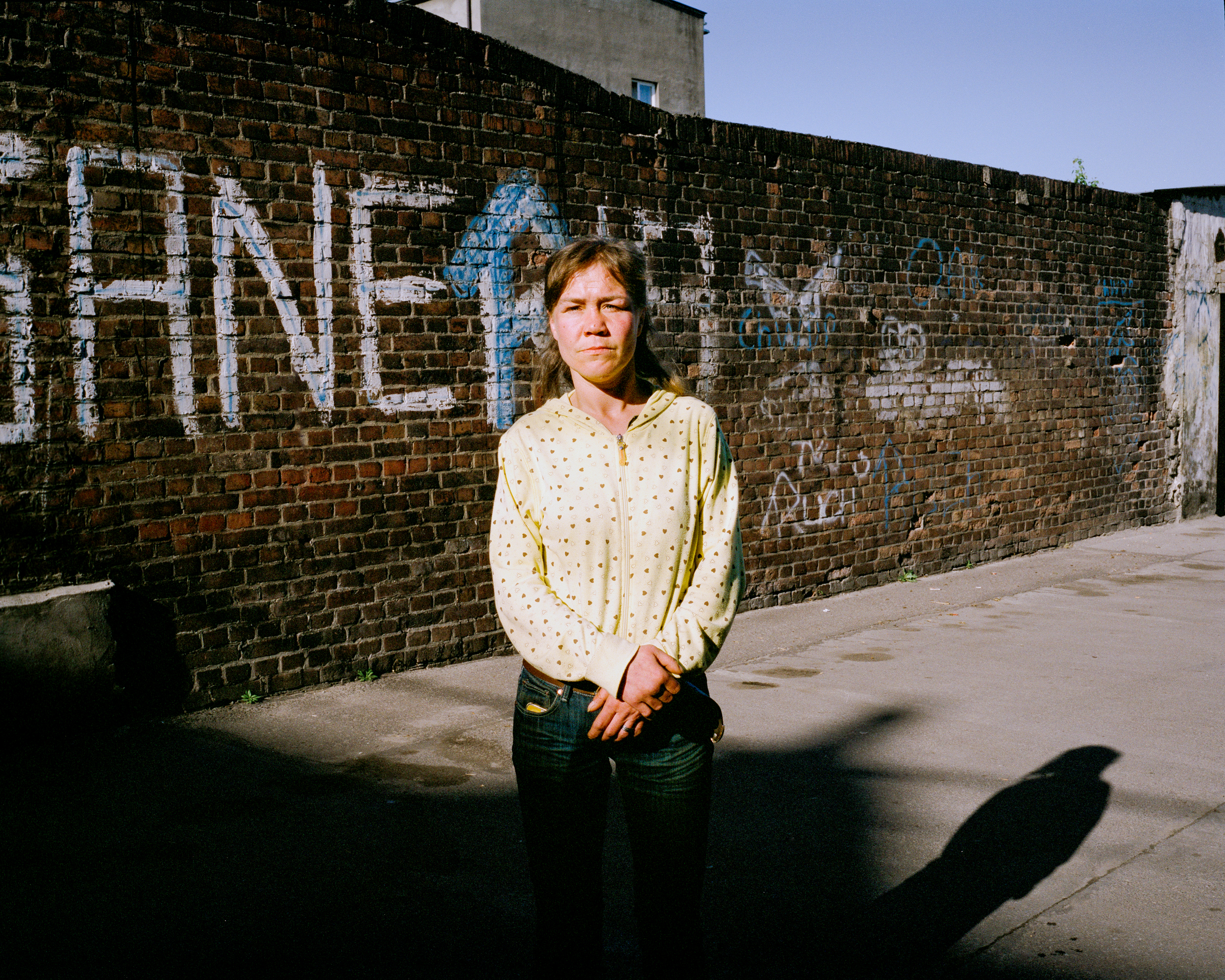

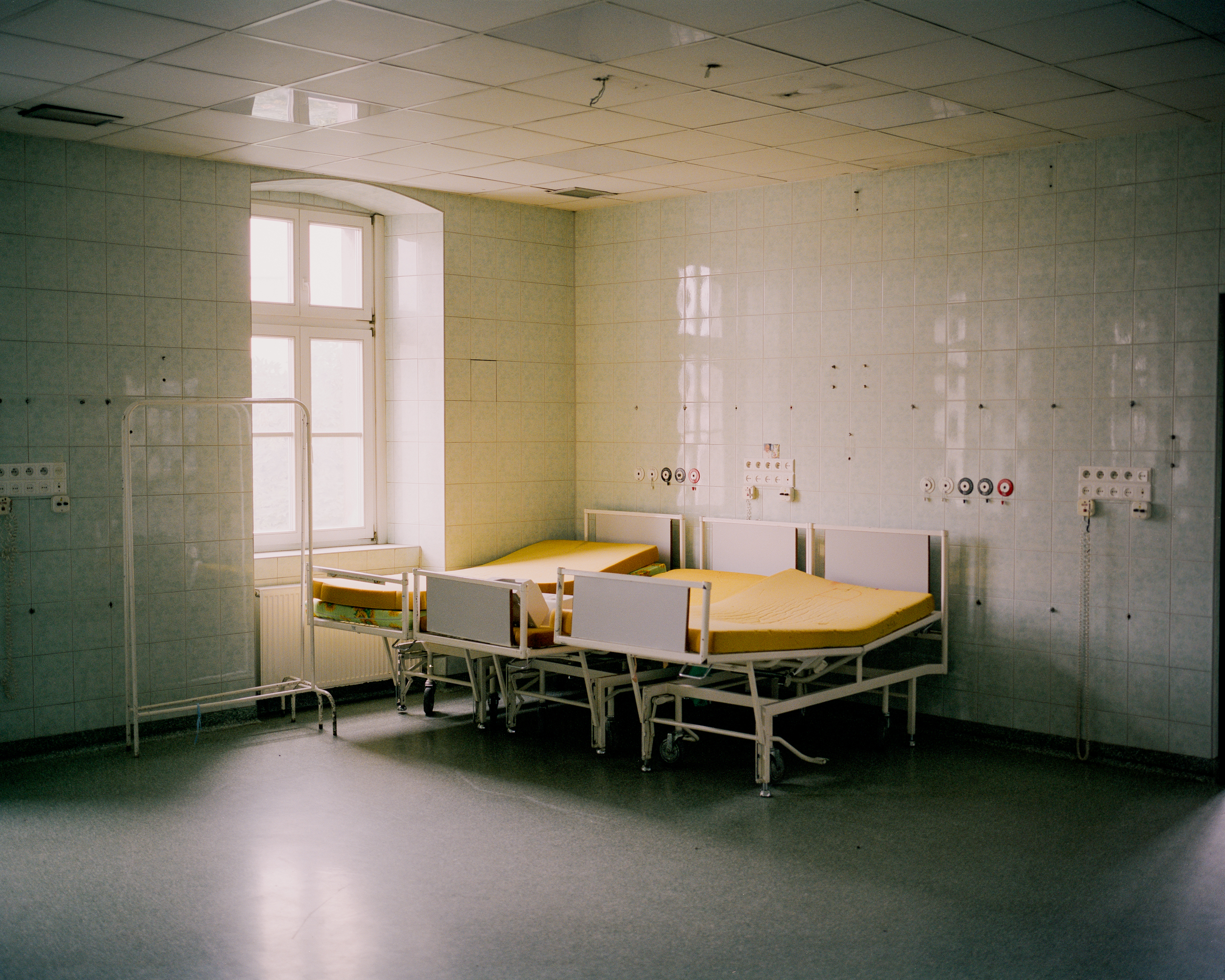

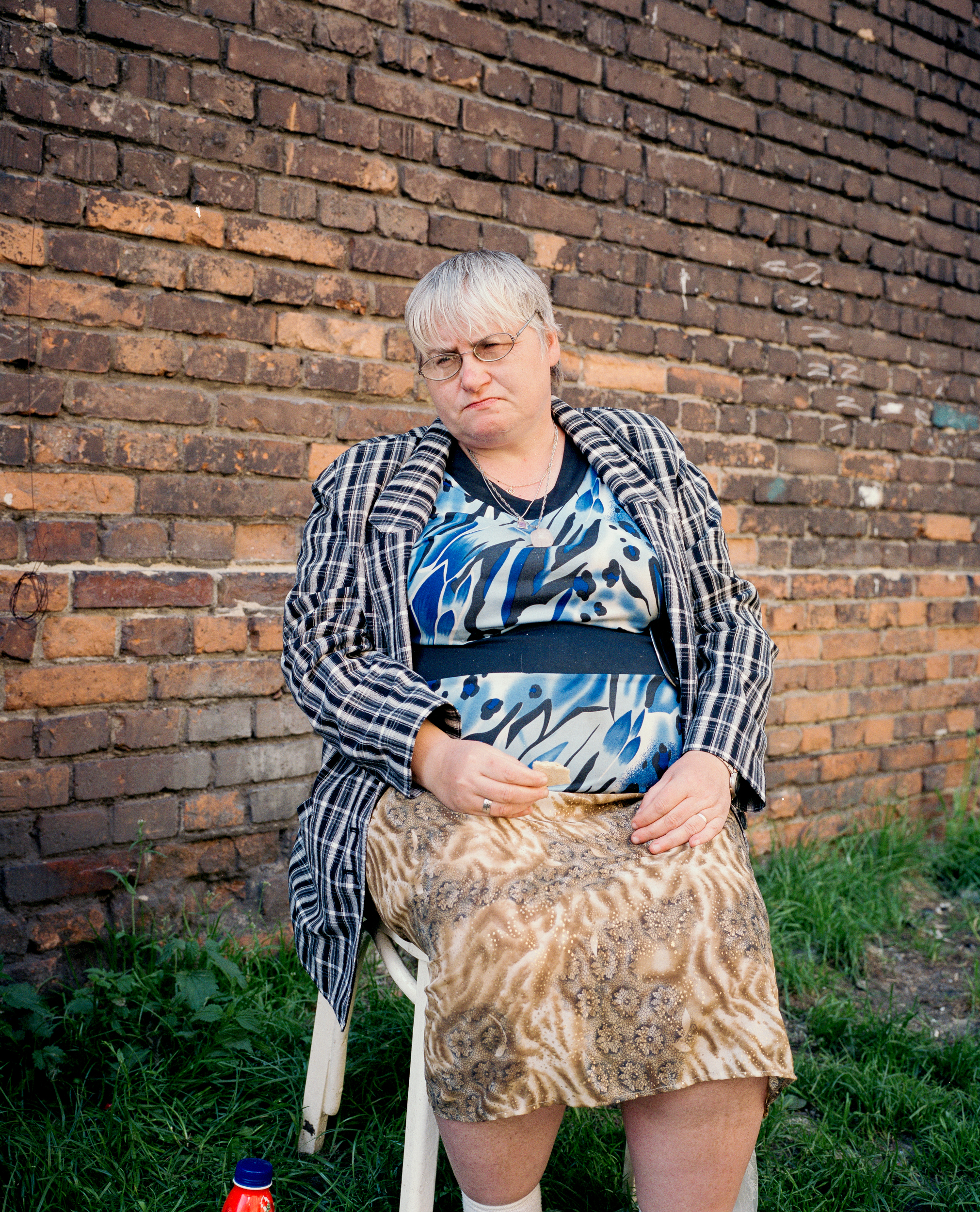
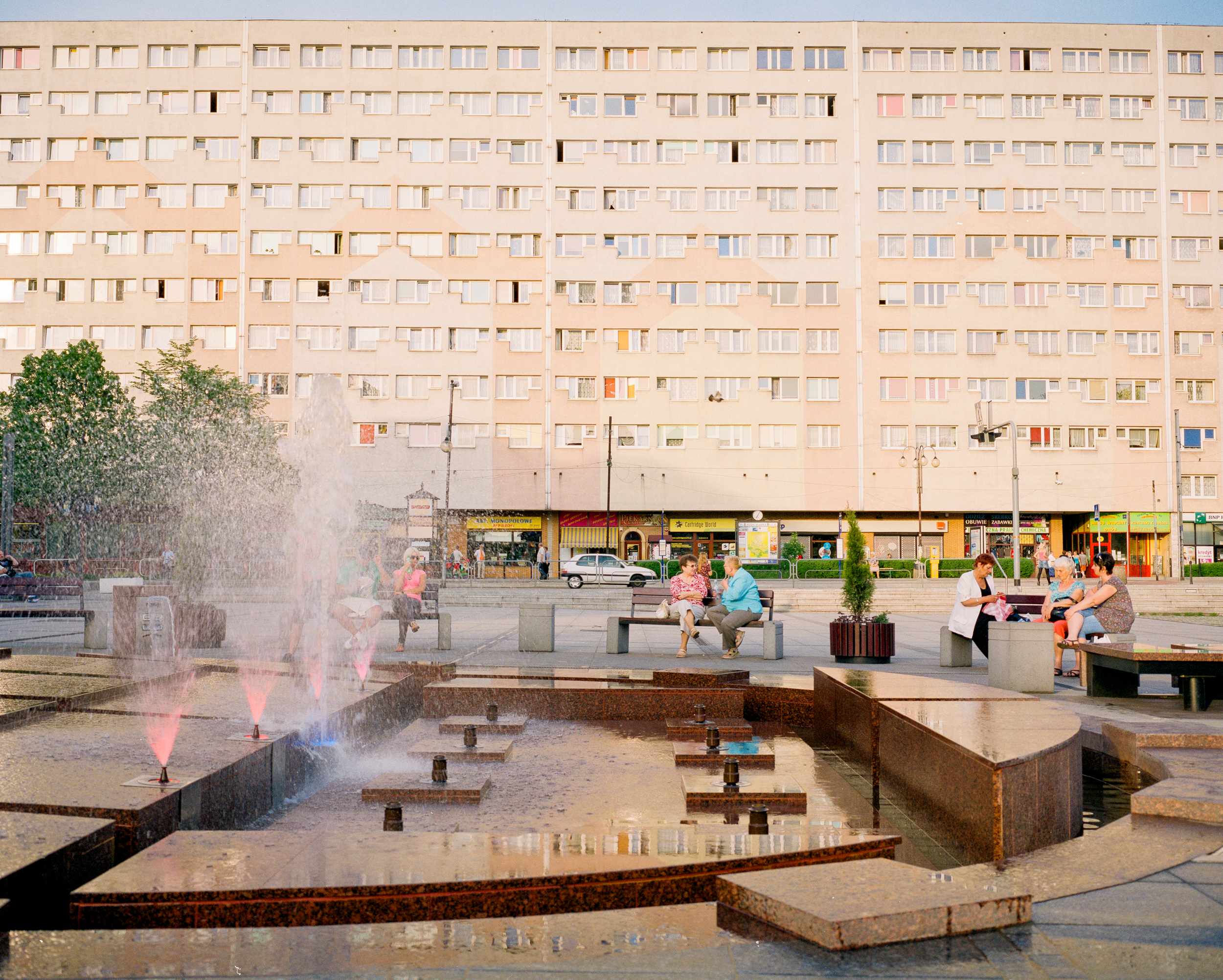

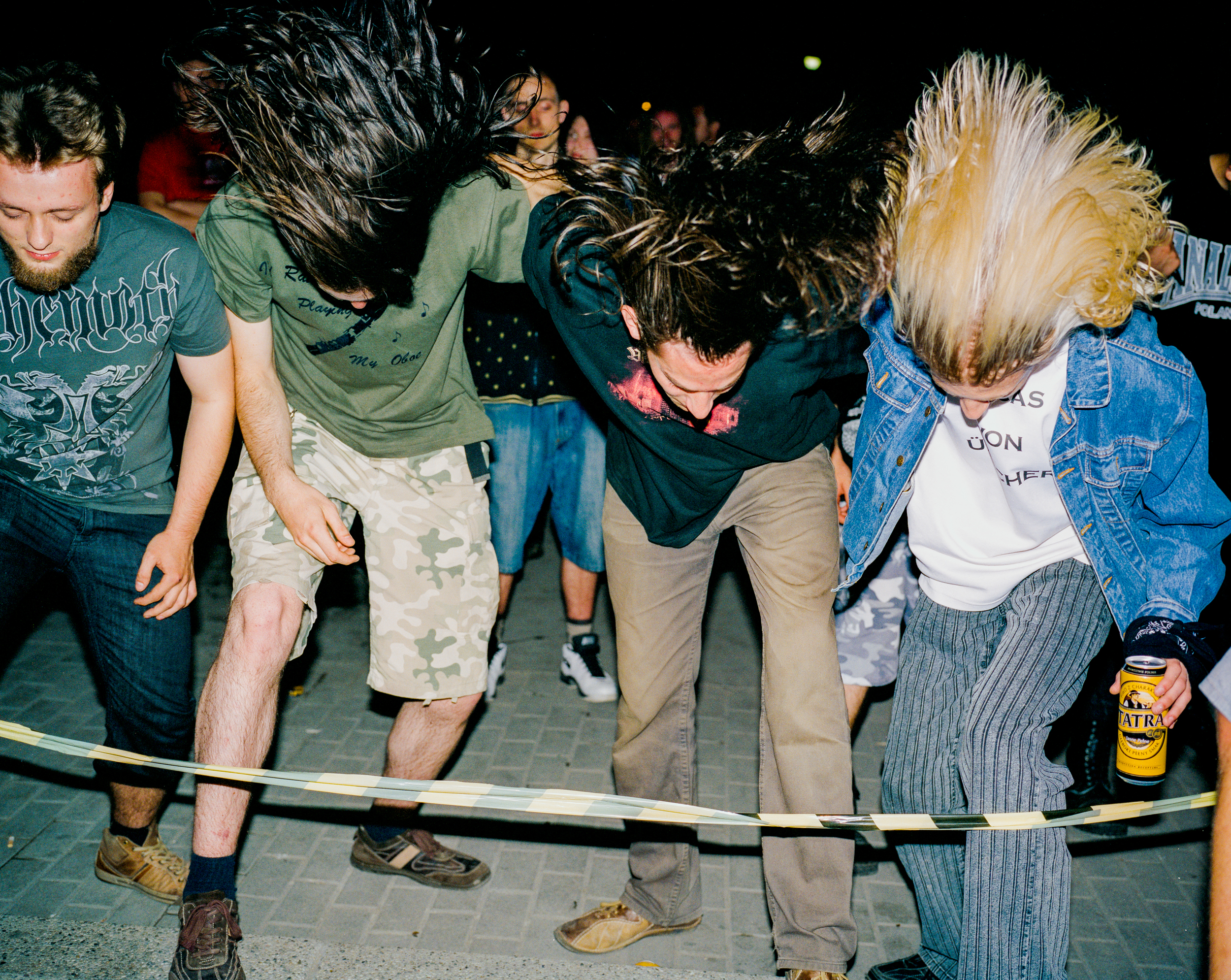
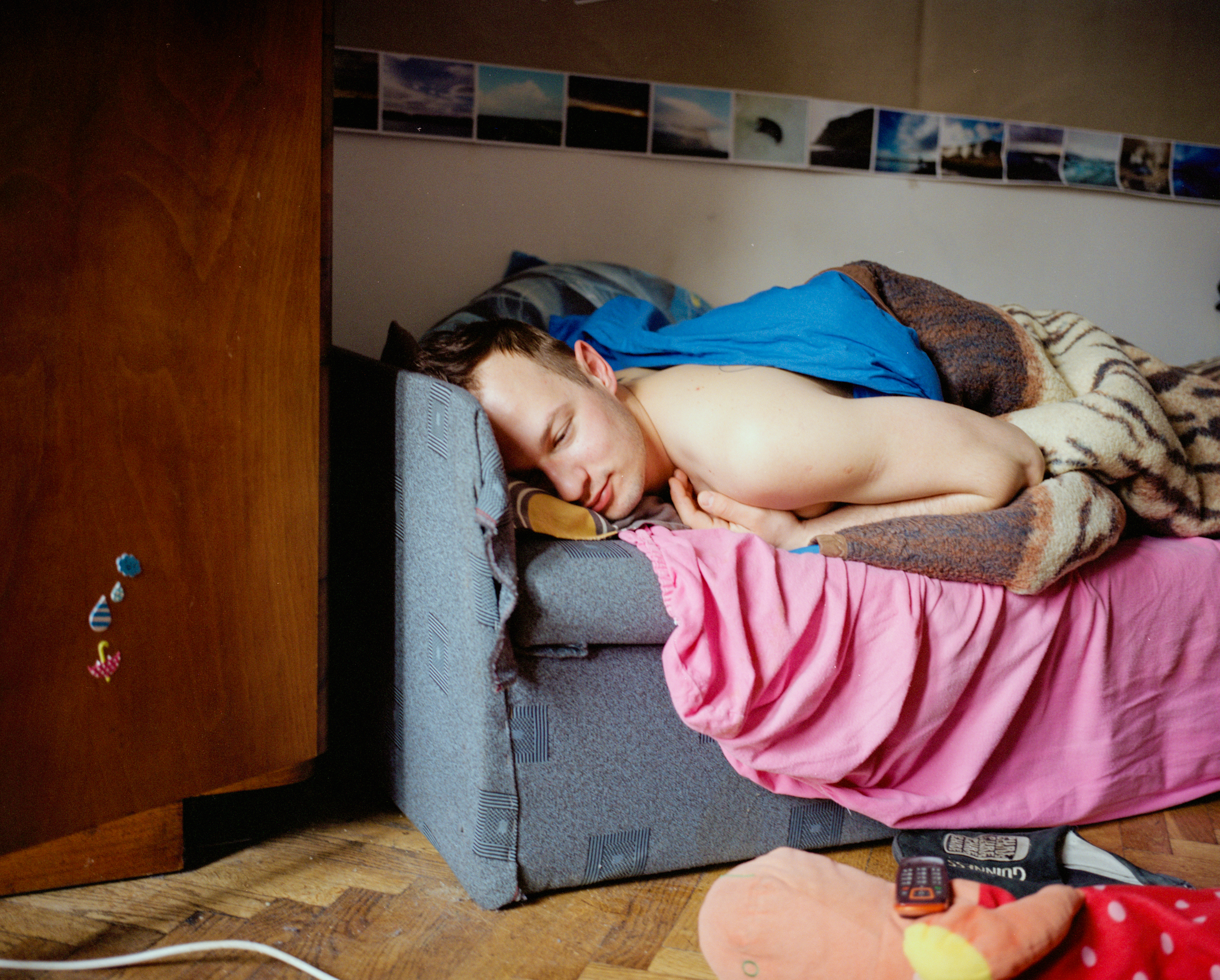
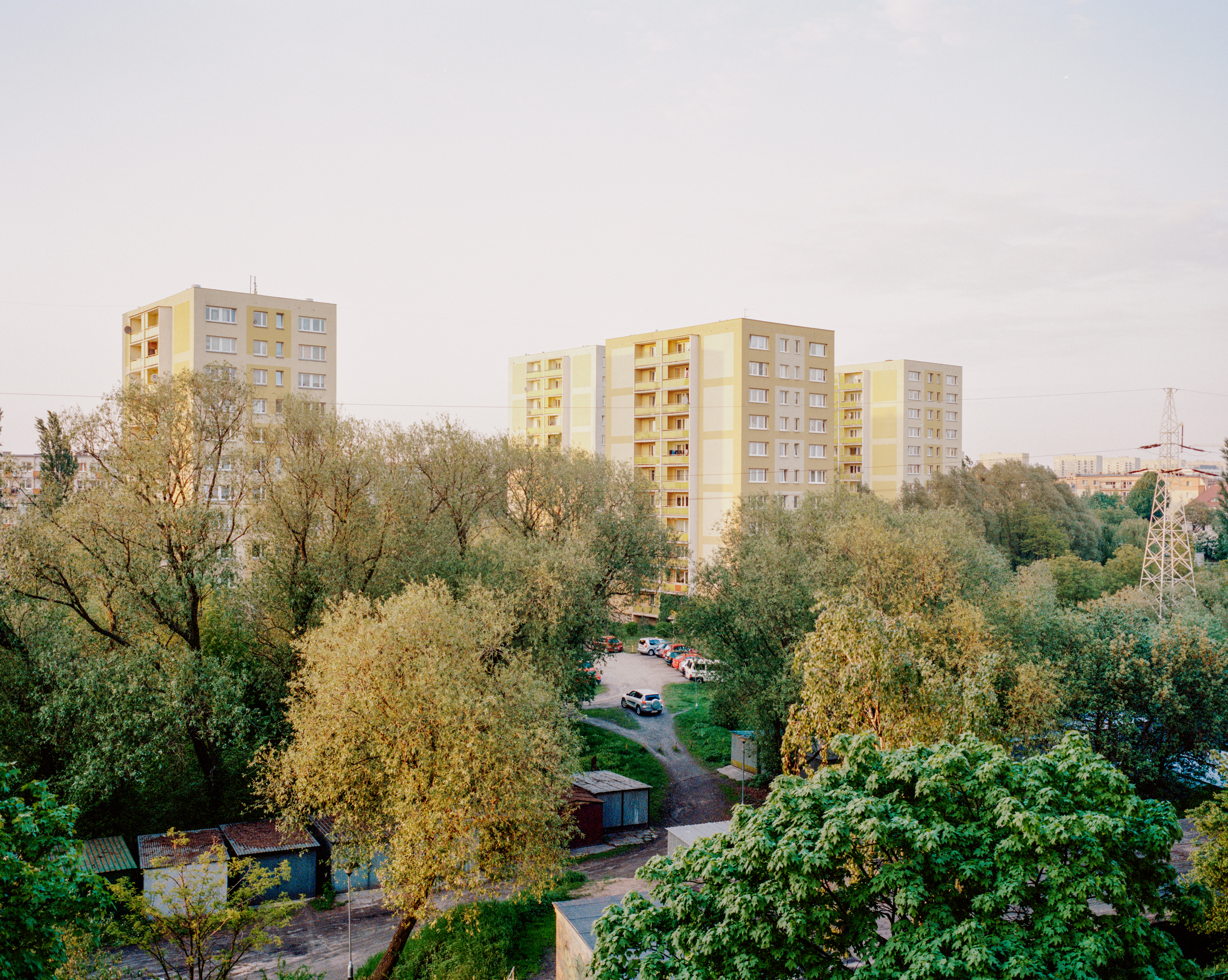
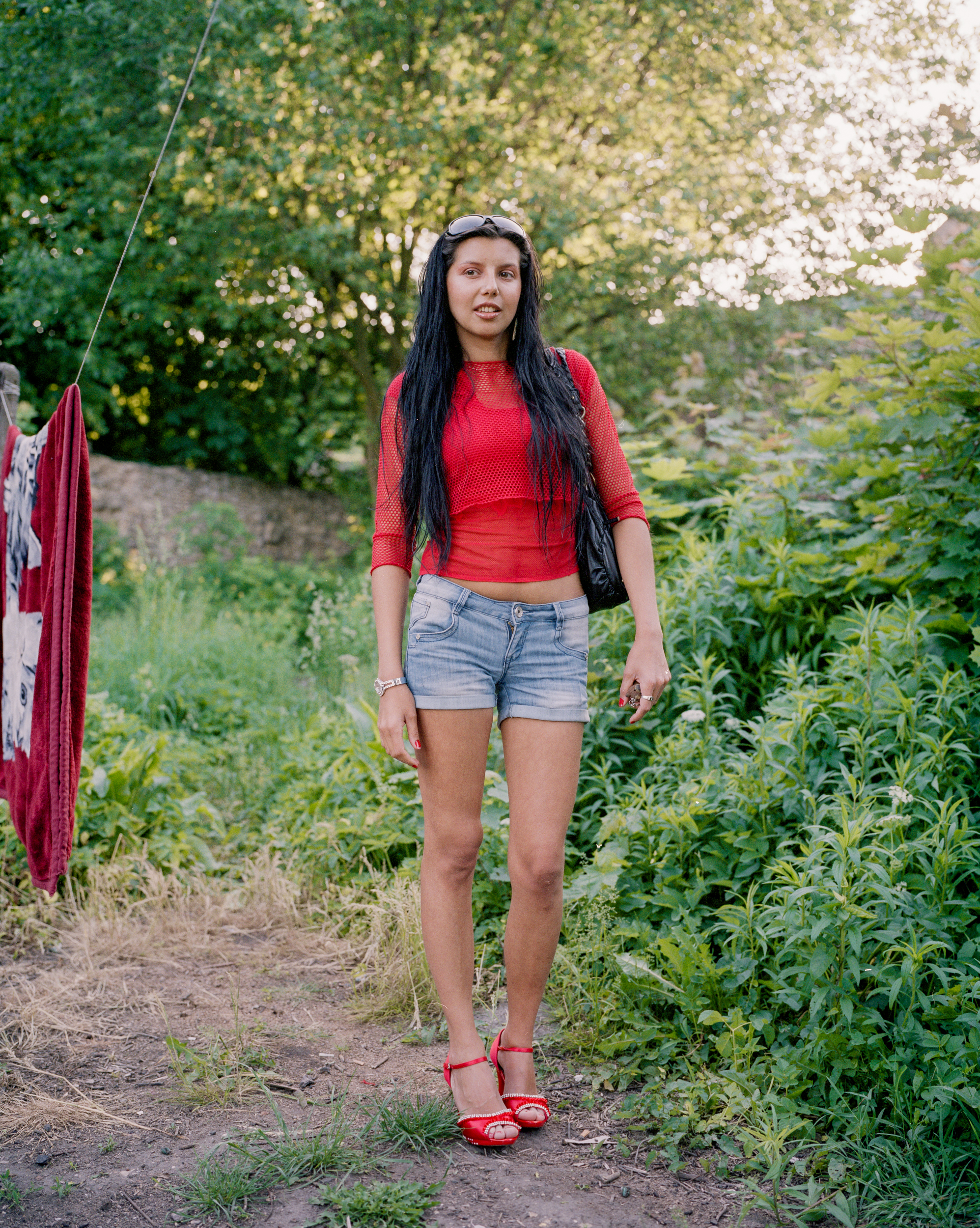

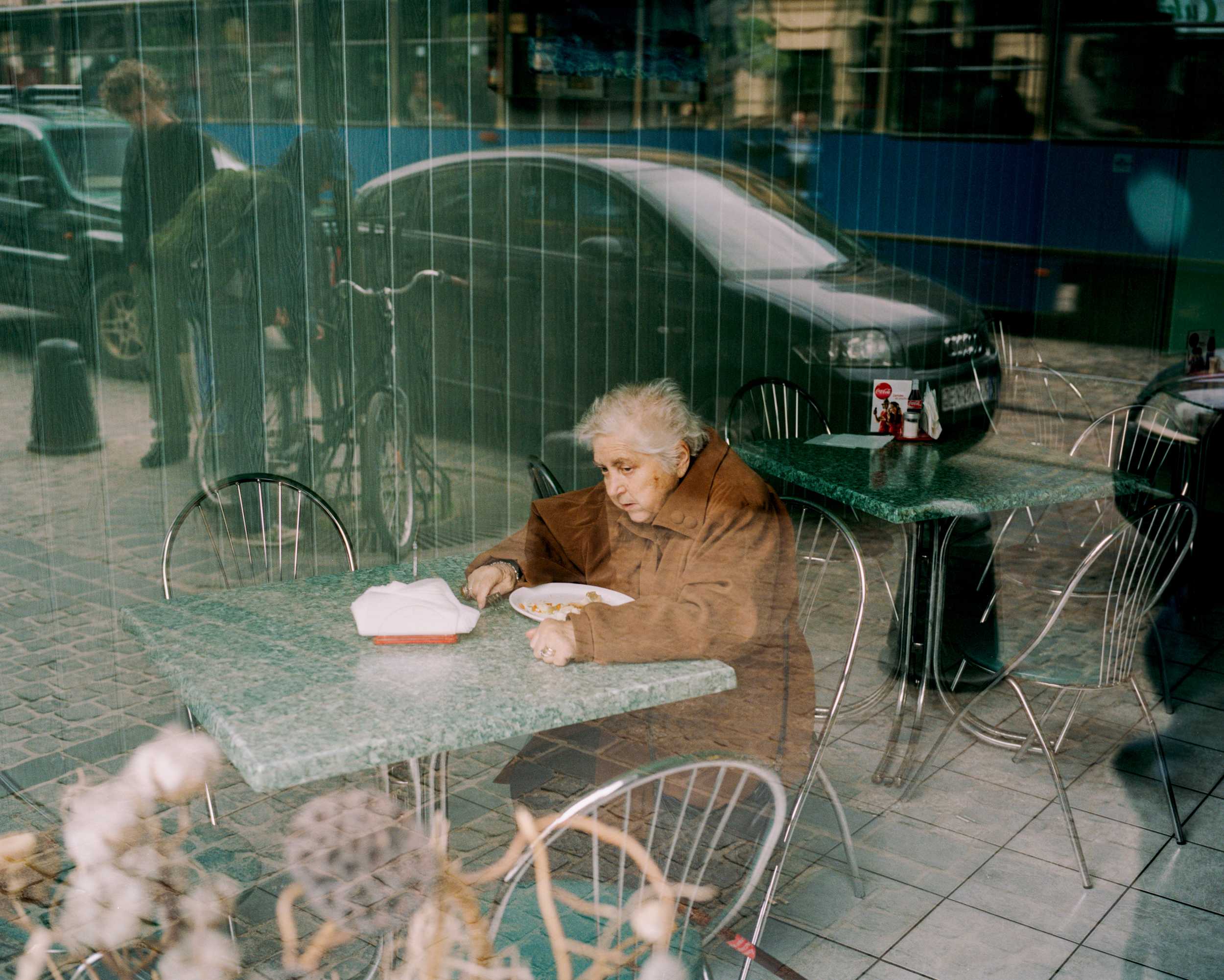
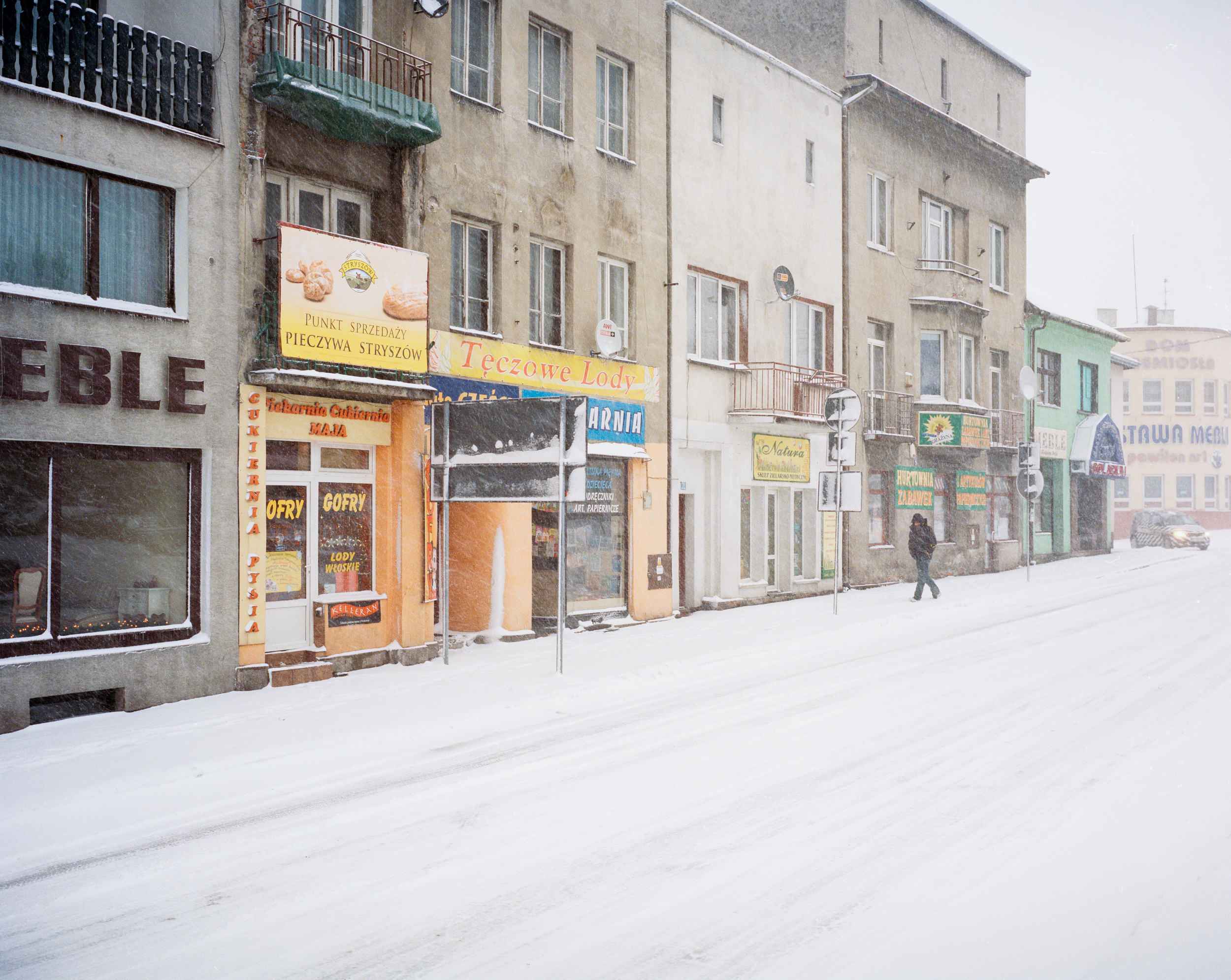
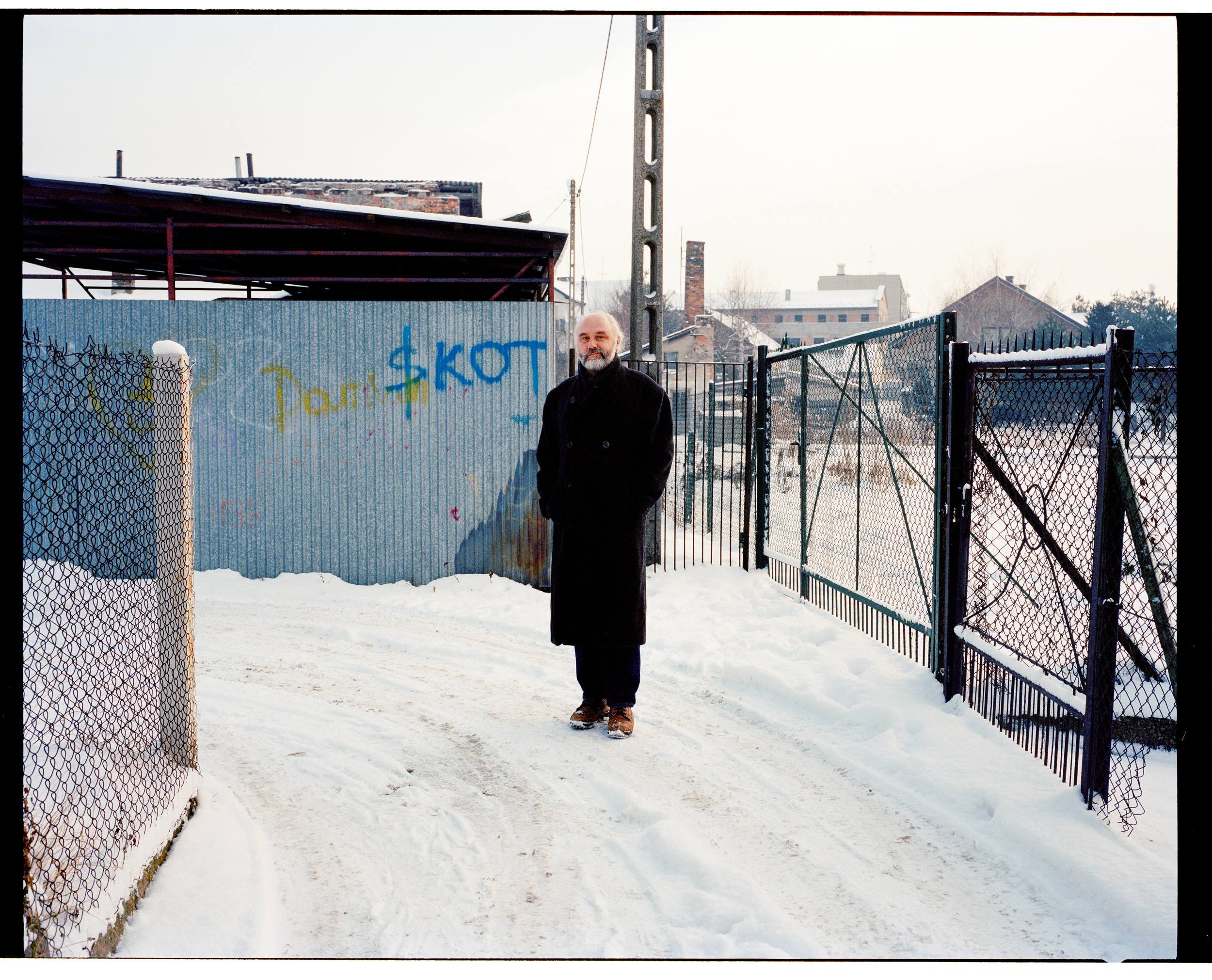
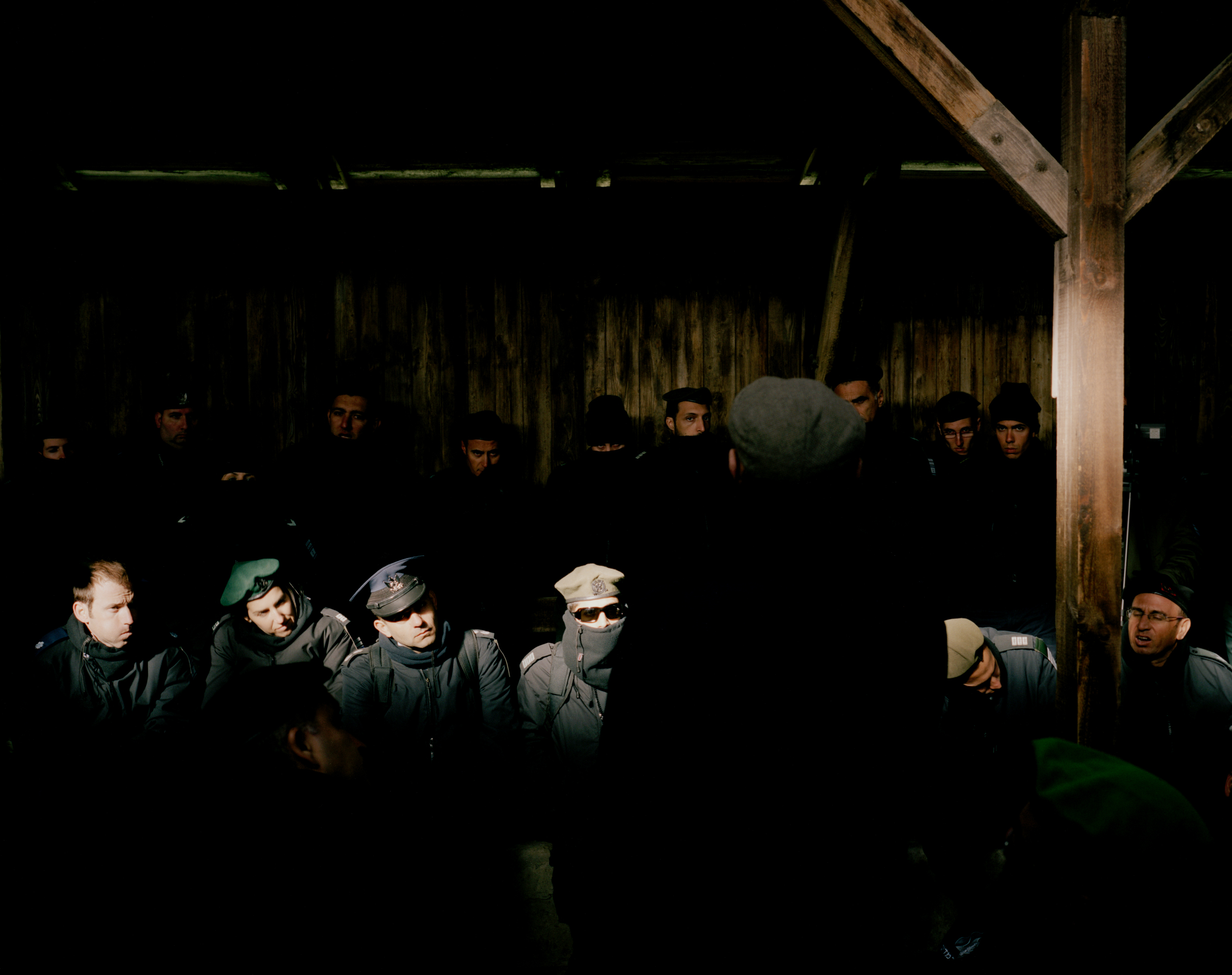
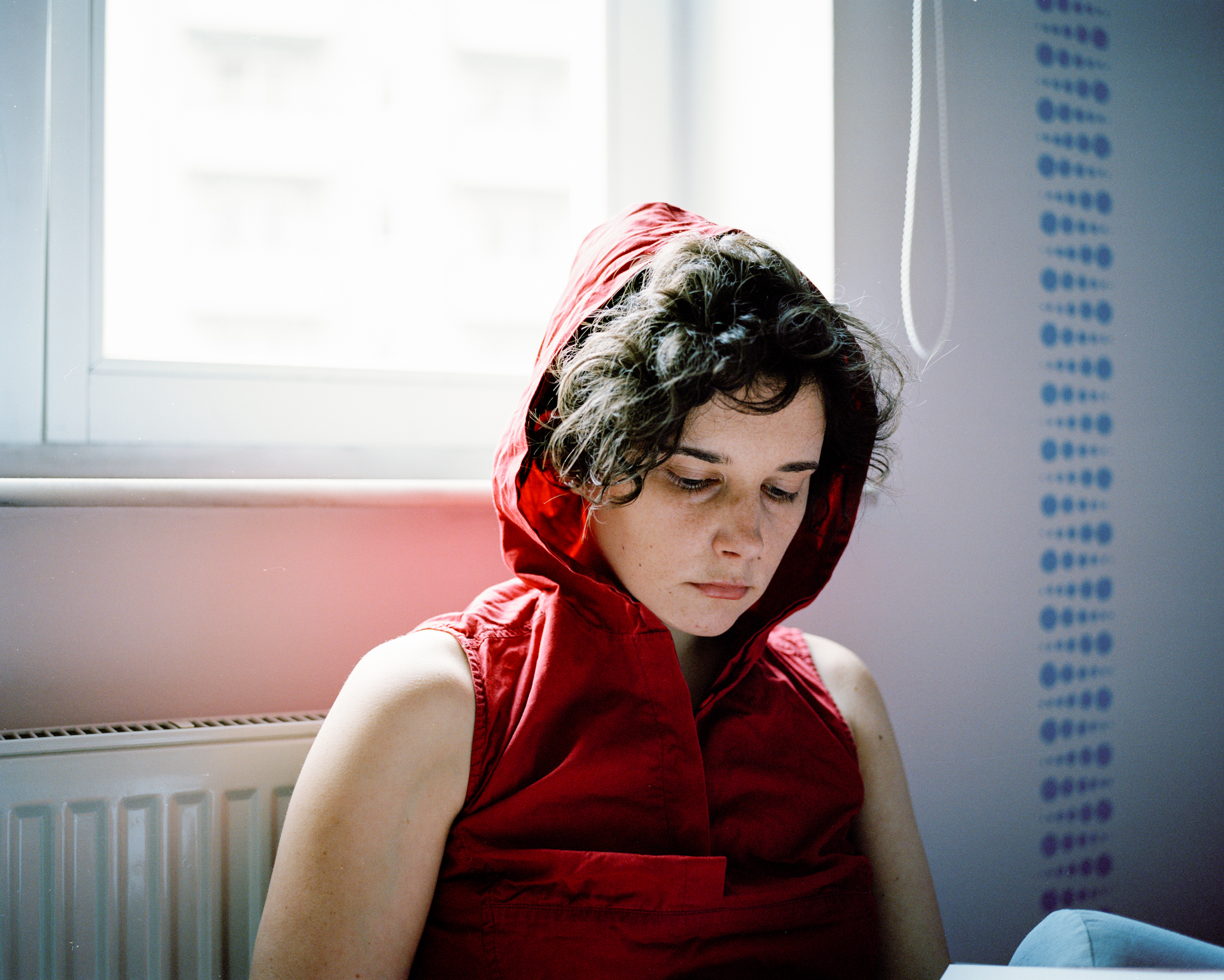



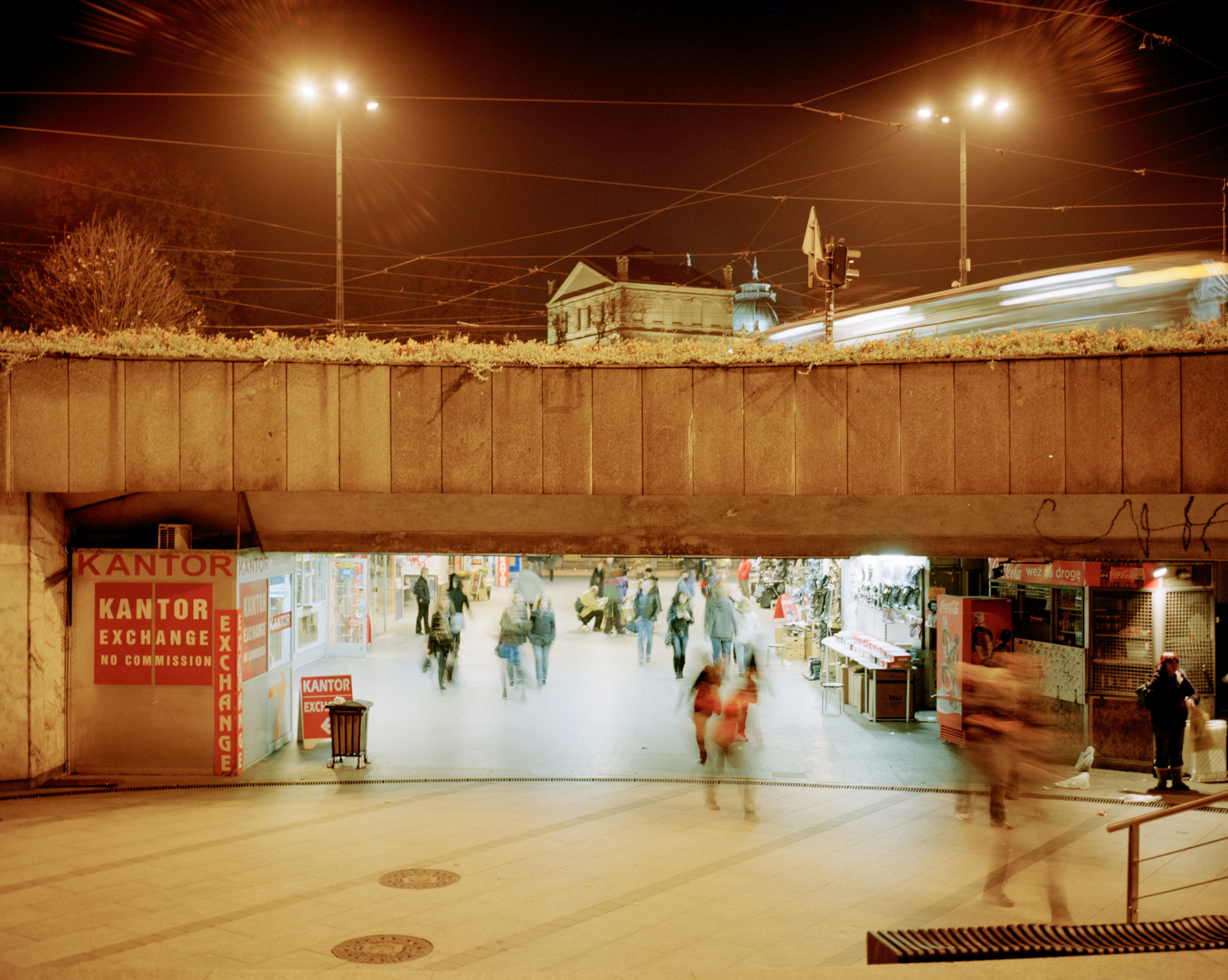
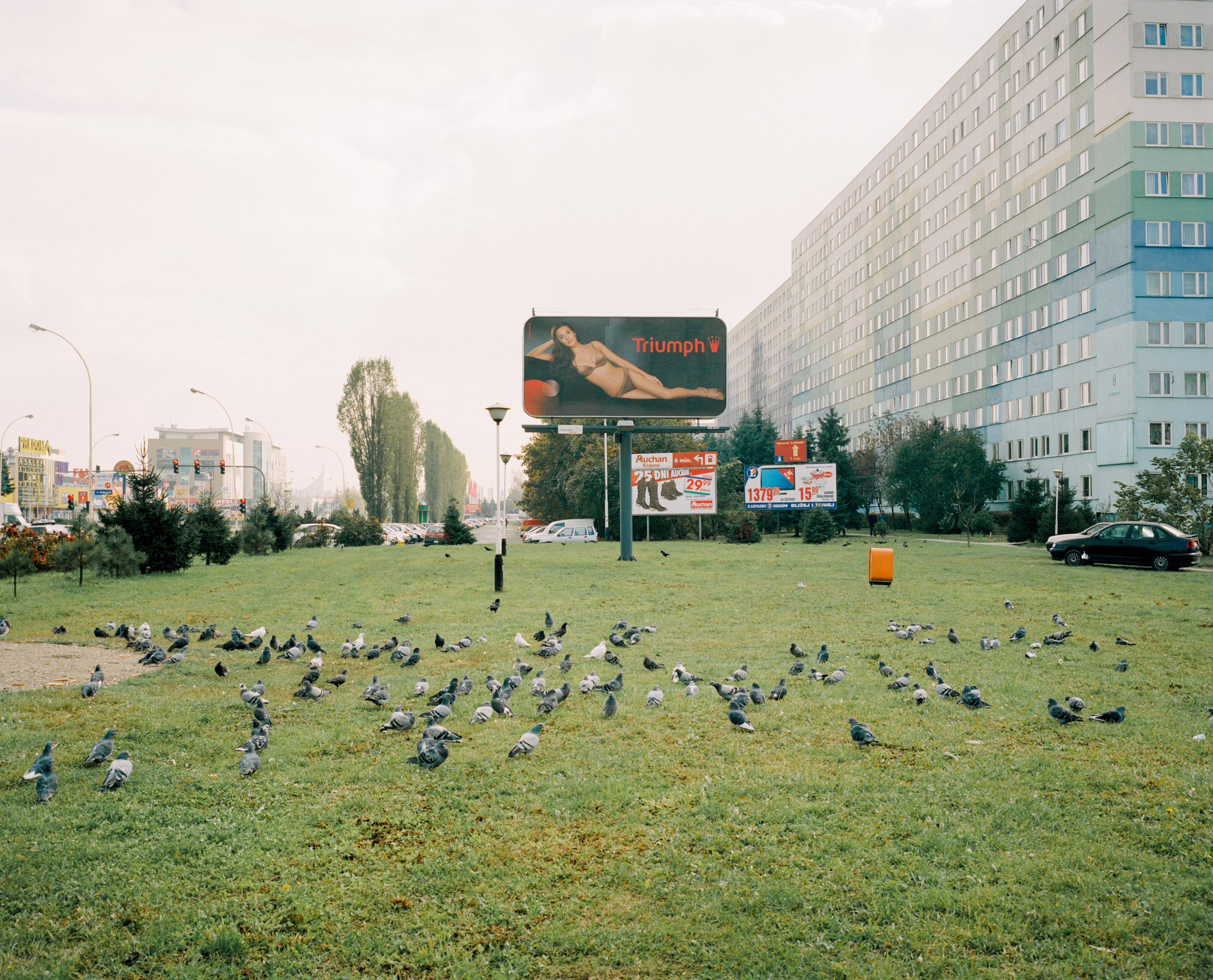
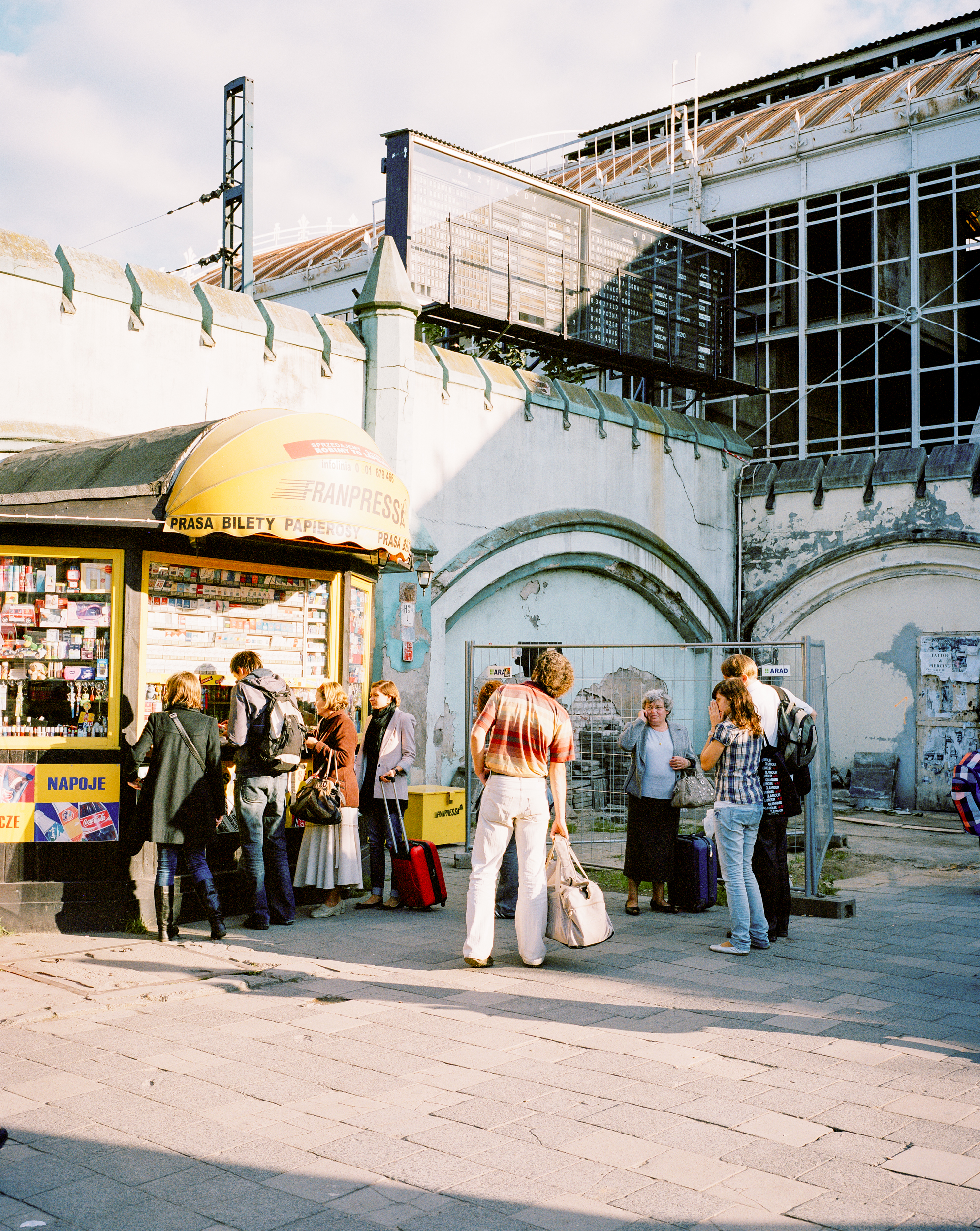
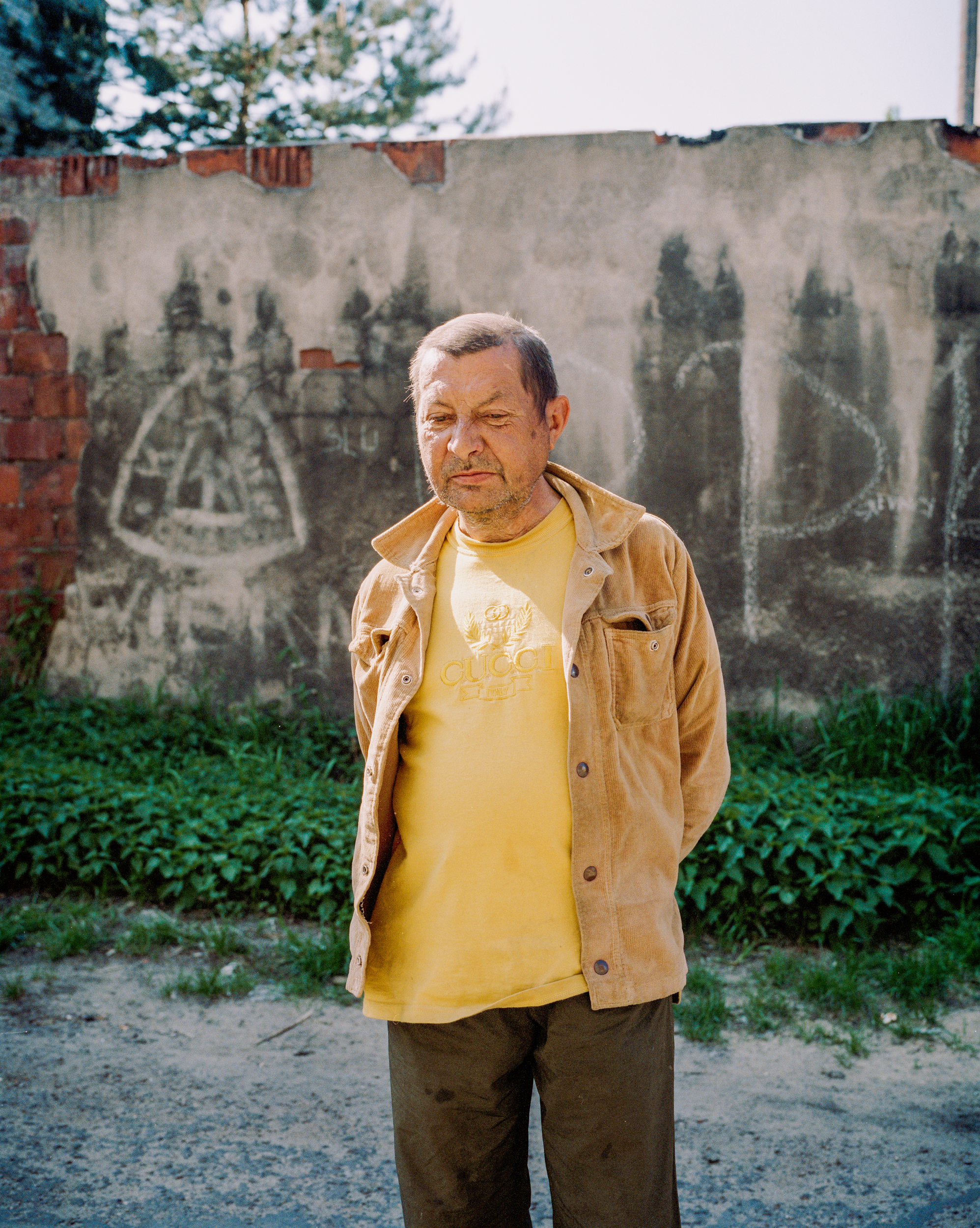
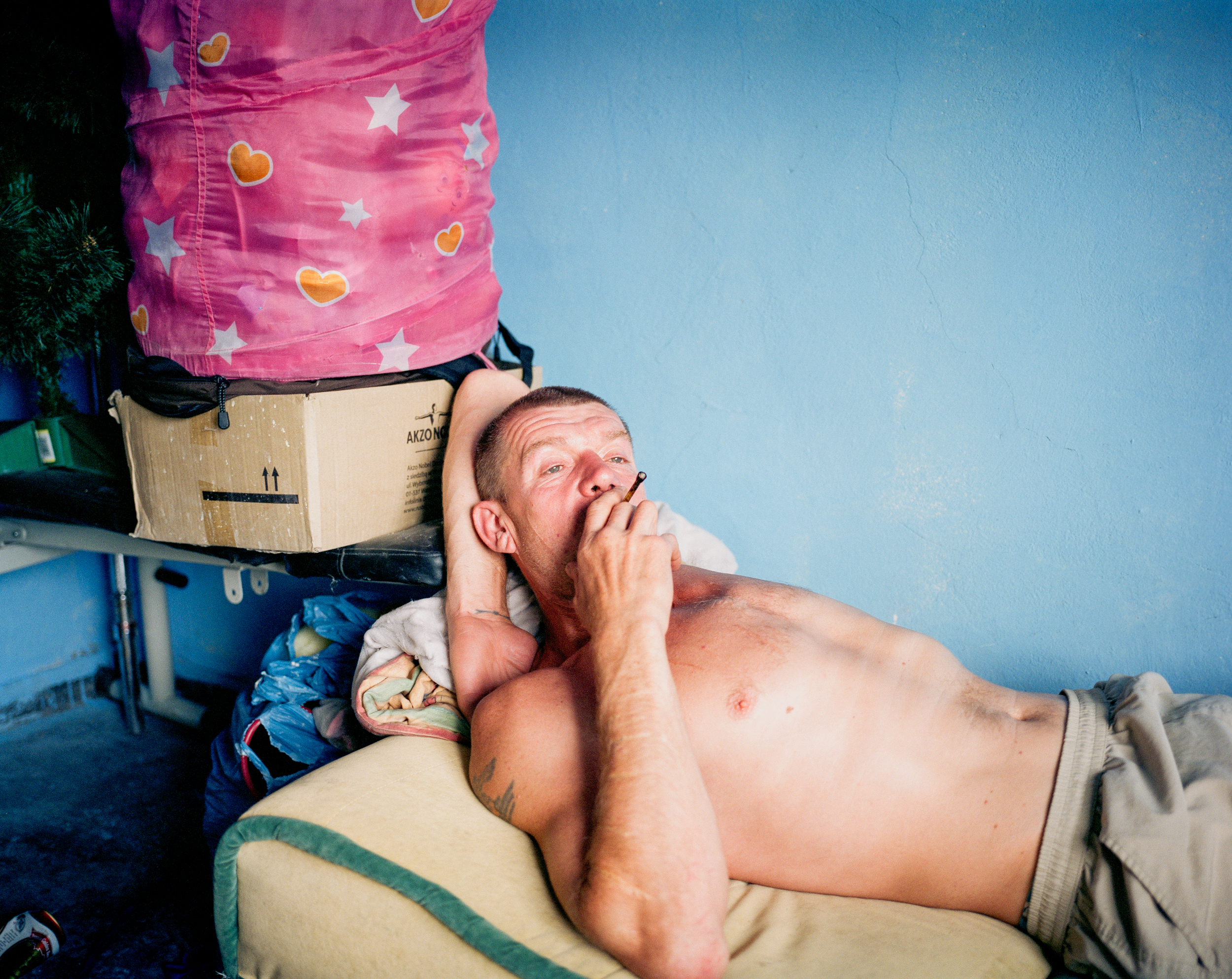

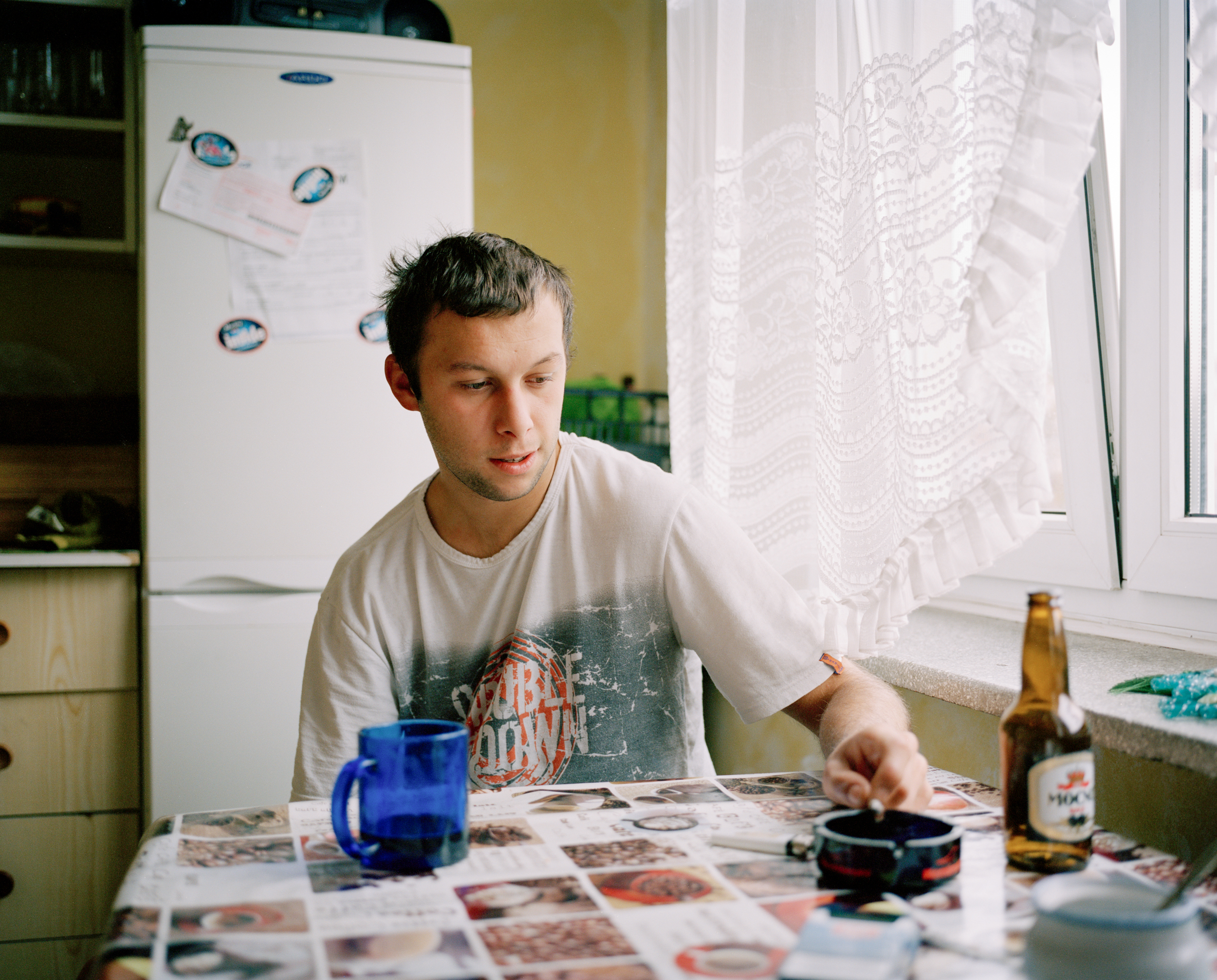
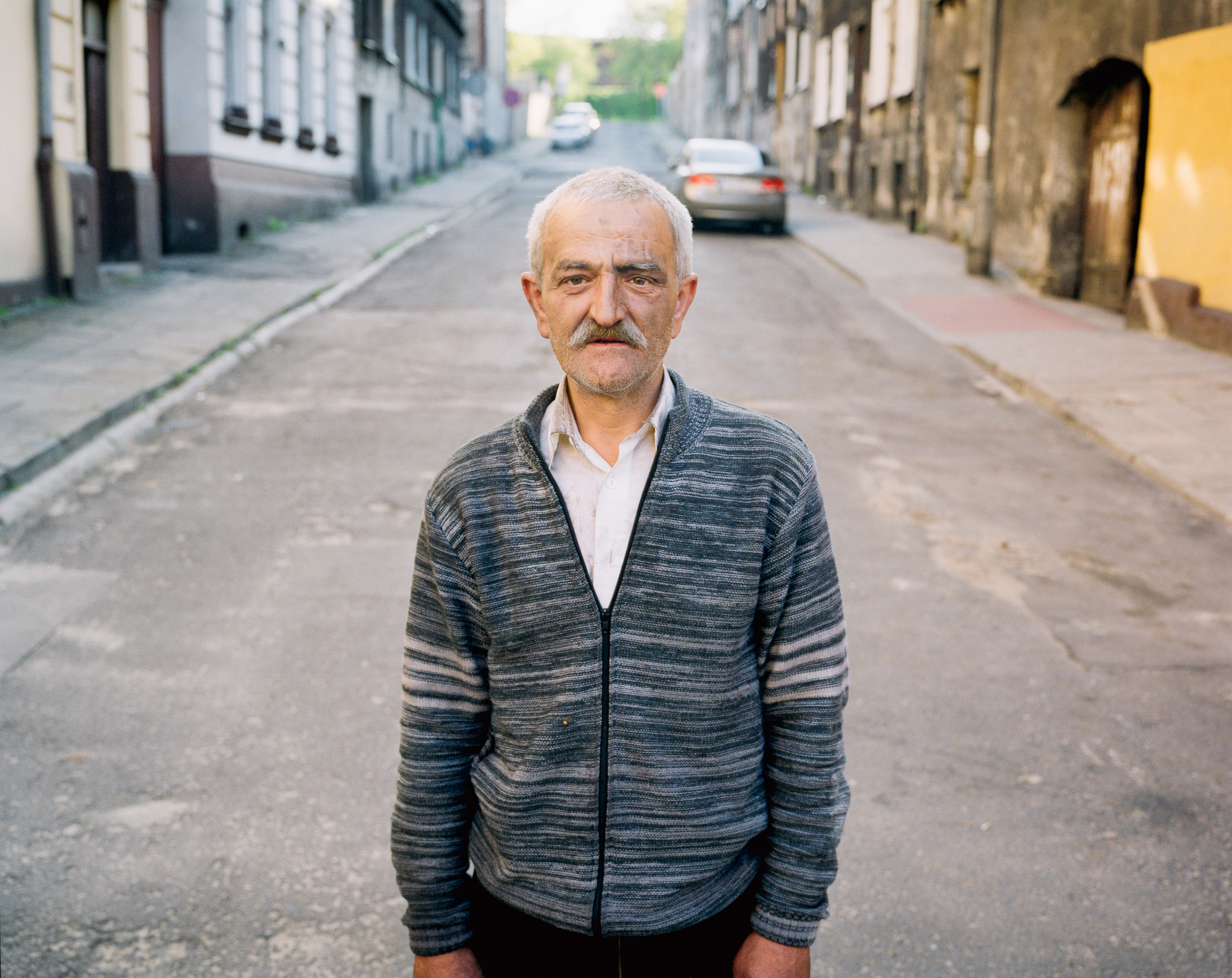


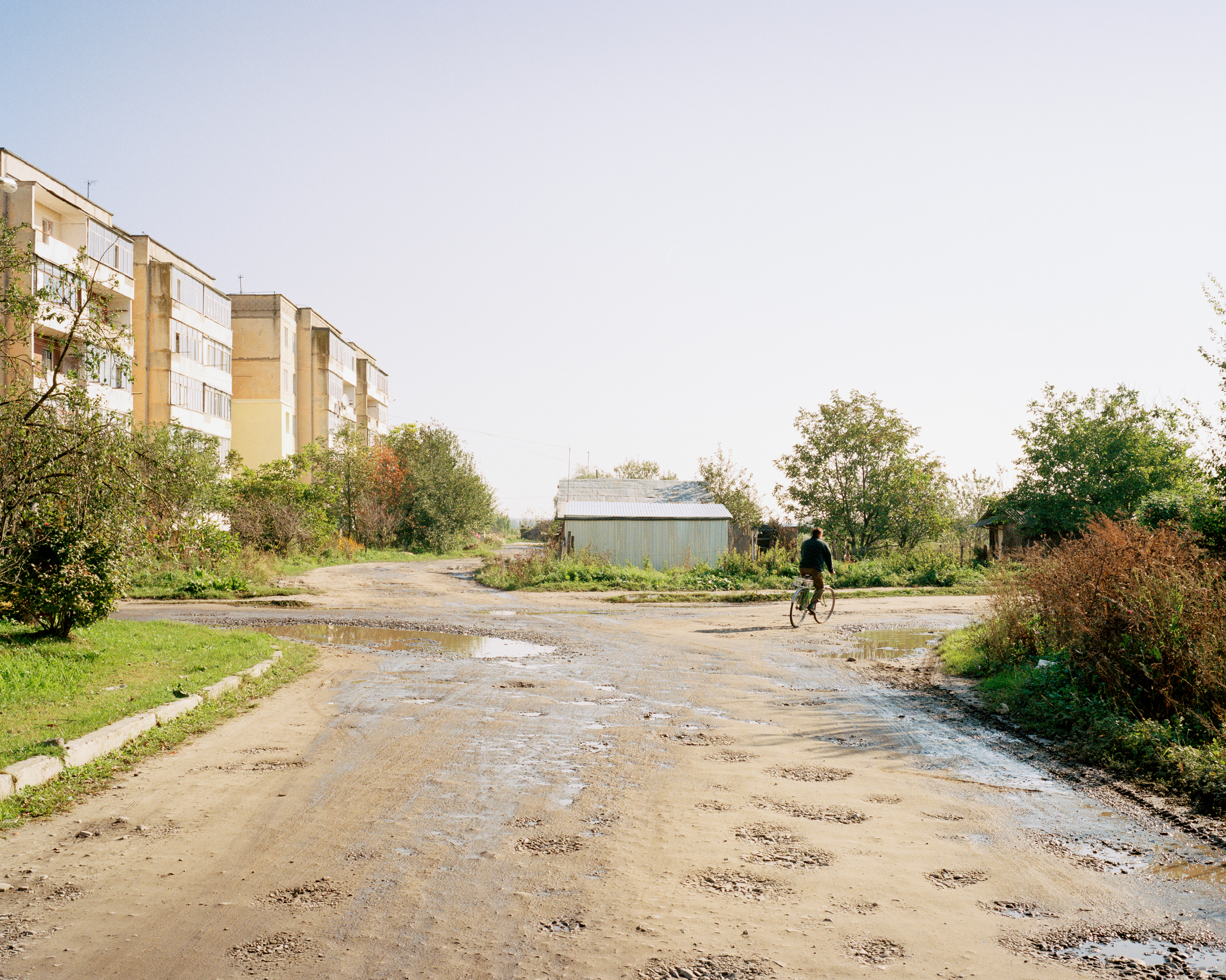


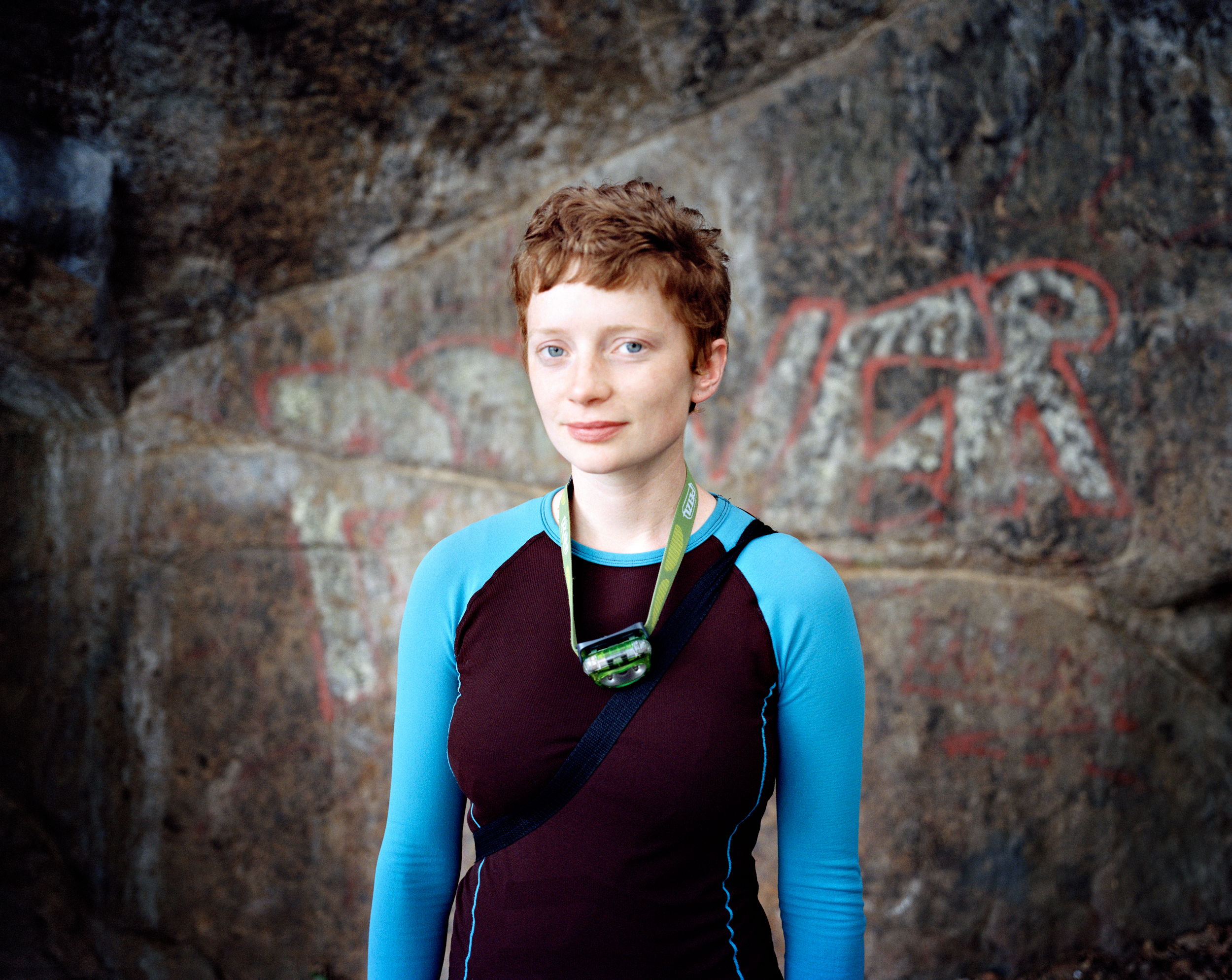
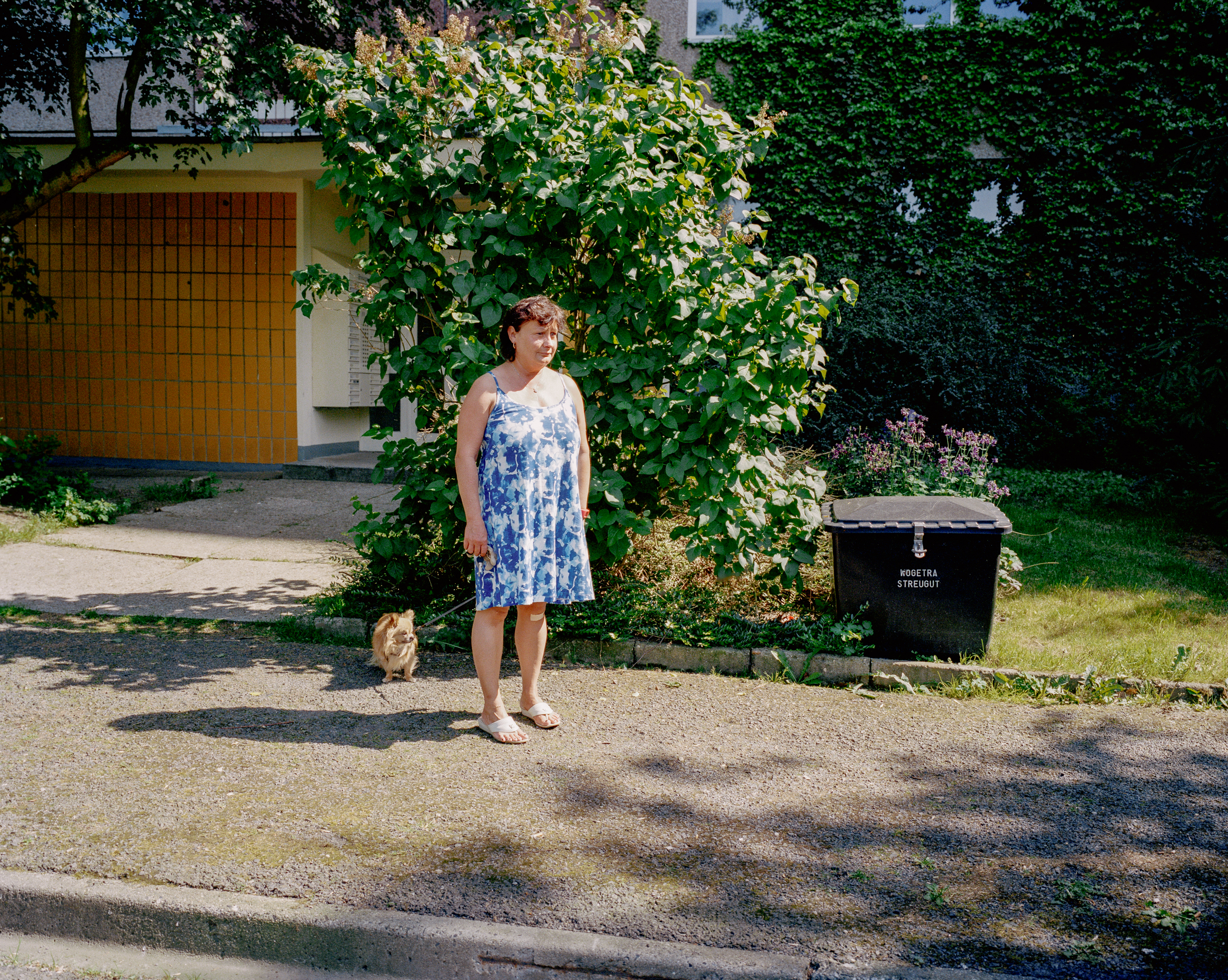
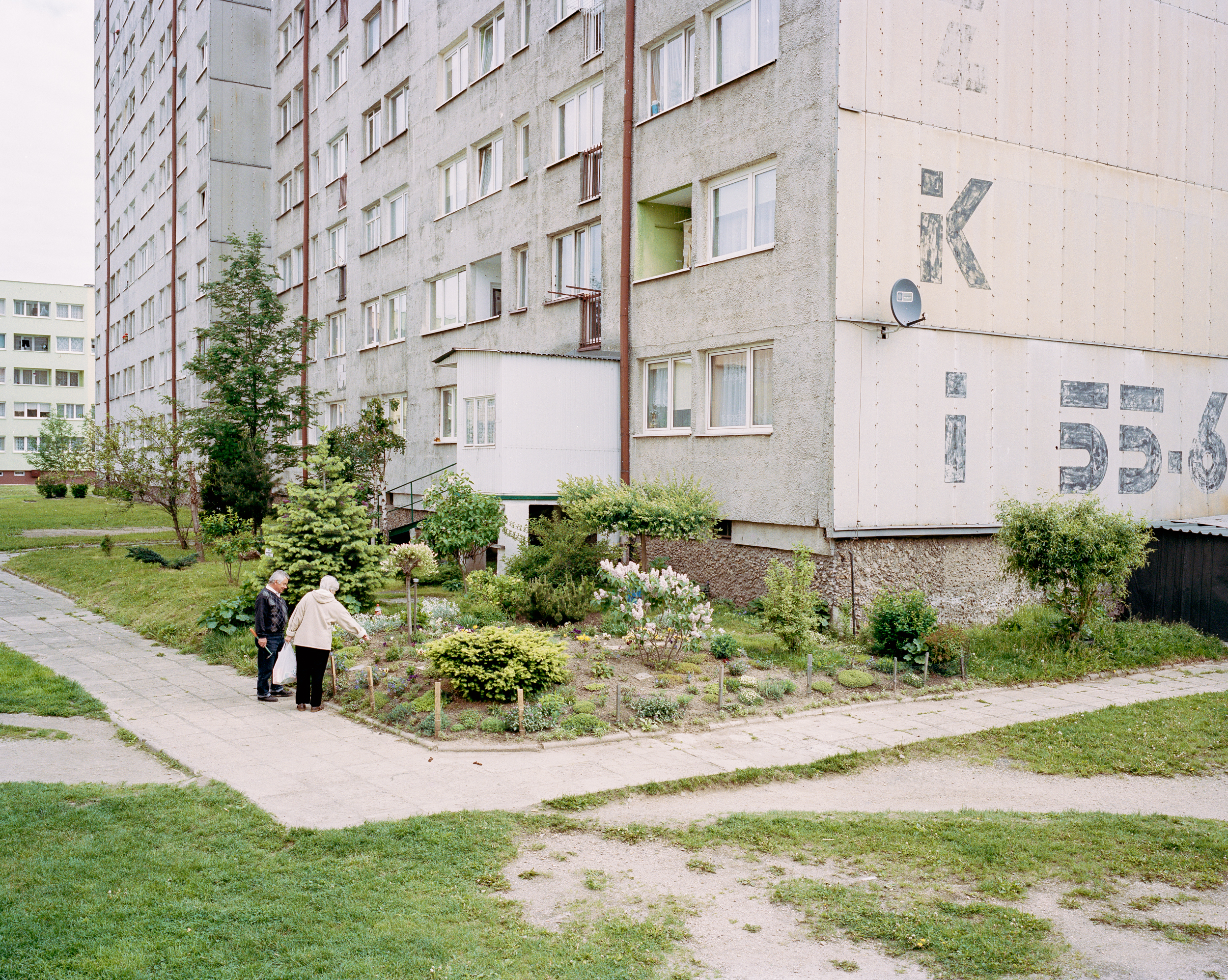
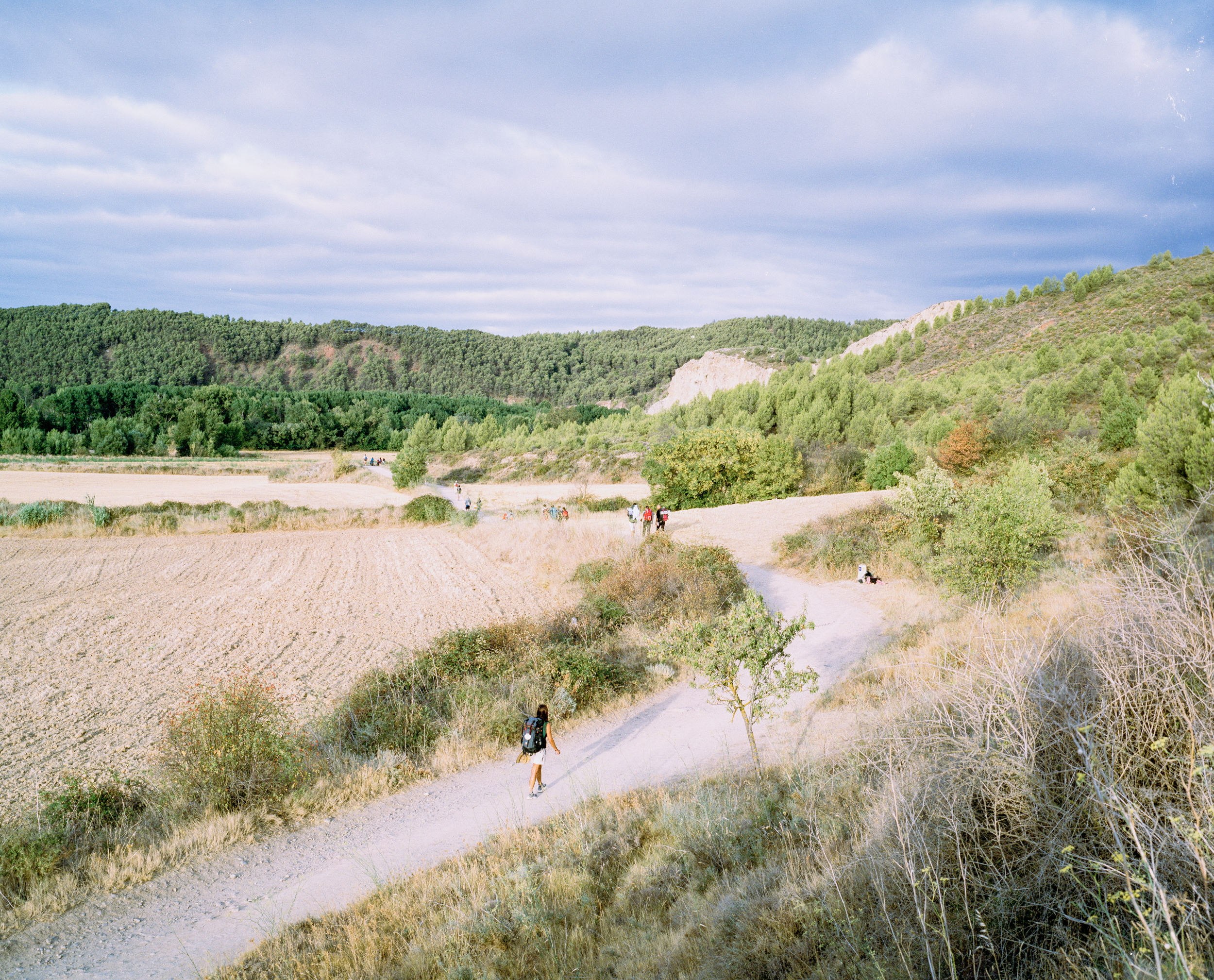
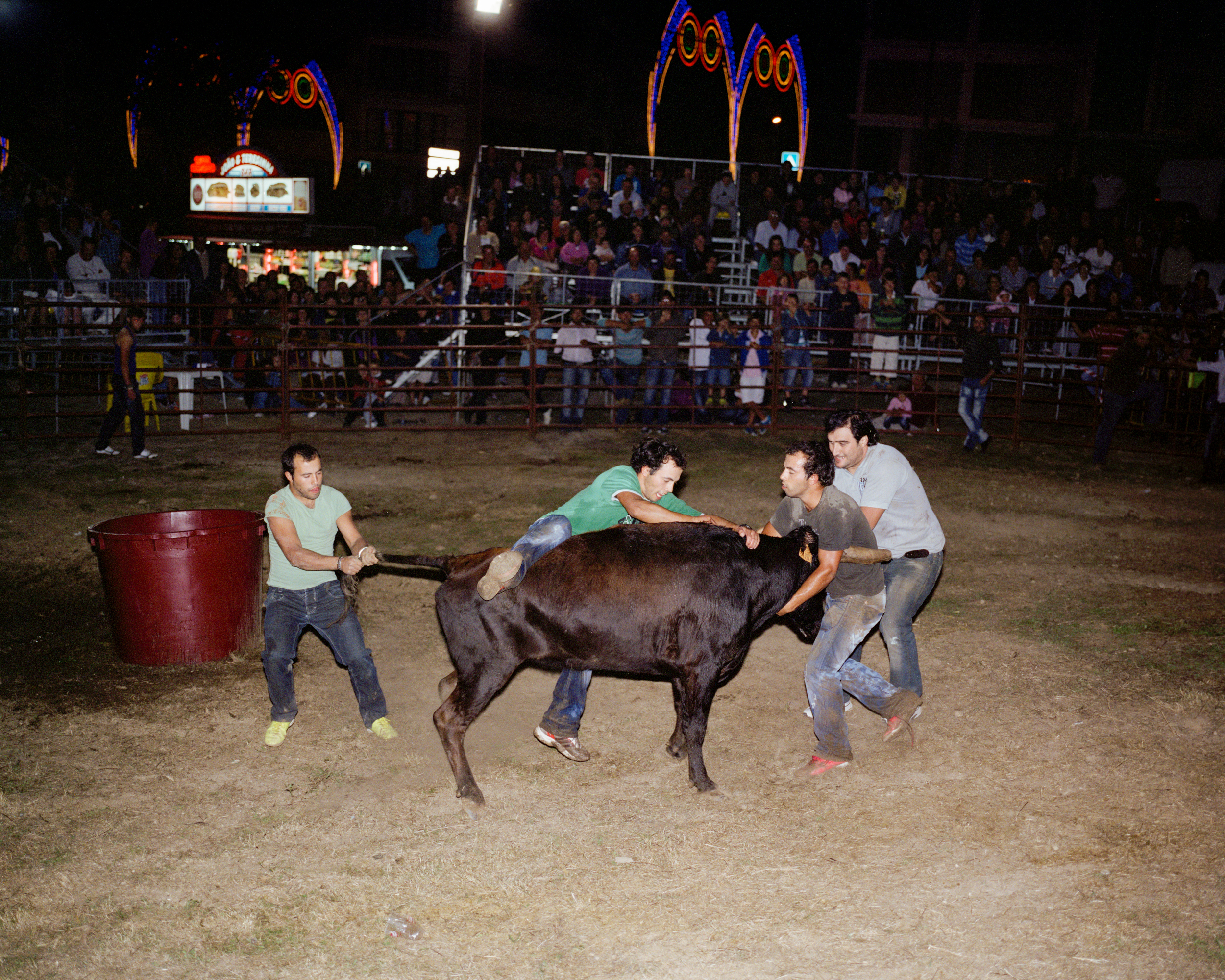
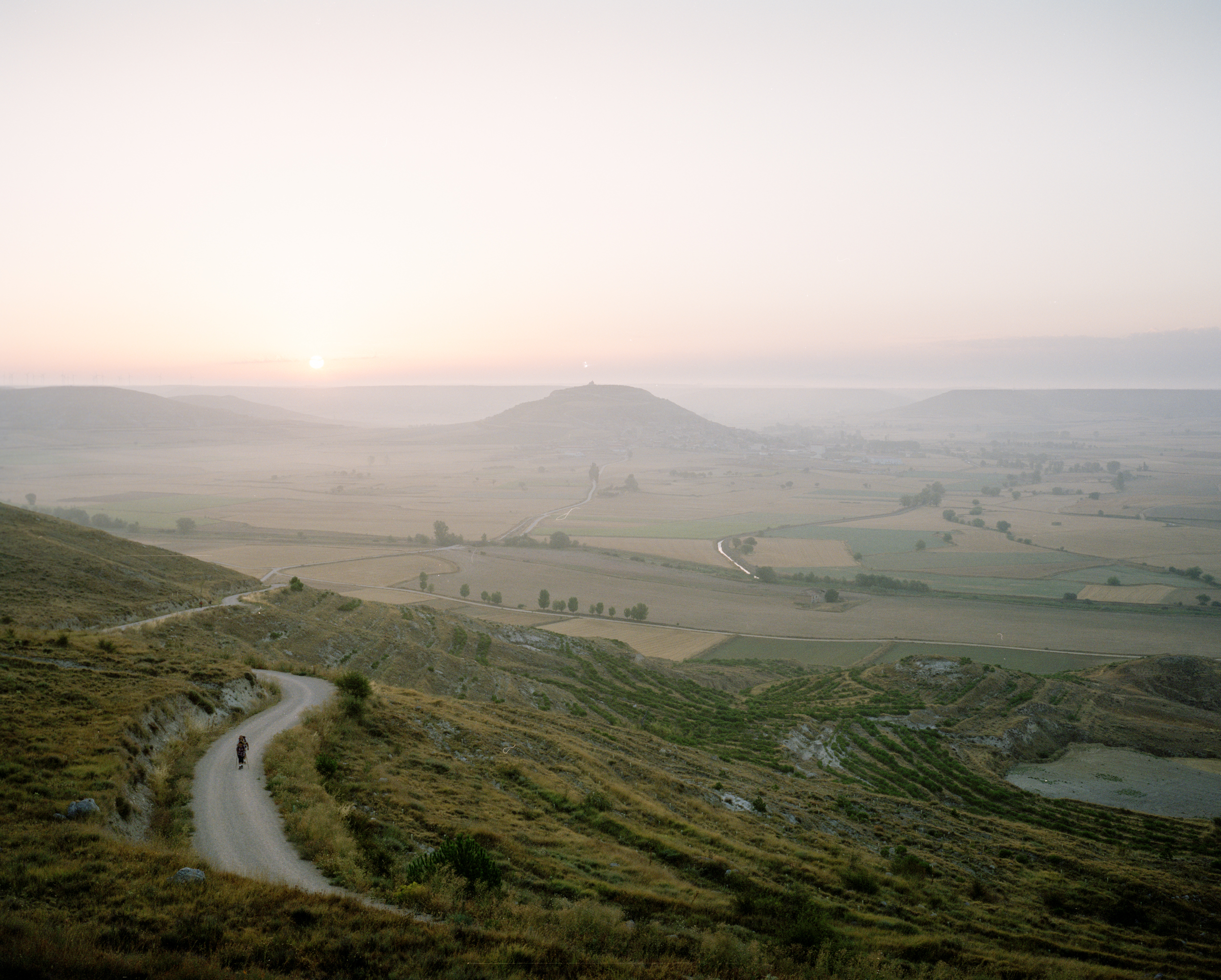
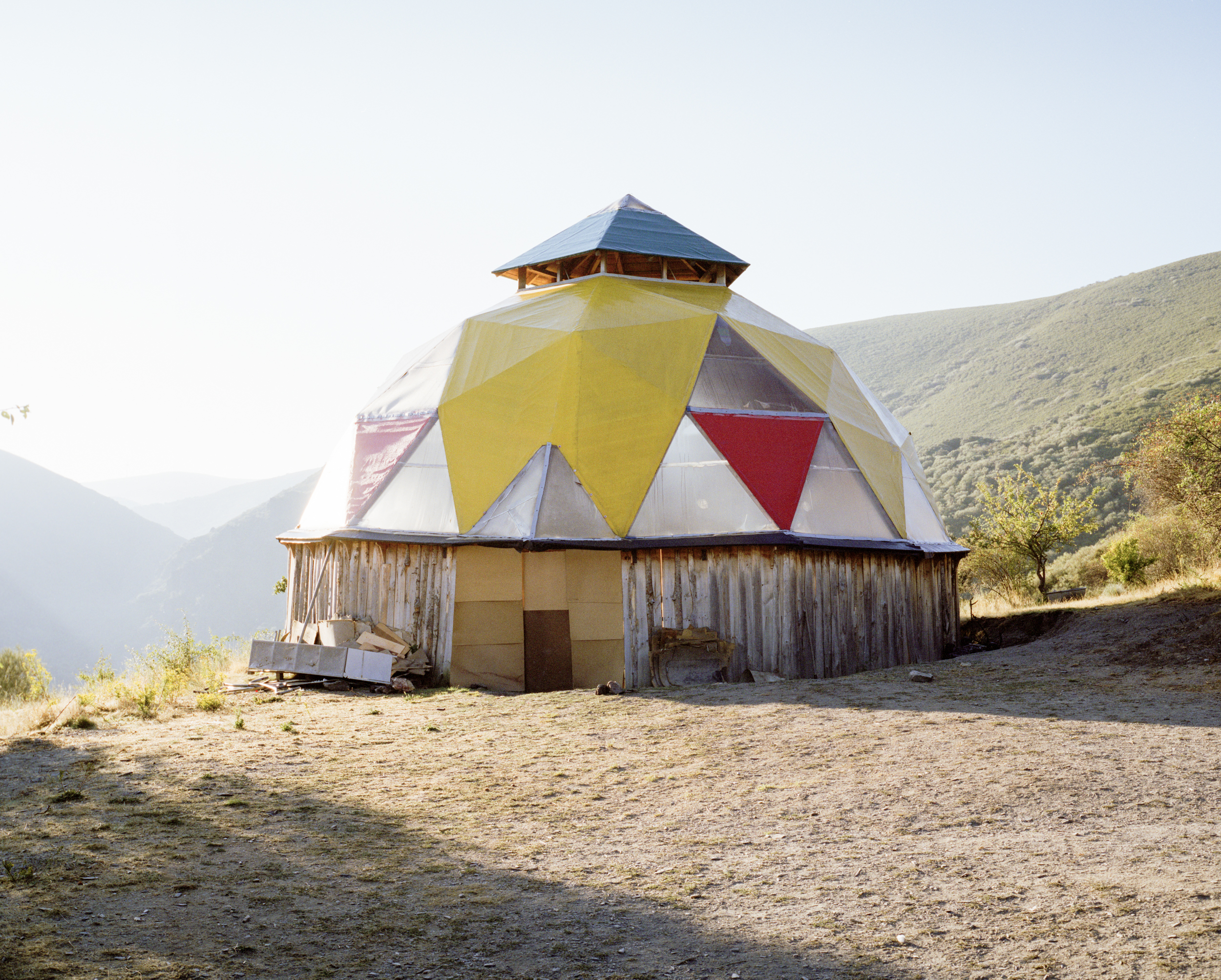
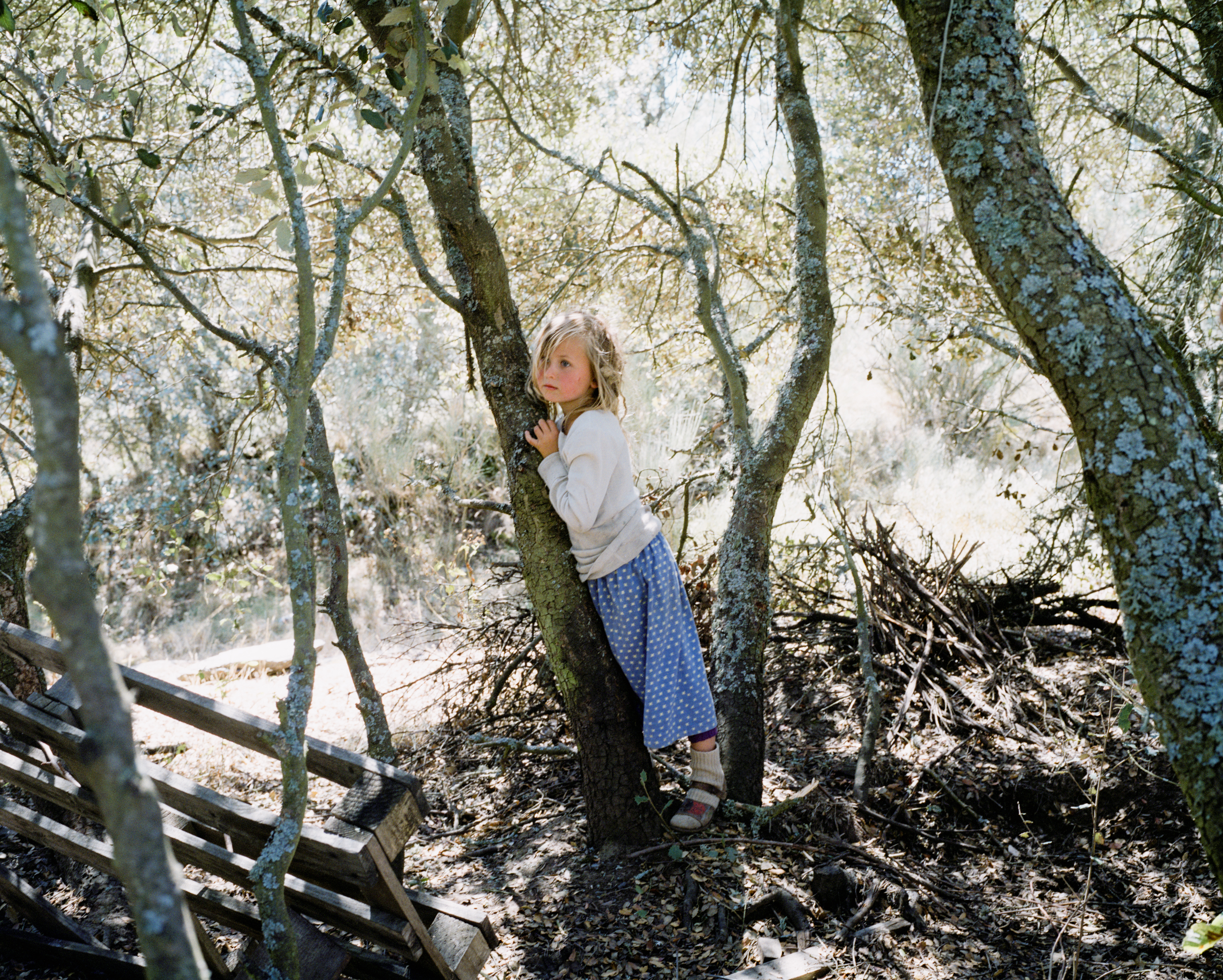
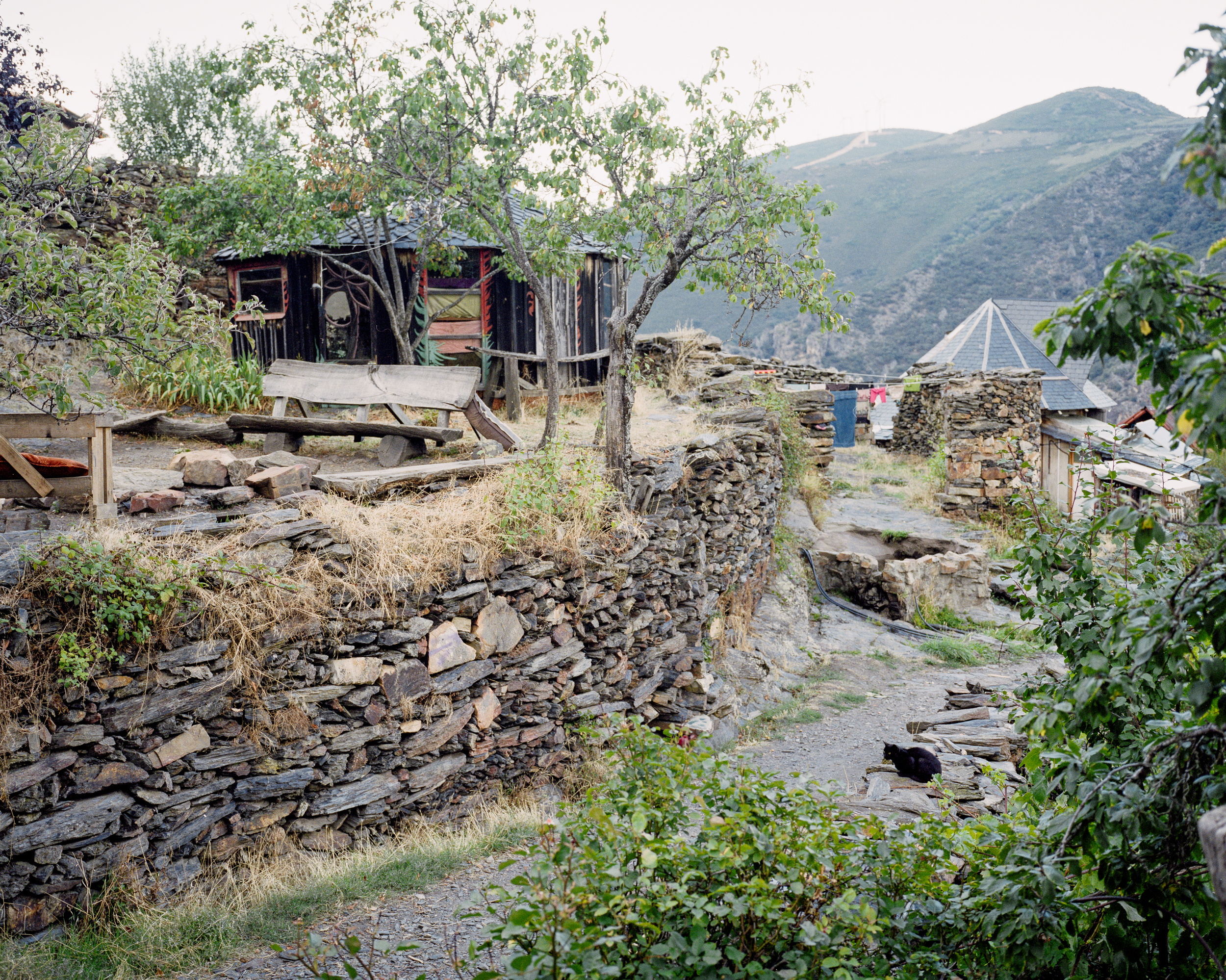


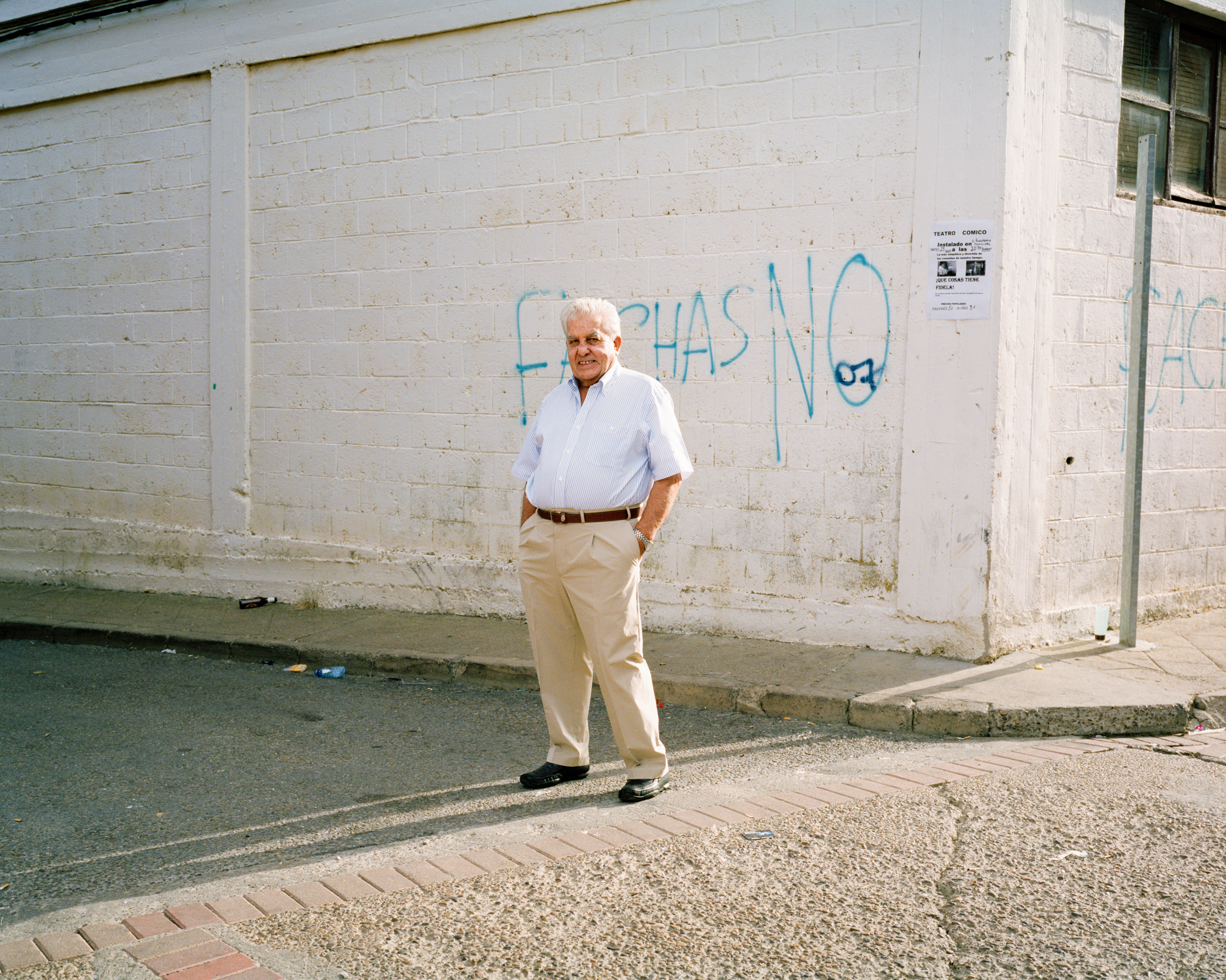
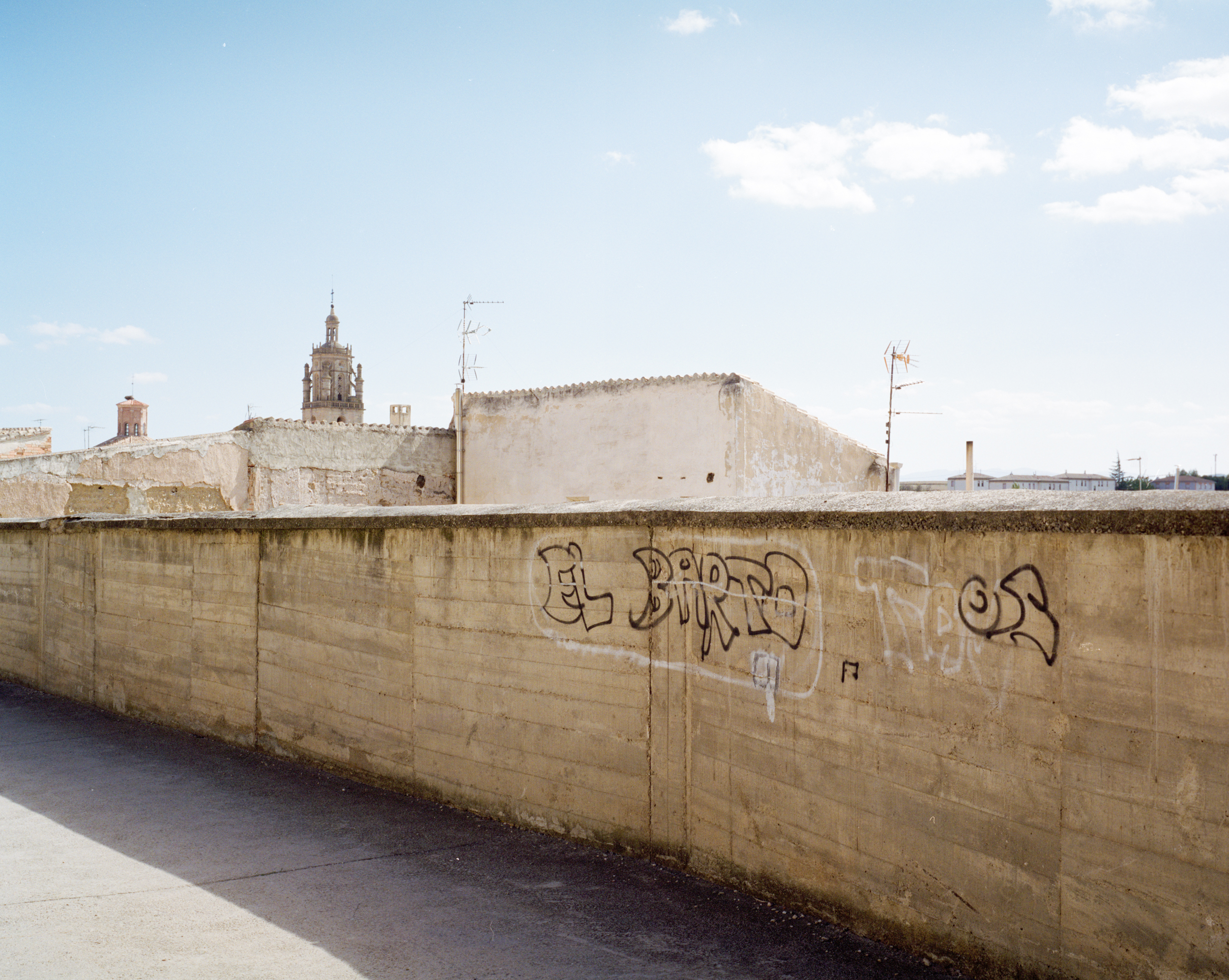
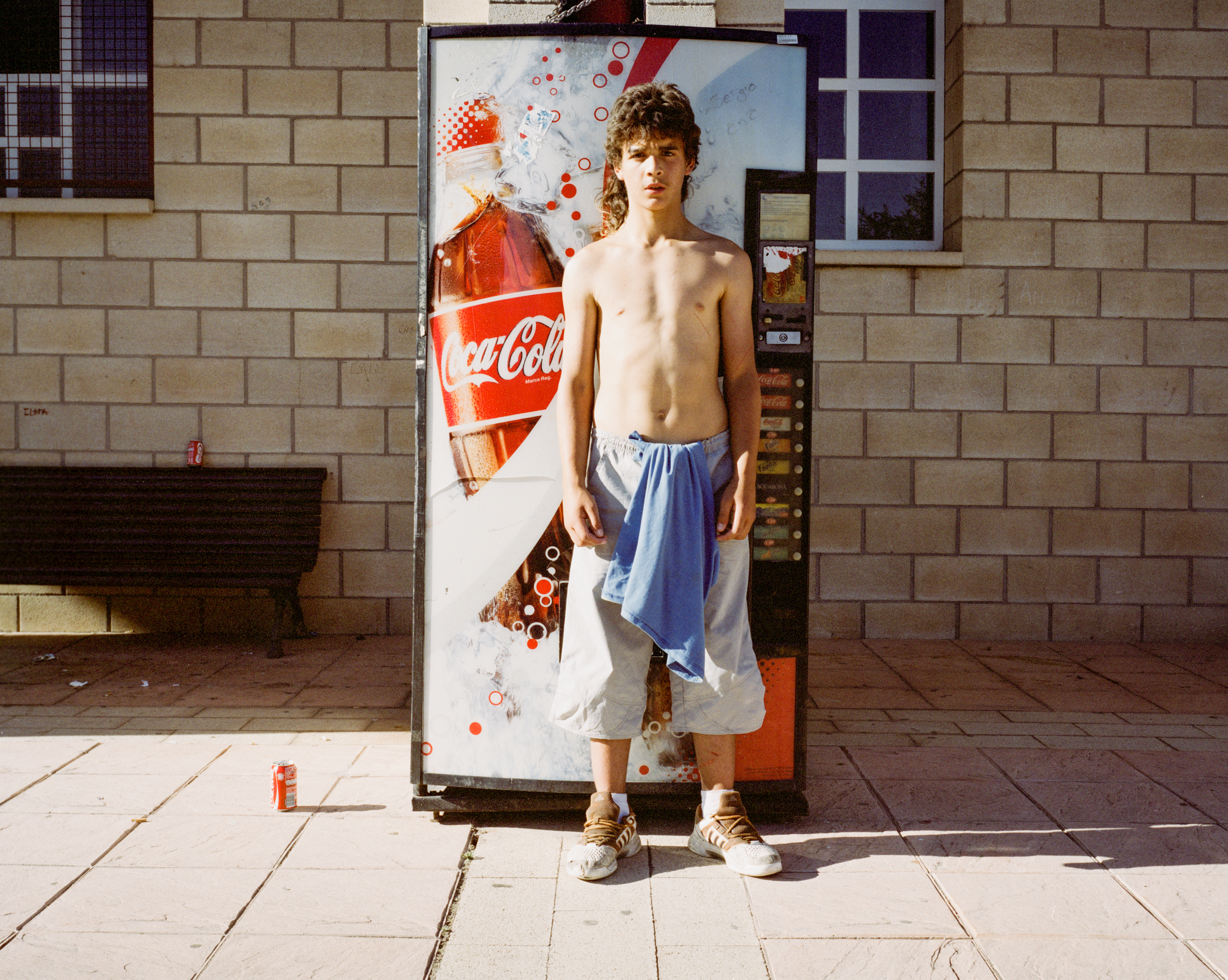
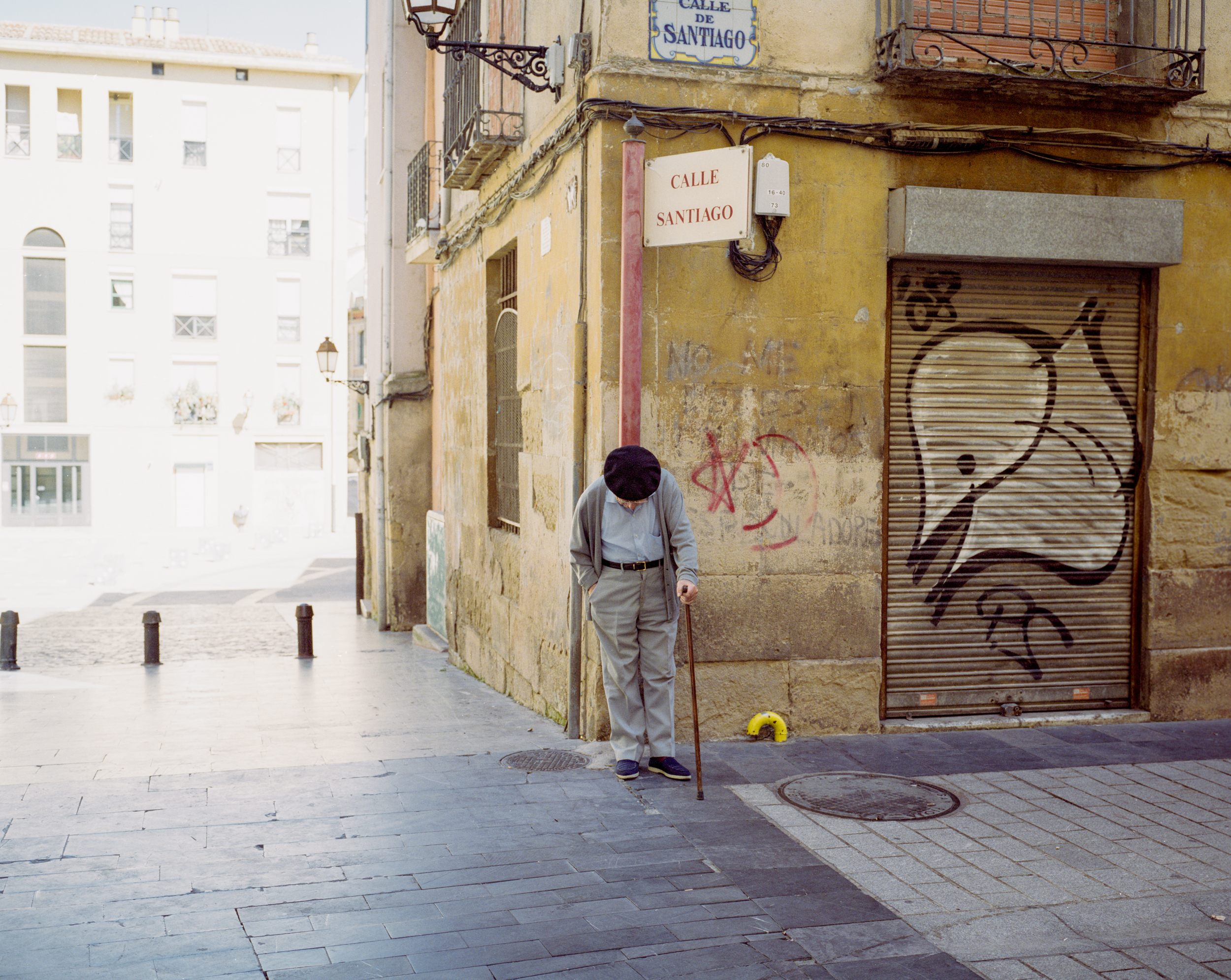
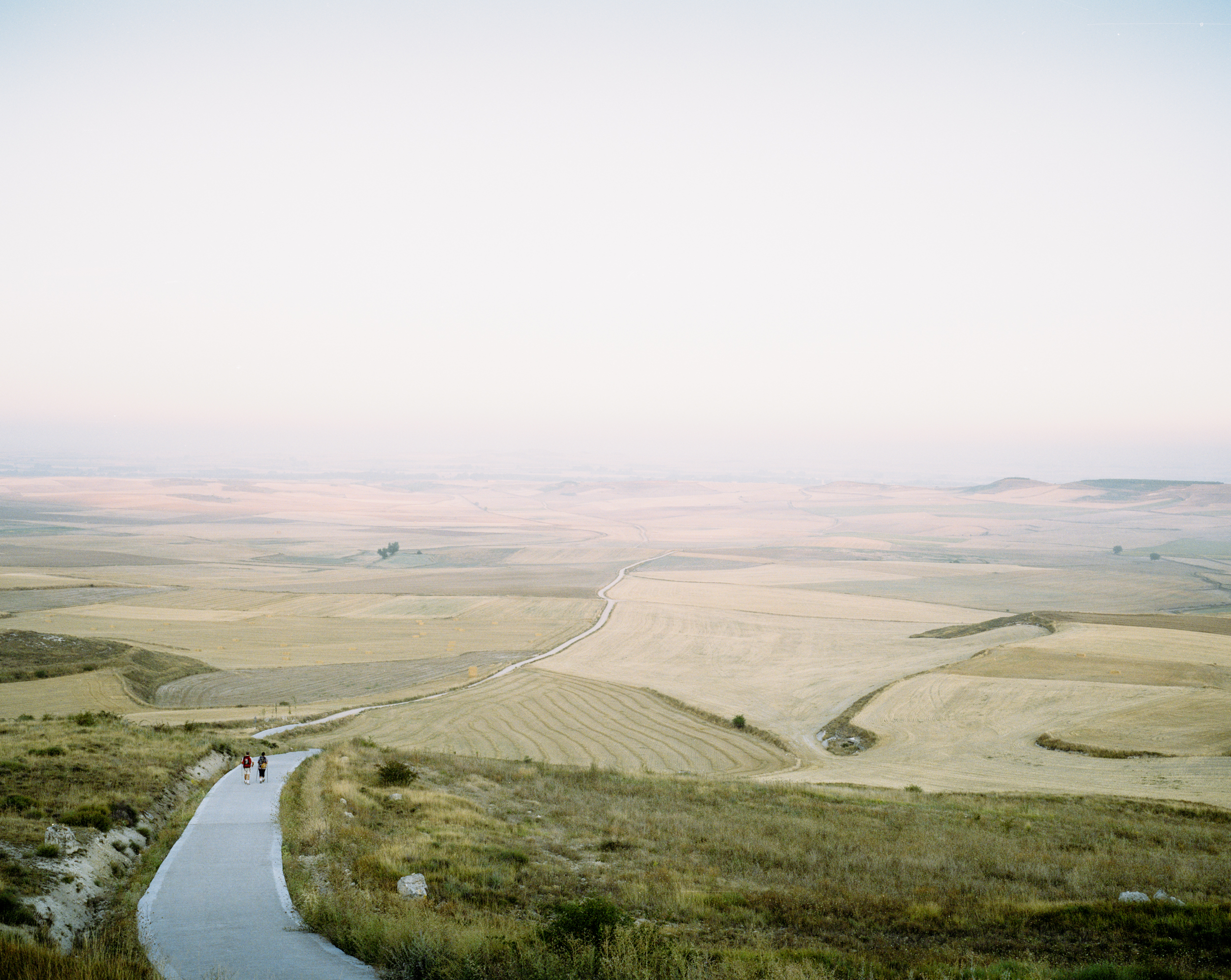
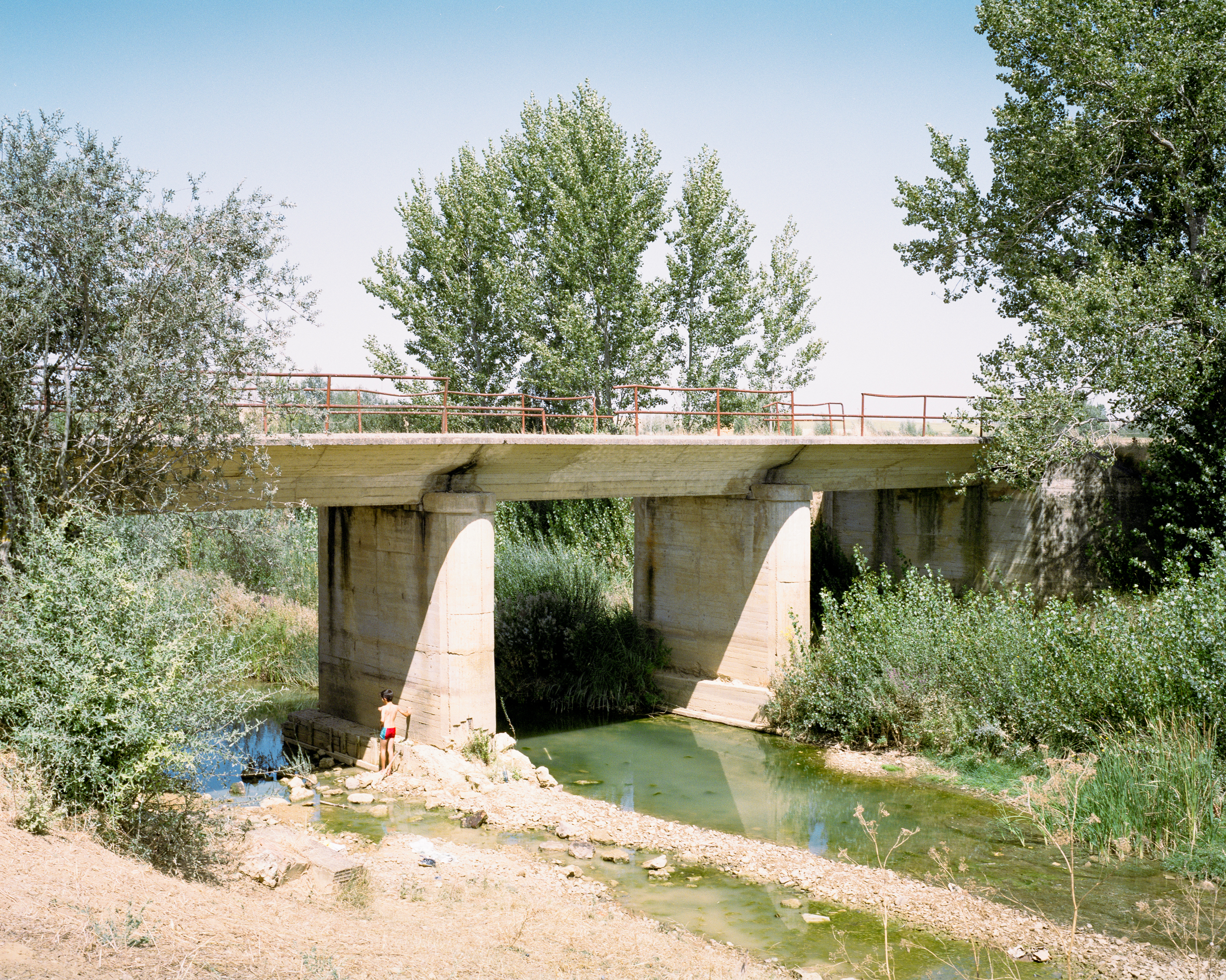

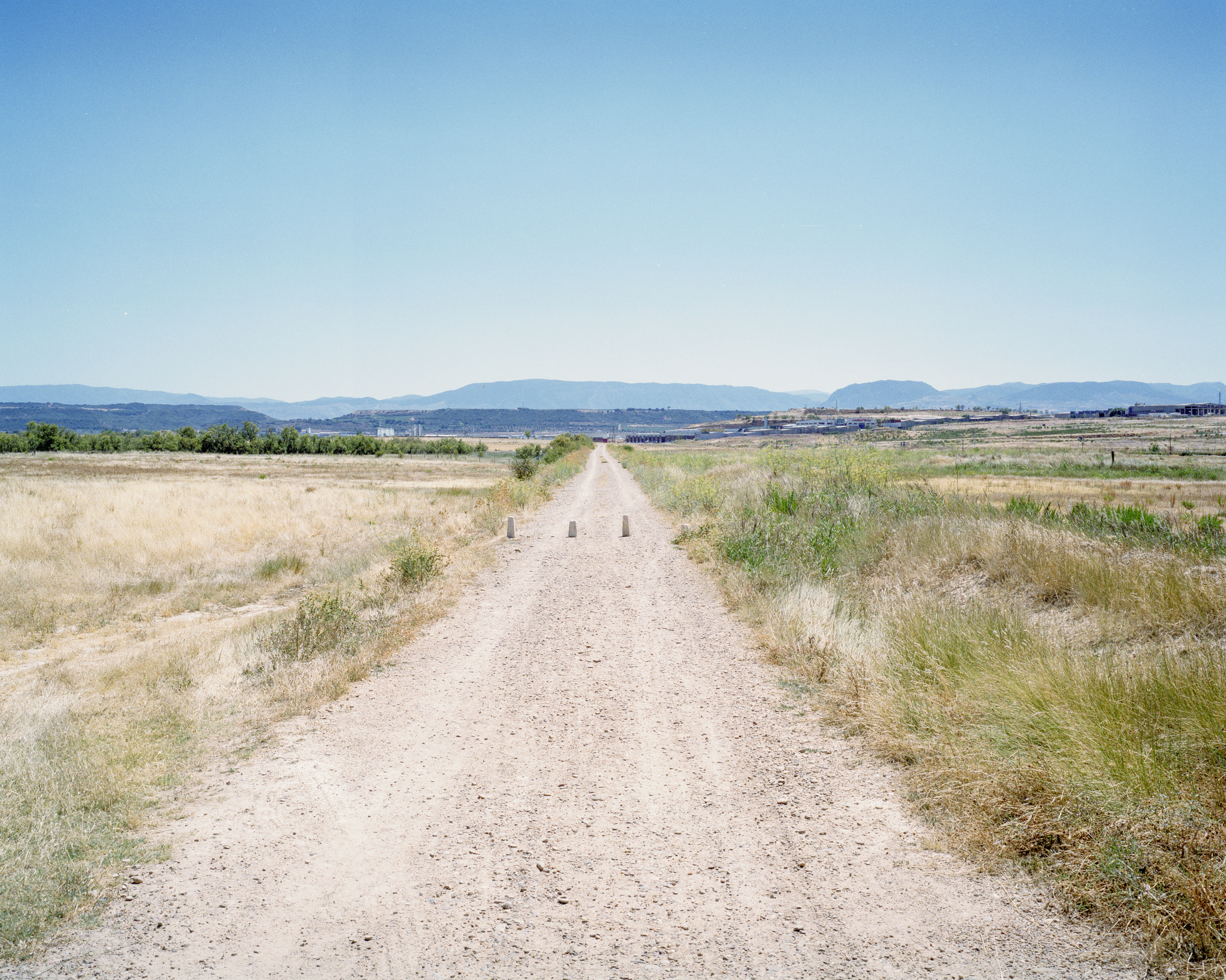
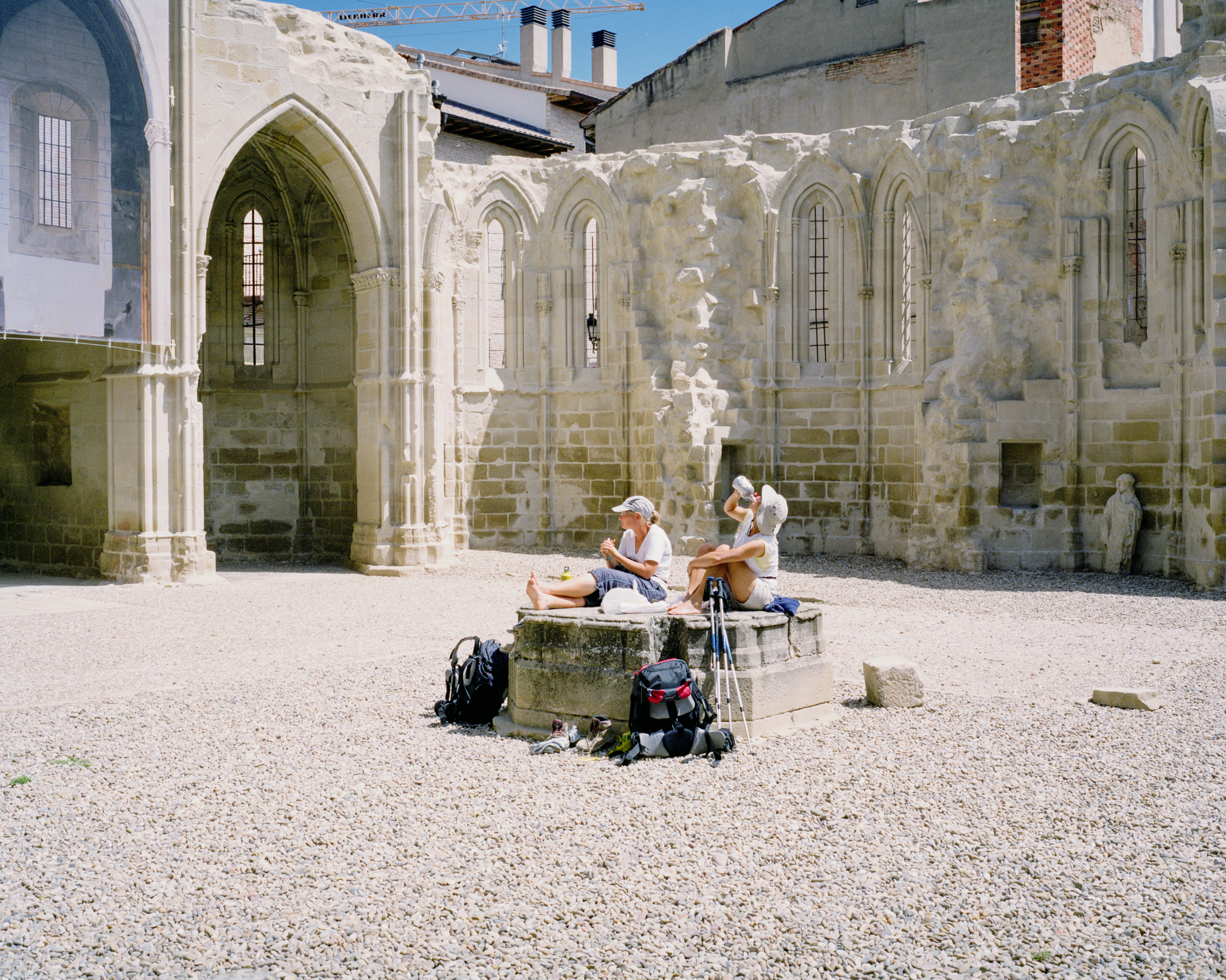

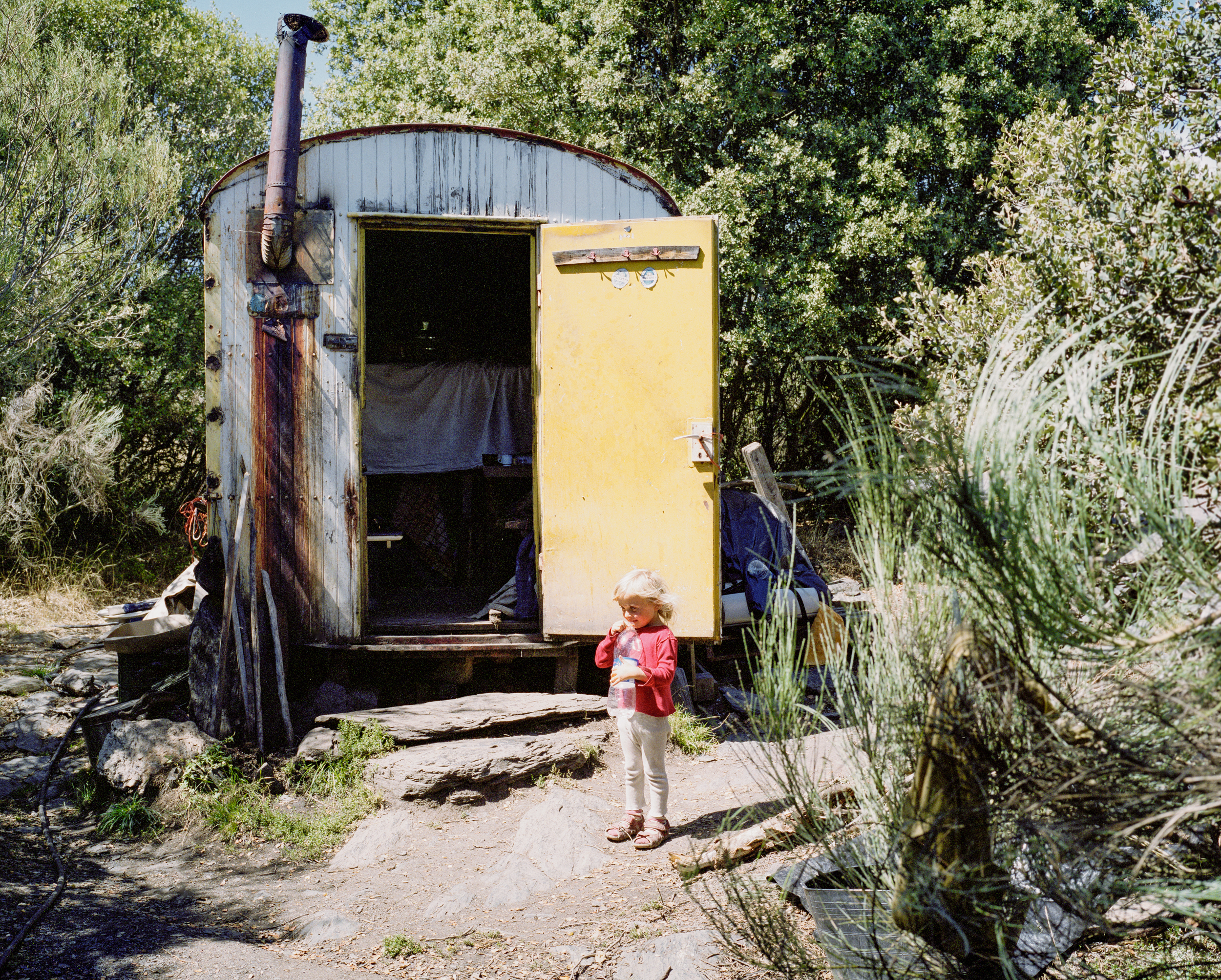
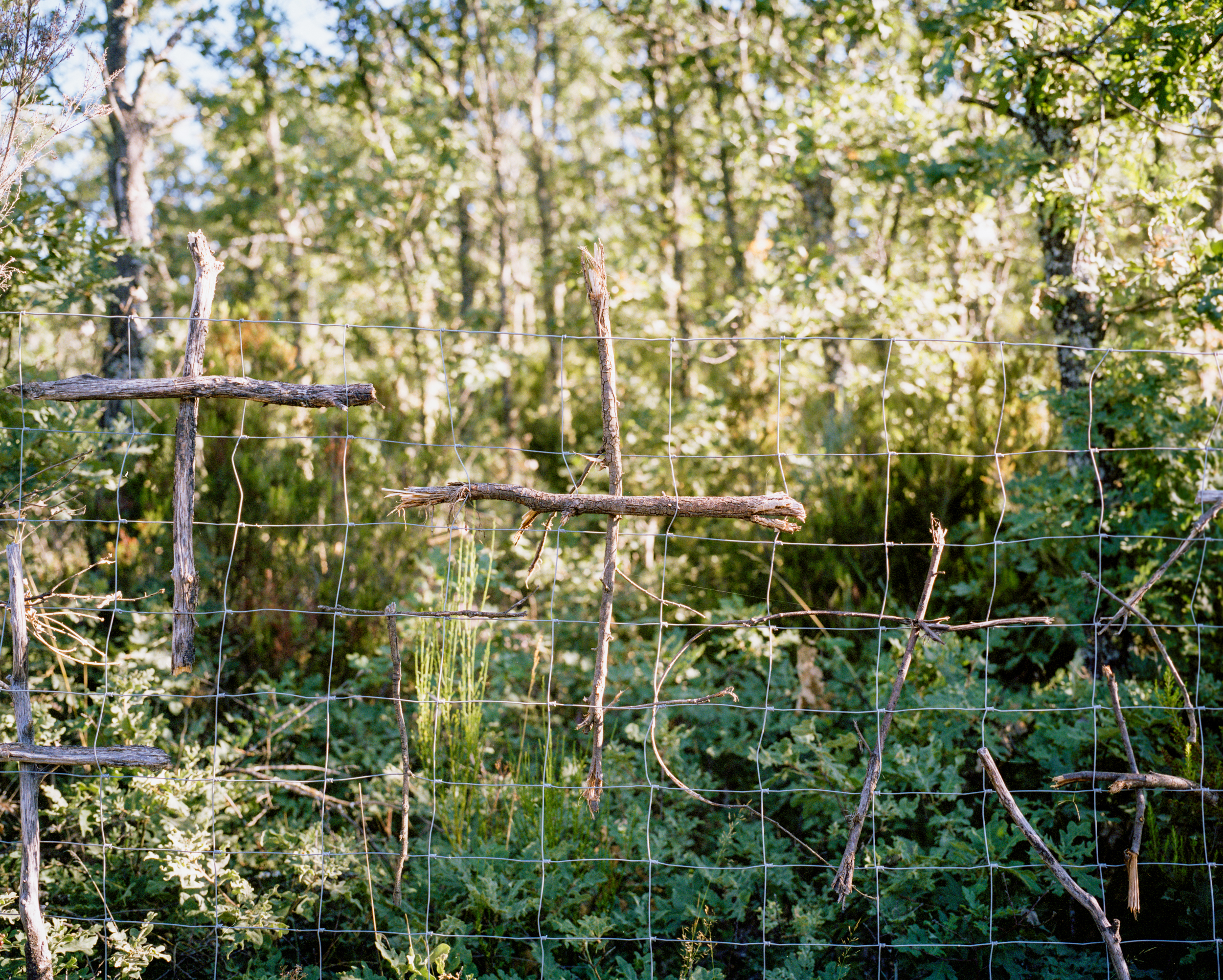
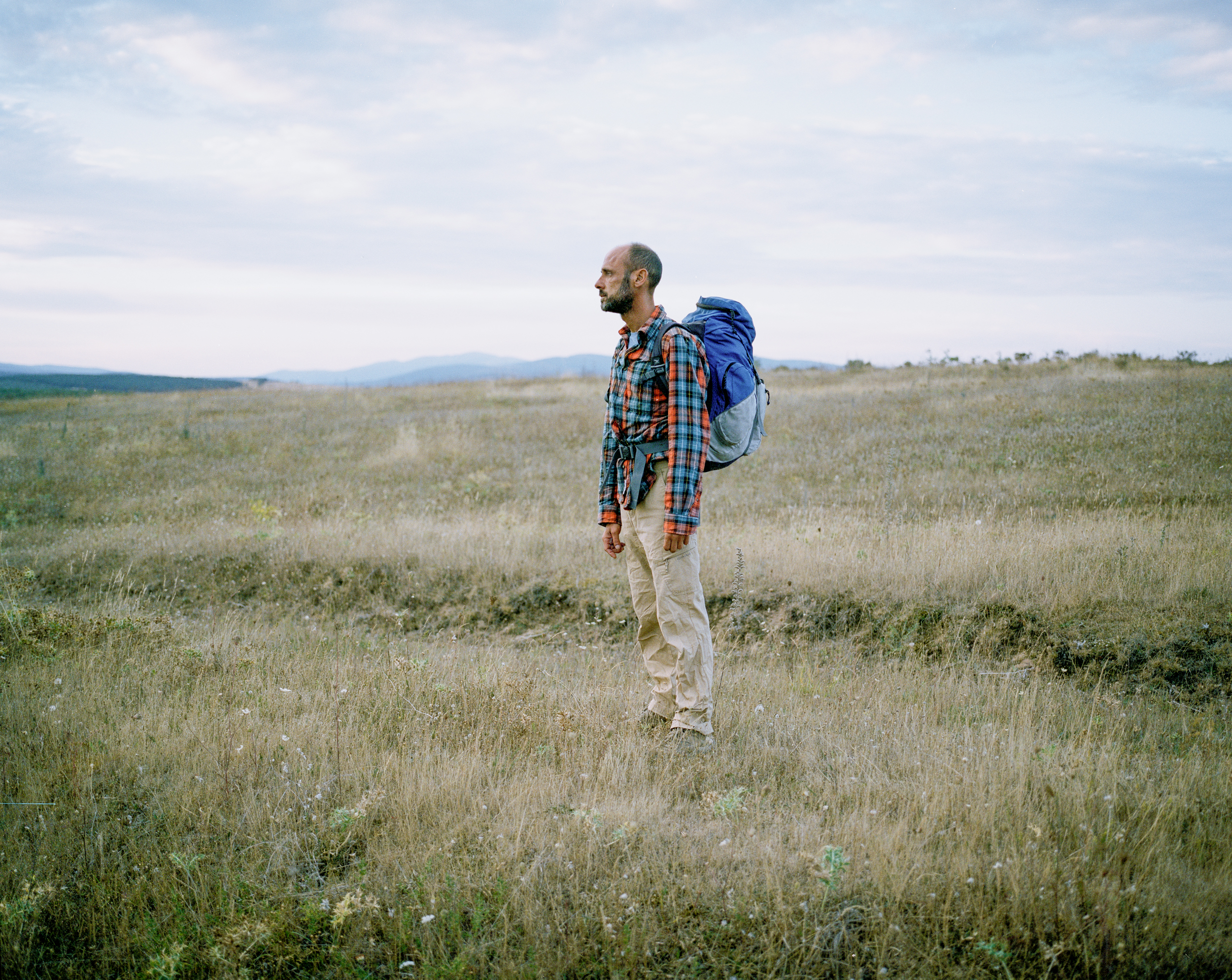
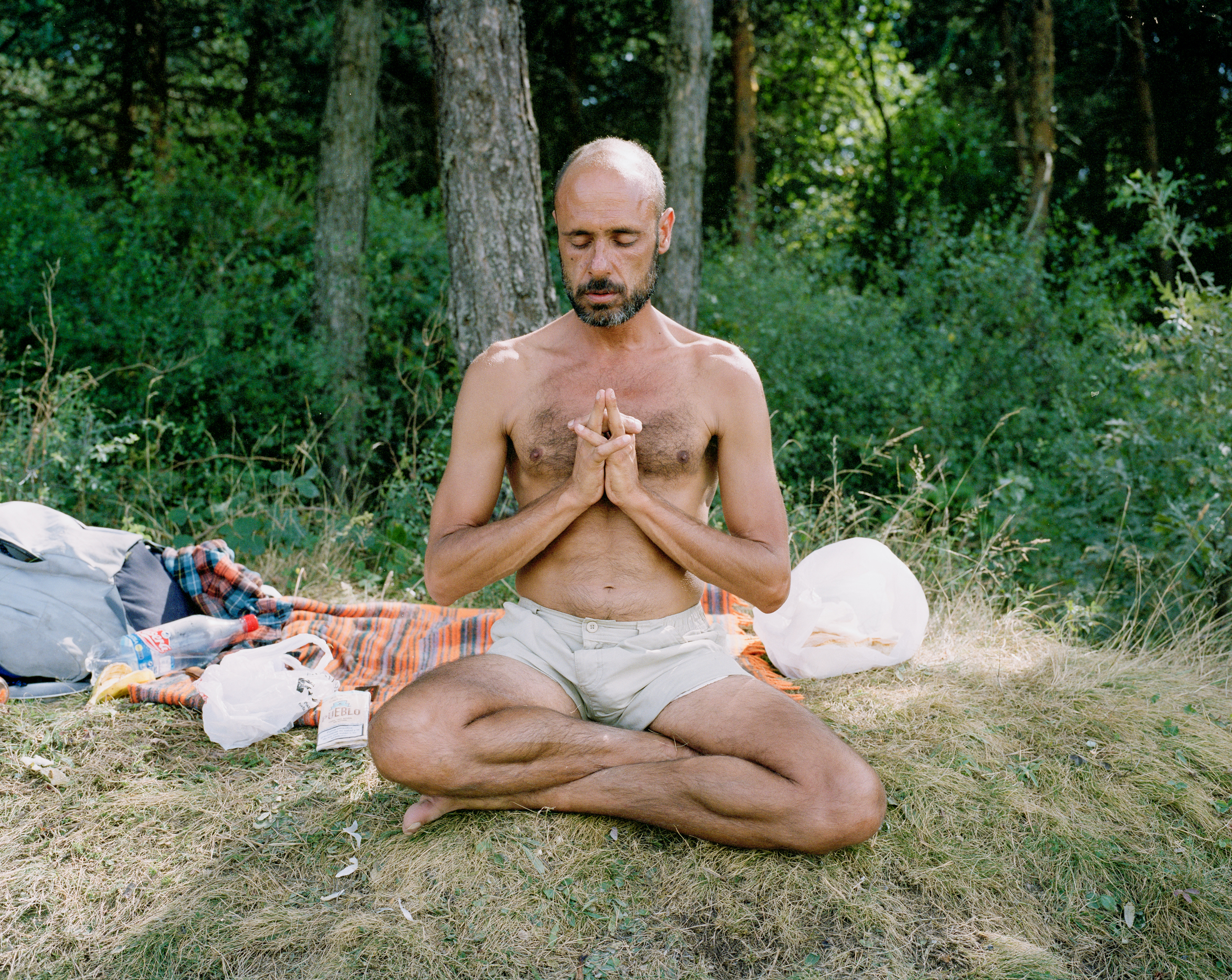
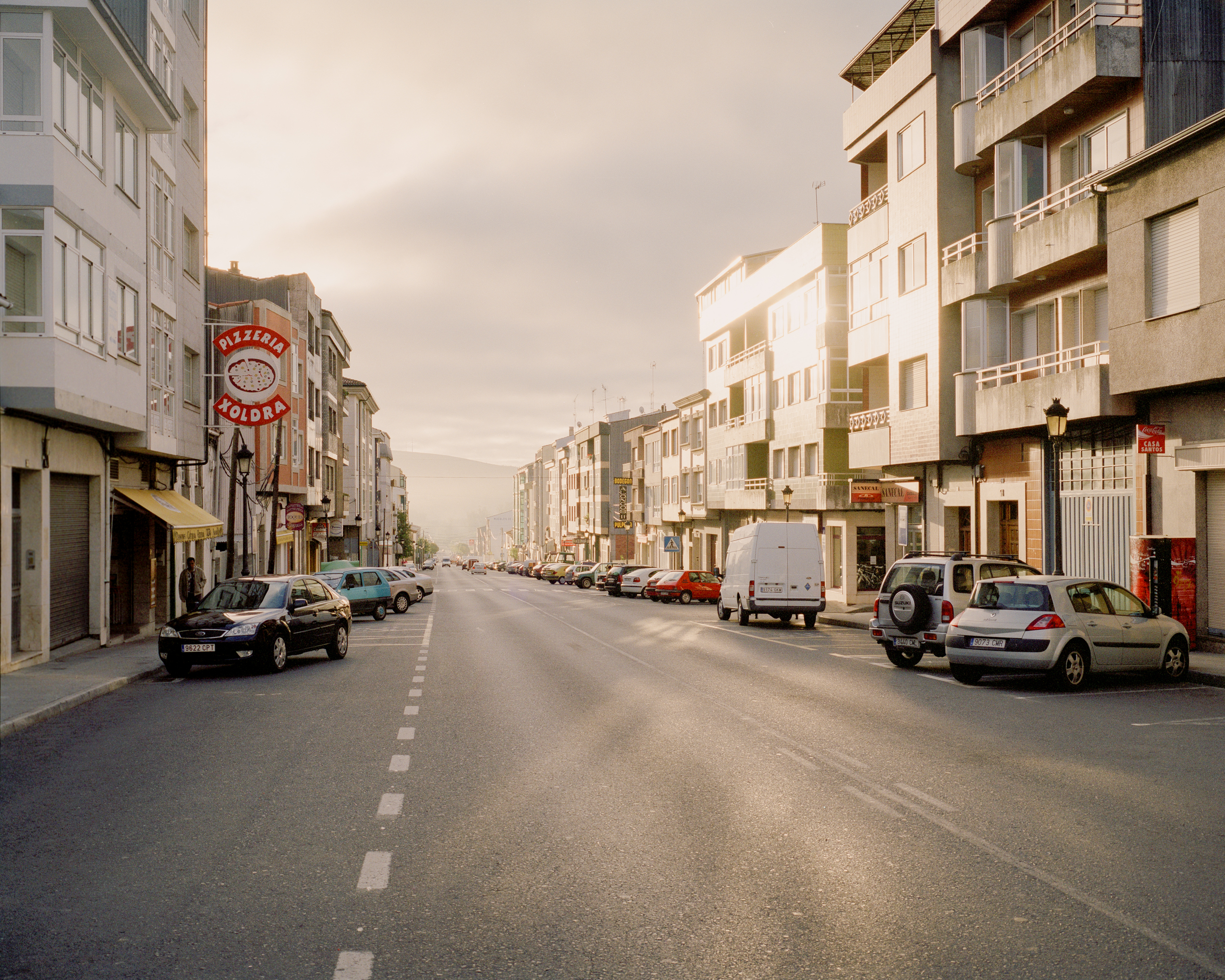

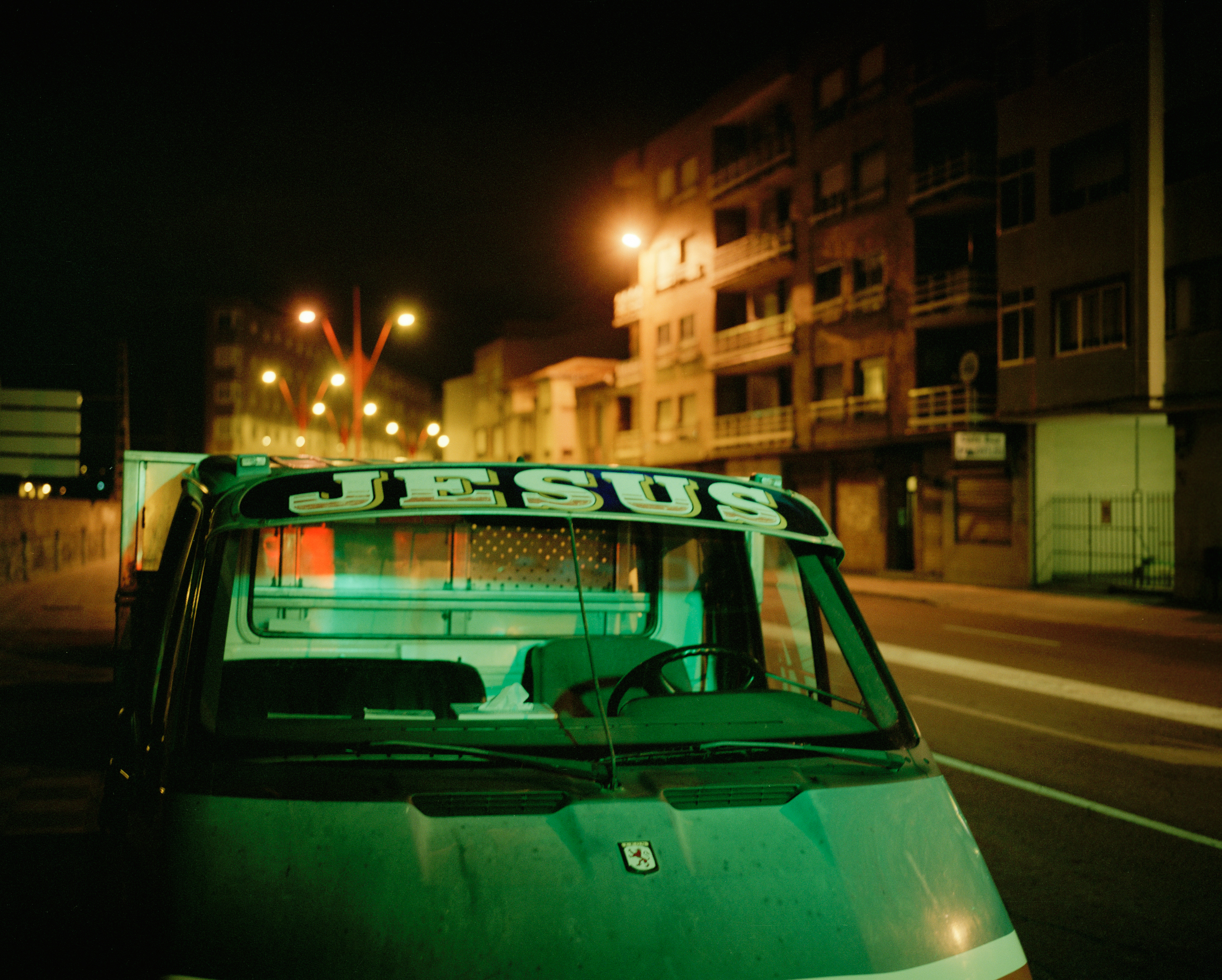
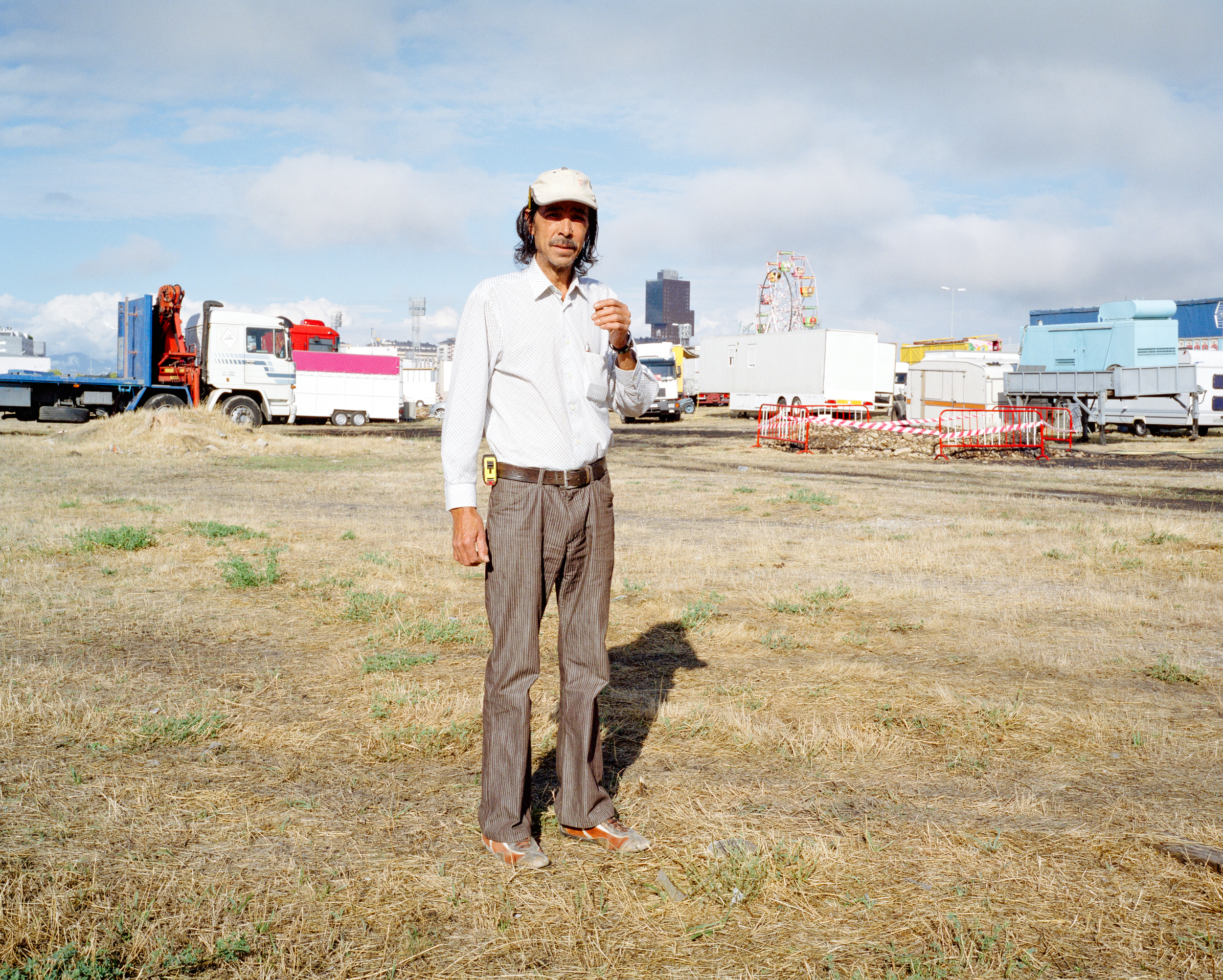
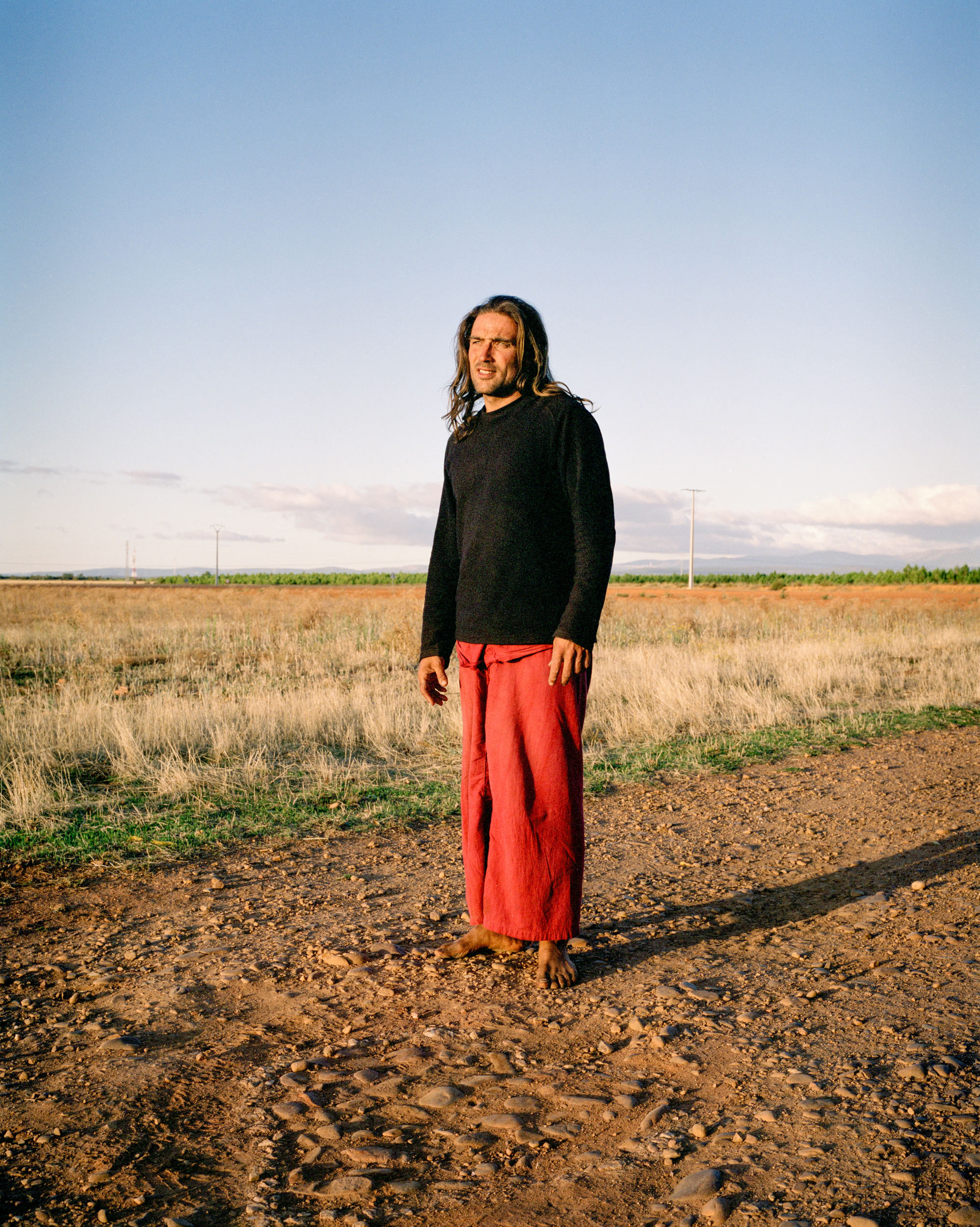

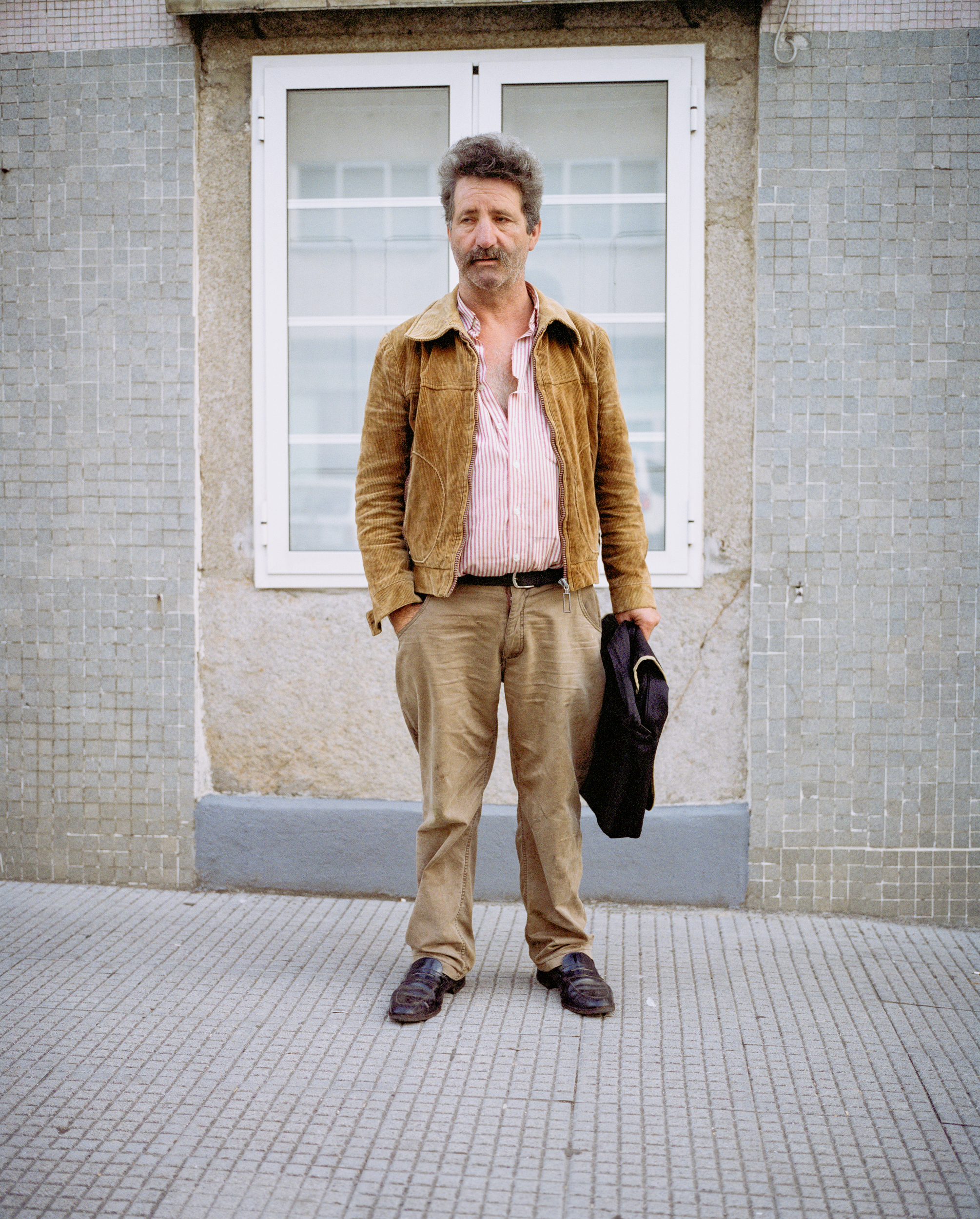
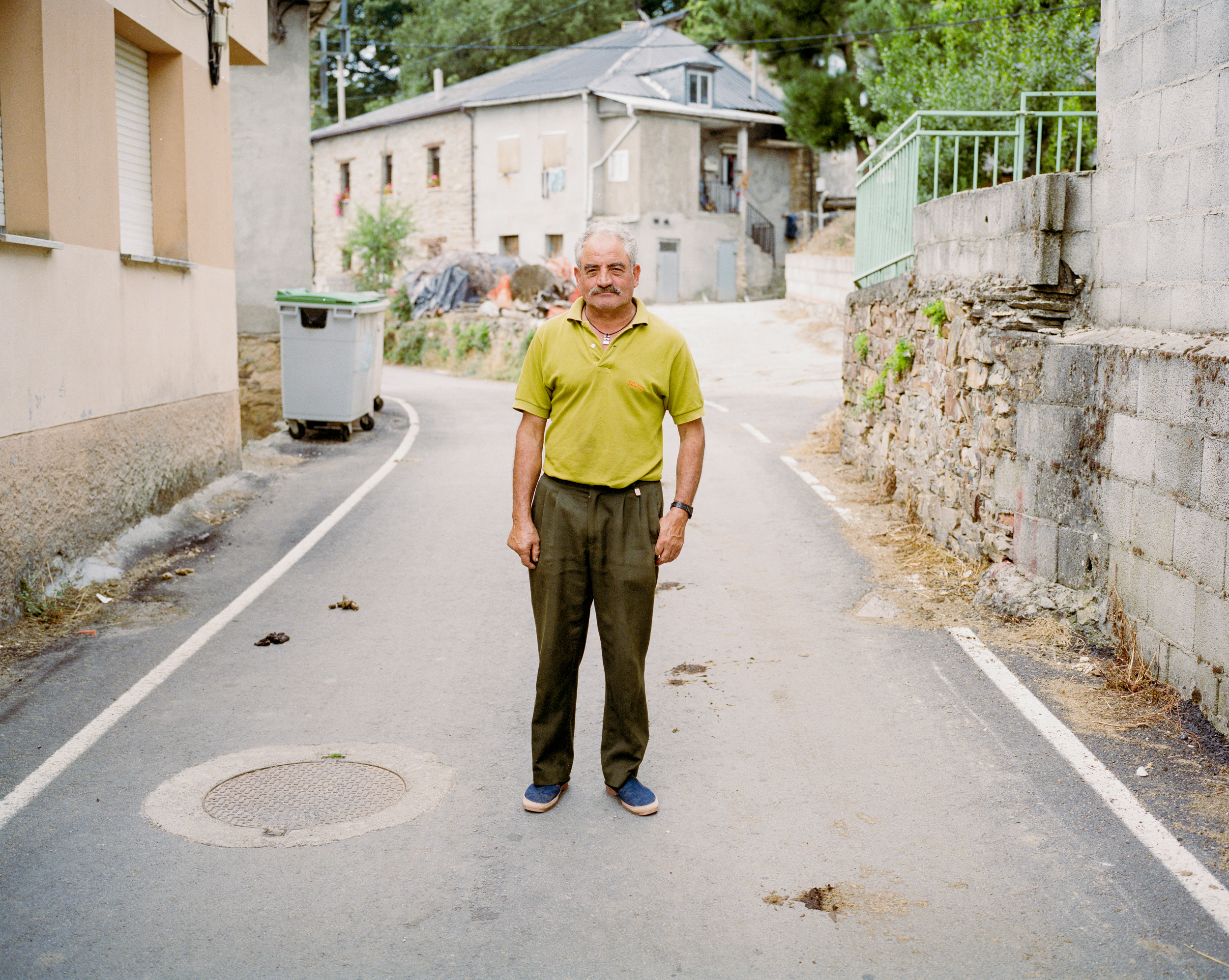
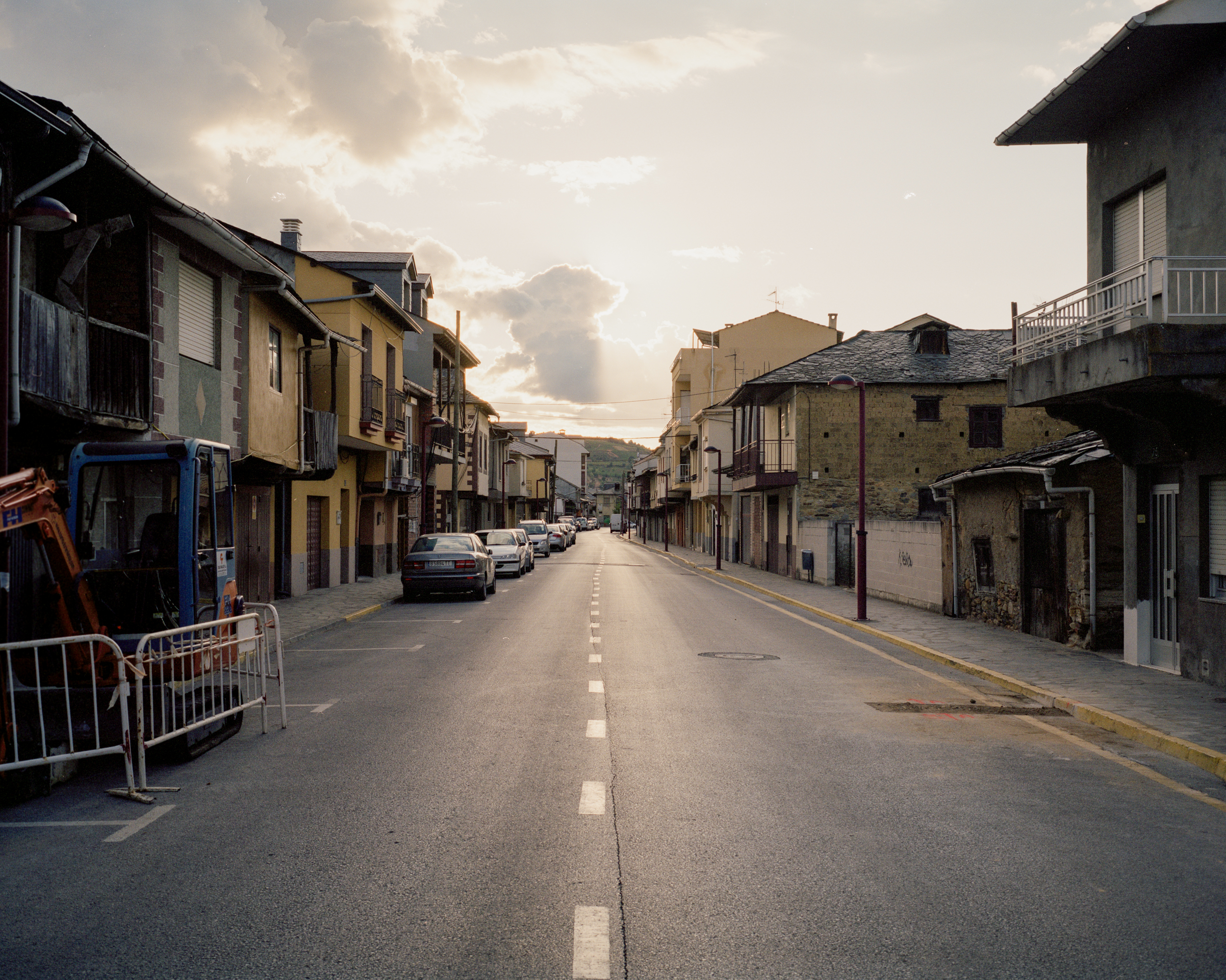

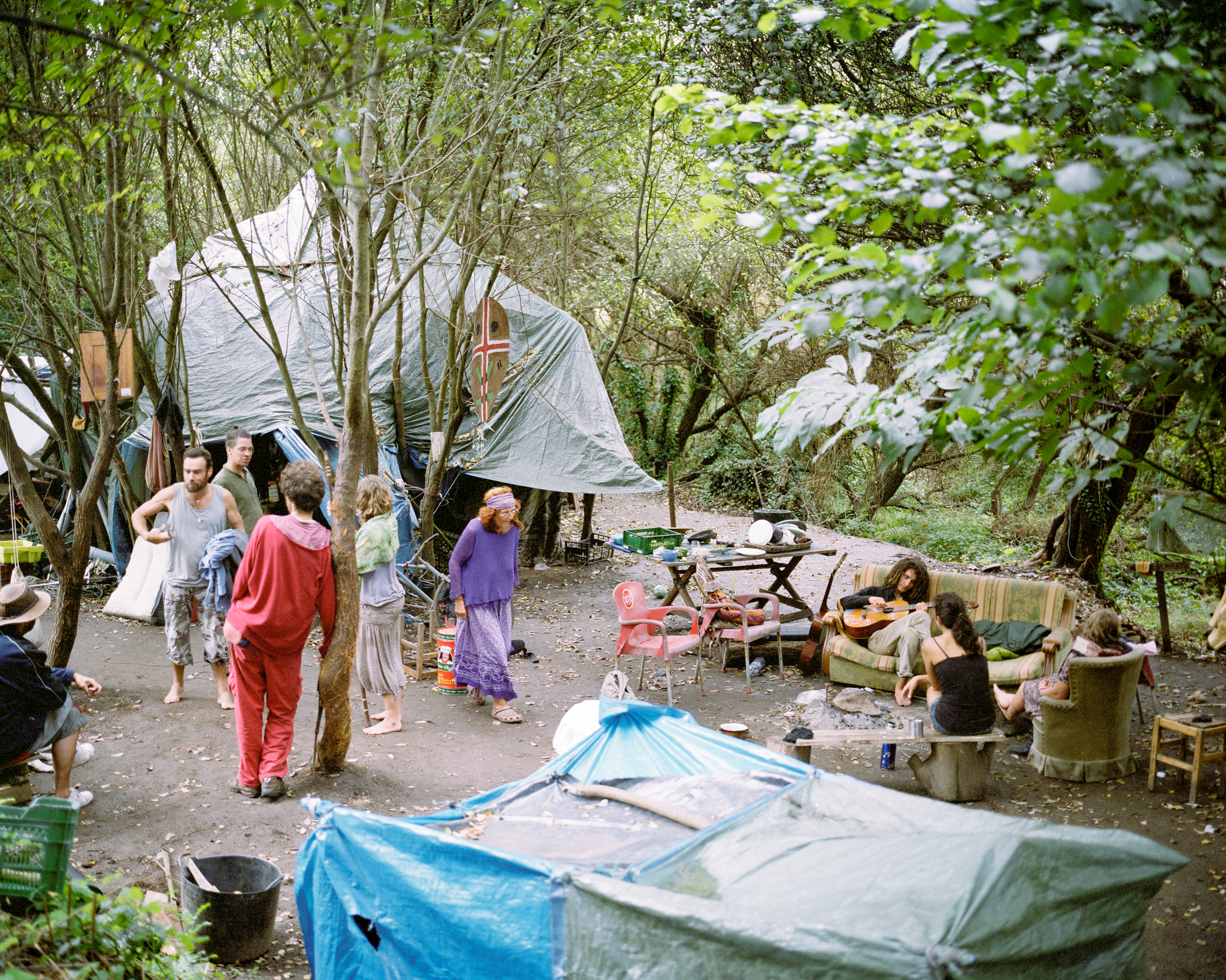
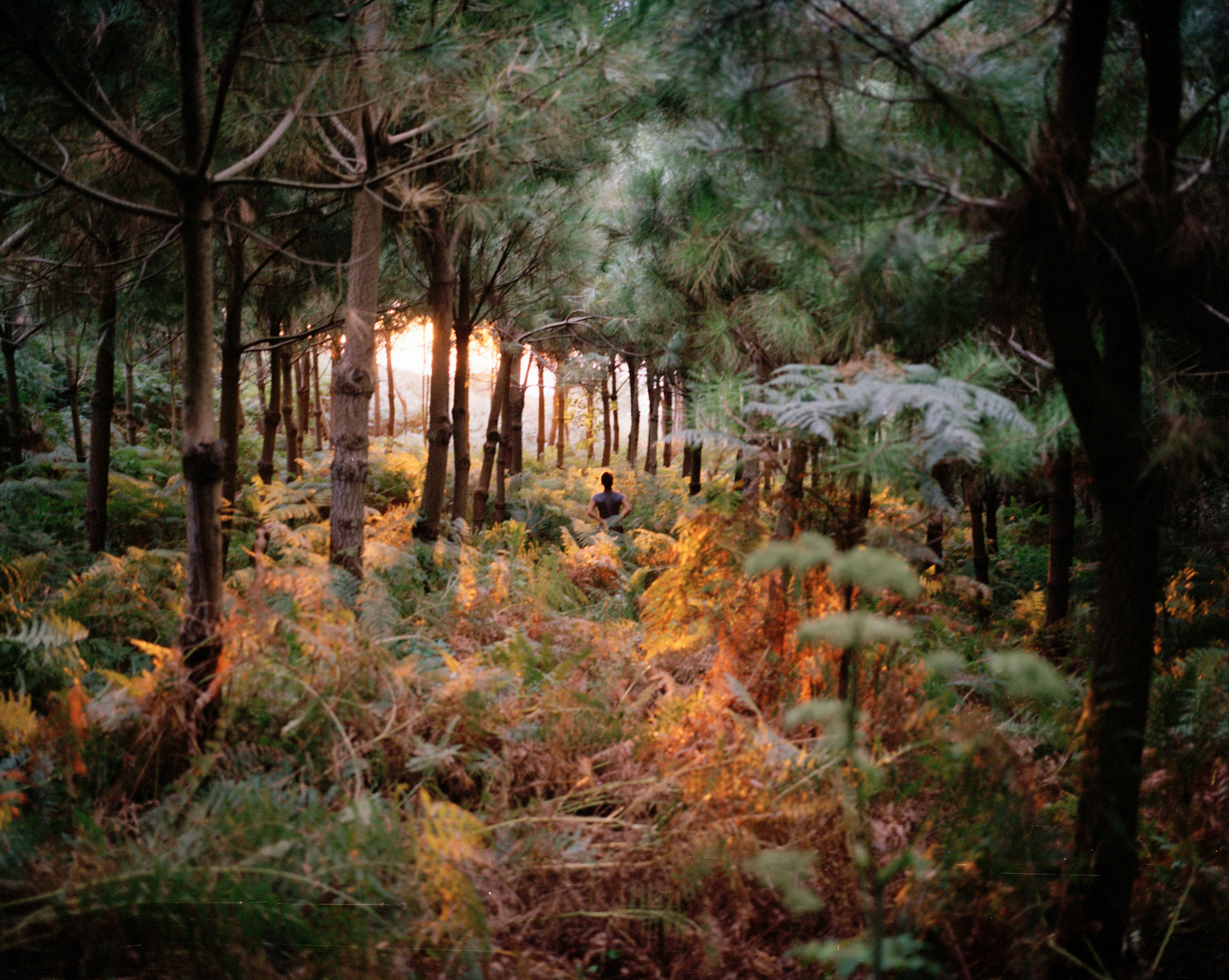
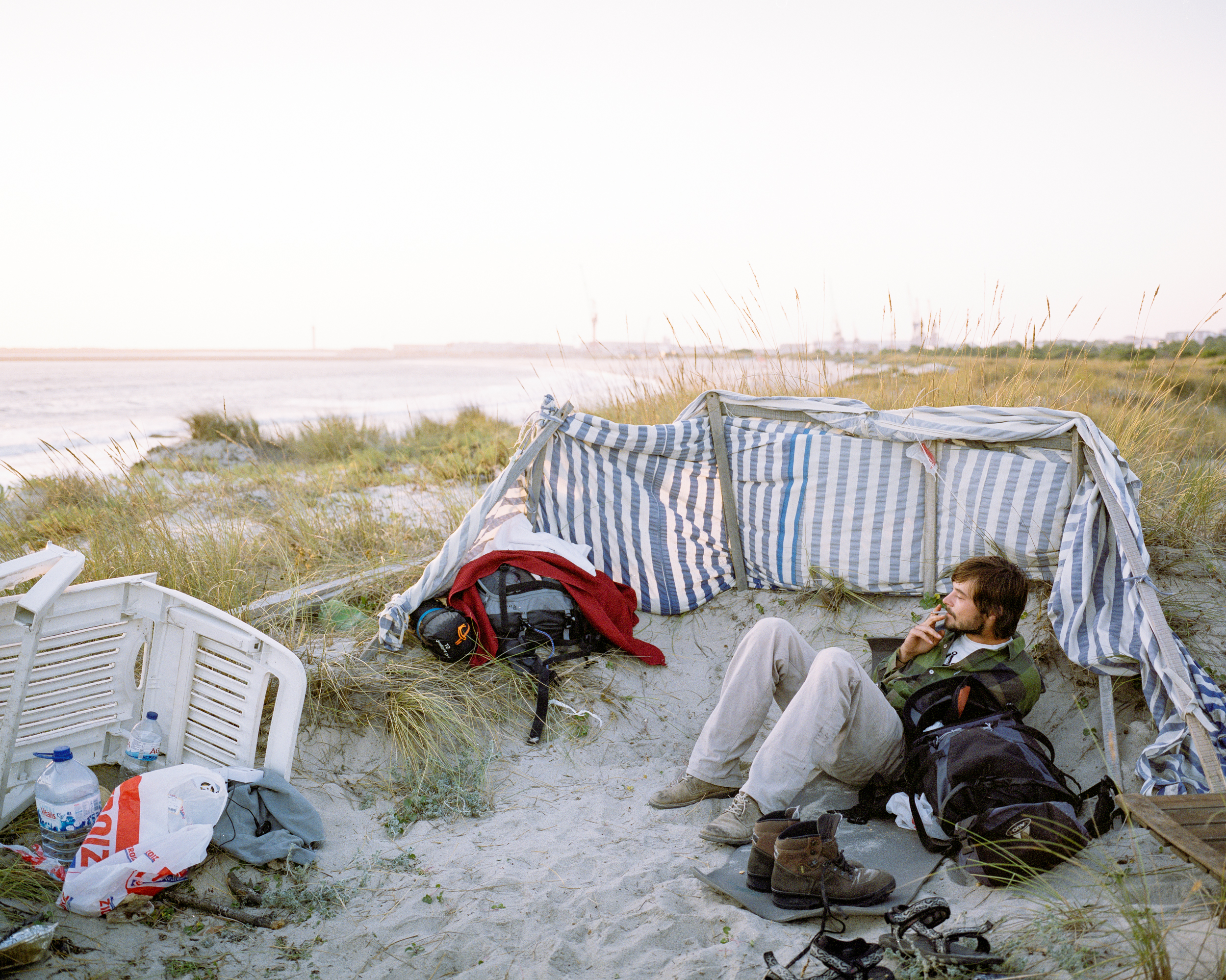
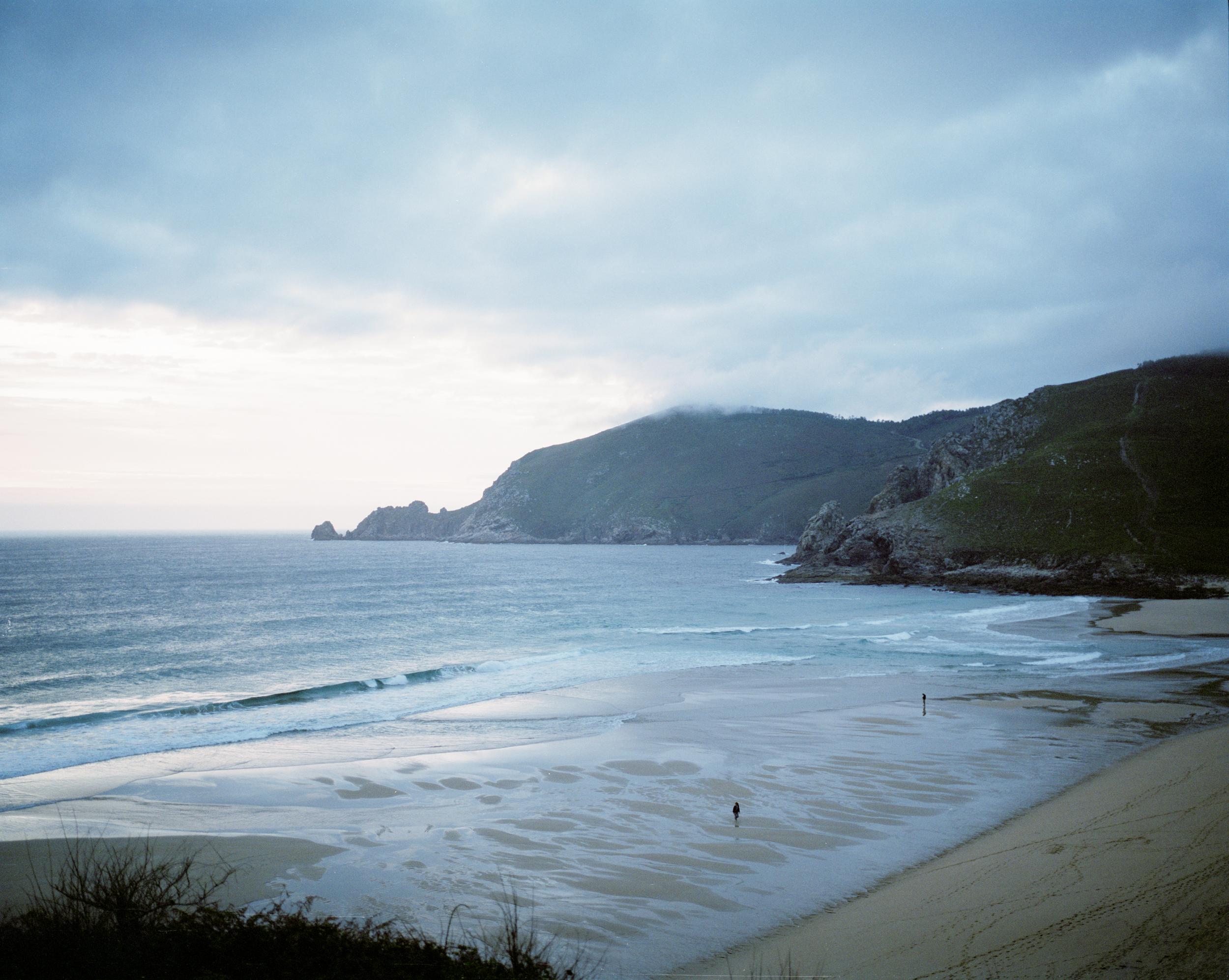
Dovbysh, Ukraine
Kiev, Ukraine
Kiev, Ukraine
Lviv, Ukraine
Lviv, Ukraine
Dubno, Ukraine
Lviv, Ukraine
Lviv, Ukraine
Lviv, Ukraine
Lviv, Ukraine
Kiev, Ukraine
Kiev, Ukraine
Kiev, Ukraine
Kiev, Ukraine
Kiev, Ukraine
Zhytomyr, Ukraine
Dovbysh, Ukraine
Dovbysh, Ukraine
Dovbysh, Ukraine
Dovbysh, Ukraine
Dovbysh, Ukraine
Dovbysh, Ukraine
Dovbysh, Ukraine
Dovbysh, Ukraine
Dovbysh, Ukraine
Dovbysh, Ukraine
Dovbysh, Ukraine
Dovbysh, Ukraine
Dovbysh, Ukraine
Dubno, Ukraine
Dubno, Ukraine
Volodarsk-Volynskyi, Ukraine
Rivne, Ukraine
Zhytomyr, Ukraine
Zhytomyr, Ukraine
Zhytomyr, Ukraine
Dubno, Ukraine
Zhytomyr, Ukraine
Zhytomyr, Ukraine
Zhytomyr, Ukraine
Zhytomyr, Ukraine
Zhytomyr, Ukraine
Zhytomyr, Ukraine
Rivne, Ukraine
Rivne, Ukraine
Krzeszowice, Poland
Tarnow, Poland
Przemysl, Poland
Katowice, Poland
Katowice, Poland
Krakow, Poland
Wroclaw, Poland
Strzelce, Poland
Bytom, Poland
Katowice, Poland
Katowice, Poland
Krakow, Poland
Poznan, Poland
Strzelce, Poland
Poznan, Poland
Oswiecim, Poland
Oswiecim, Poland
Oswiecim, Poland
Krakow, Poland
Tarnow, Poland
Krakow, Poland
Krakow, Poland
Krakow, Poland
Rzeszow, Poland
Wroclaw, Poland
Bytom, Poland
Rzeszow, Poland
Rzeszow, Poland
Rzeszow, Poland
Katowice, Poland
Mazury, Poland
Przemysl, Poland
Vanessa, Germany
Leipzig, Germany
Leipzig, Germany
Leipzig Grünau, Germany
Görlitz, Germany
Camino de Santiago, Spain
Portugal
Camino de Santiago, Spain
Matavenero, Spain
Matavenero, Spain
Matavenero, Spain
Matavenero, Spain
Matavenero, Spain
Leon, Spain
Burgos, Spain
Camino de Santiago, Spain
Camino de Santiago, Spain
Meseta, Spain
Camino de Santiago, Spain
Burgos, Spain
Camino de Santiago, Spain
Camino de Santiago, Spain
Matavenero, Spain
Matavenero, Spain
Camino de Santiago, Spain
Juan, Spain
Juan, Spain
Camino de Santiago, Spain
Camino de Santiago, Spain
Leon, Spain
Ponferrada, Spain
David, Spain
Camino de Santiago, Spain
Camino de Santiago, Spain
Camino de Santiago, Spain
Camino de Santiago, Spain
Pilgrim, Camino de Santiago, Spain
Fisterra, Spain
Fisterra, Spain
Jan, Portugal
Fisterra, Spain
VIA REGIA (2010-2013)
Wege und Straßen waren schon immer ein lebendiger Beweis der menschlichen Neugierde, des Austauschs untereinander und des Lernens voneinander. Die 4500 km lange und an die 2000 Jahre alte Fernhandelstrasse, welche sich von Kiew, Ukraine im Osten bis in das spanische Santiago de Compostela erstreckt, wurde nicht nur von Kaufleuten genutzt, auch Könige und Kaiser bereisten sie, Feldherren führten Armeen durchs Land, berühmte Künstler folgten ihr, Vagabunden und Bettler ließen sich von ihr an andere Orte führen und schufen so ein Geflecht aus Räumen der Erinnerung. Vages erfährt durch sie Kontur und der Weg ist ihr leitendes Argument. Kriege, Vertreibung, Krankheit lassen die Bedeutungsvielfalt der Straße erahnen. Doch sie war auch immer Raum für die Vielfalt europäischer Kulturen, des freien Geistes und der Künste.
Die fotografische Reise von Maciej Staszkiewicz entlang der alten und geschichtsträchtigen „Königsstraße“ – heute größtenteils als Autobahn ausgebaut – führt durch die Ukraine, Polen, Deutschland und Spanien und markiert Punkte der Begegnung mit einfachen Menschen und Orten. Deutlich wird an der Via Regia vor allem, wie schnell sich Dinge verändern. Mit eindrucksstarken Bildern werden diese wandelbaren Gegenden unserer gemeinsamen europäischen Herkunft beleuchtet, wobei der Blick besonders der Lebensgeschichten der einzelnen Menschen gewidmet ist. Es geht um eine Schaffung von Räumen der Entschleunigung, in denen Geschichten jedweder Art Platz finden, und so erzählt die Bildreihe nicht nur von Dorfpriestern in einem polnischen Dorf der Ukraine und alten Witwen, sondern auch von Begegnungen mit Obdachlosen, Aussteigern in den Bergen Nordspaniens und von Kleinkriminellen in Krakau. Eine fotografische Spurensuche nach der Einfachheit, der Nähe zum Land und seinen Bewohnern.
VIA REGIA (2010-2013)
Roads and paths have always been a vivid testament to human curiosity, exchange, and learning from one another. The 4,500 km long trade route, approximately 2,000 years old, stretches from Kyiv, Ukraine, in the east to Santiago de Compostela in Spain. This route was not only used by merchants; it was also traveled by kings and emperors, military leaders led armies across it, famous artists followed its course, and vagabonds and beggars were guided to new places, creating a web of spaces filled with memories. The vague takes shape through it, and the journey becomes its guiding theme. Wars, displacement, and illness hint at the rich diversity of meanings associated with the road. Yet it has always been a space for the variety of European cultures, free spirits, and the arts.
Maciej Staszkiewicz's photographic journey along the ancient and historic "Königsstraße"—now largely developed into a highway—takes us through Ukraine, Poland, Germany, and Spain, marking points of encounter with everyday people and places. The Via Regia particularly reveals how quickly things can change. With striking images, it highlights these mutable areas of our shared European heritage, focusing especially on the life stories of individual people. It aims to create spaces for deceleration, where stories of all kinds can find their place. Thus, the series not only tells of village priests in a Polish village in Ukraine and elderly widows but also of encounters with homeless individuals, dropouts in the mountains of northern Spain, and petty criminals in Krakow. It is a photographic exploration of simplicity, closeness to the land, and its inhabitants.